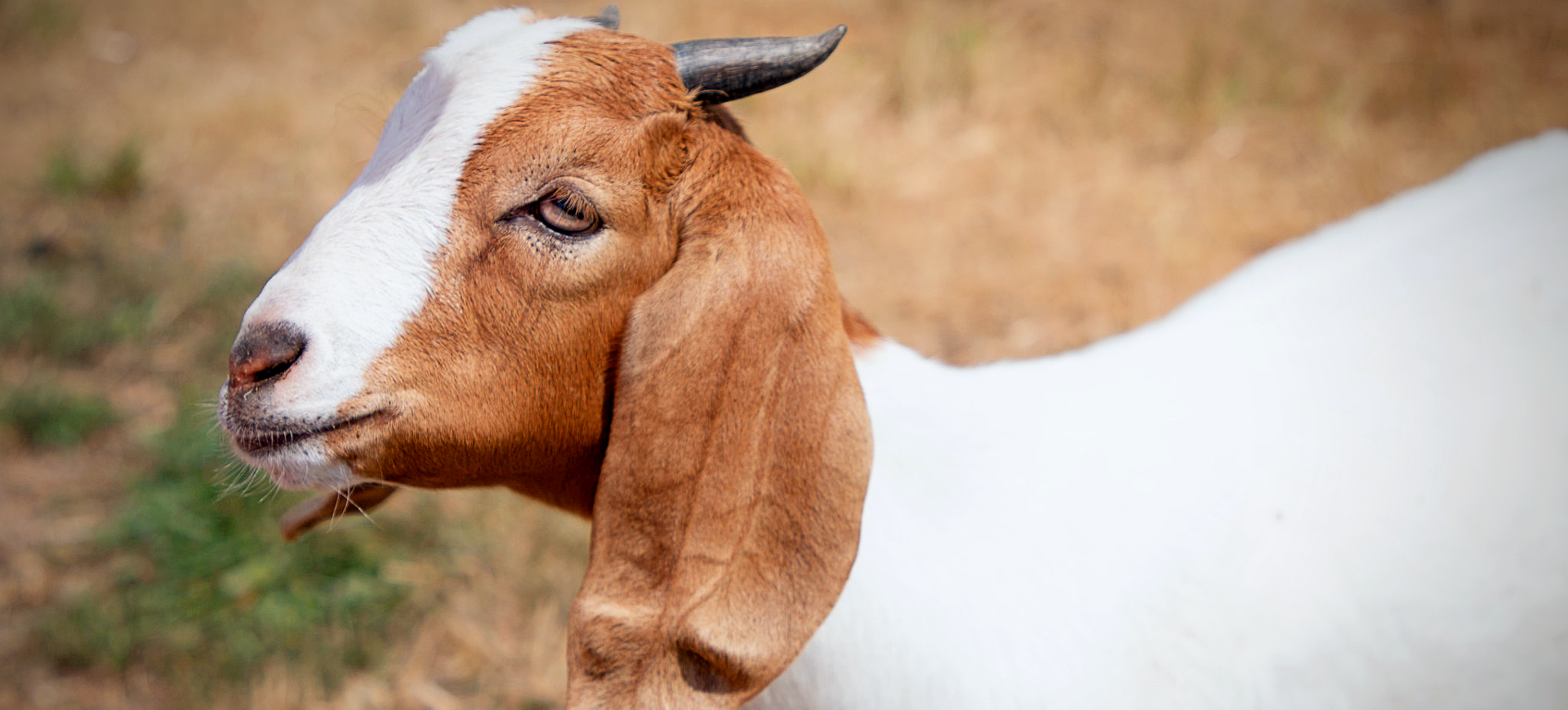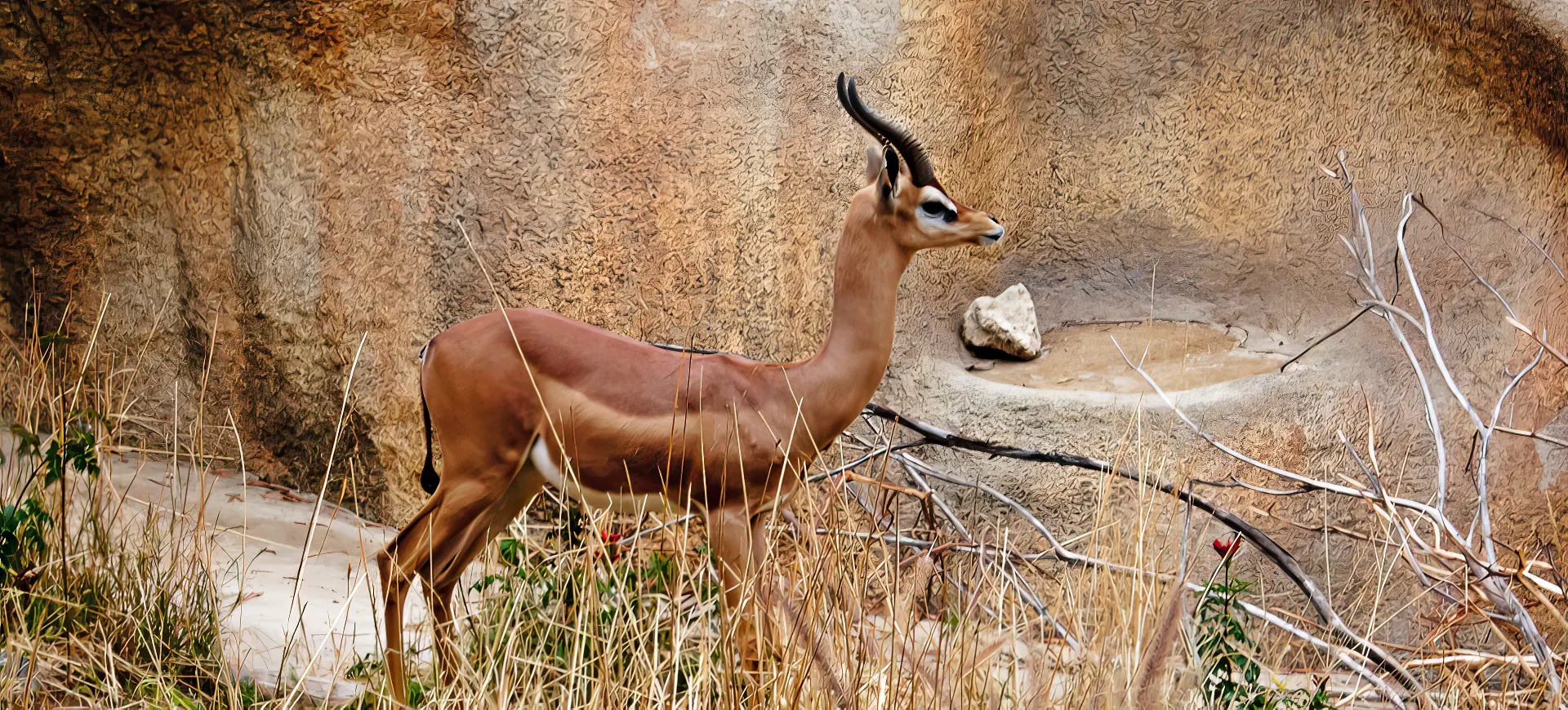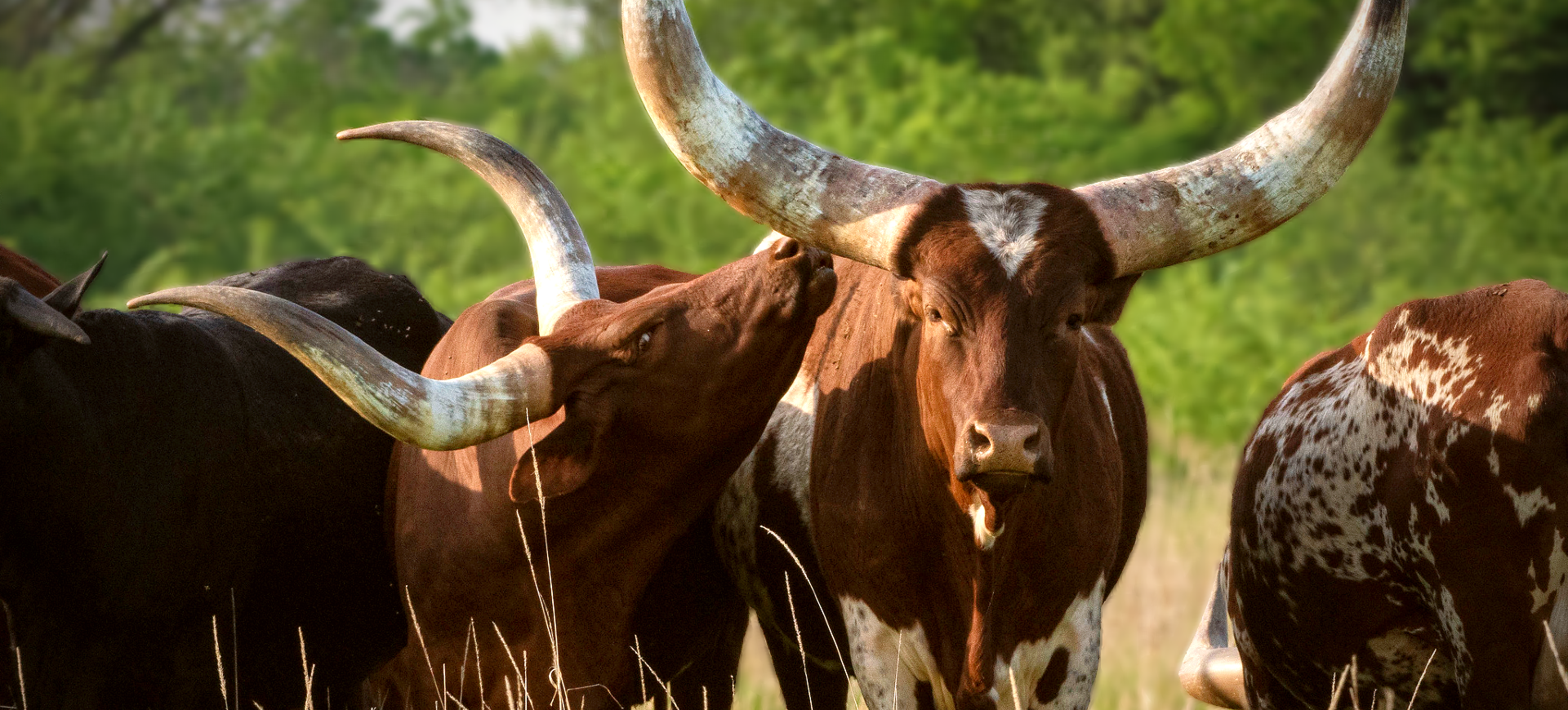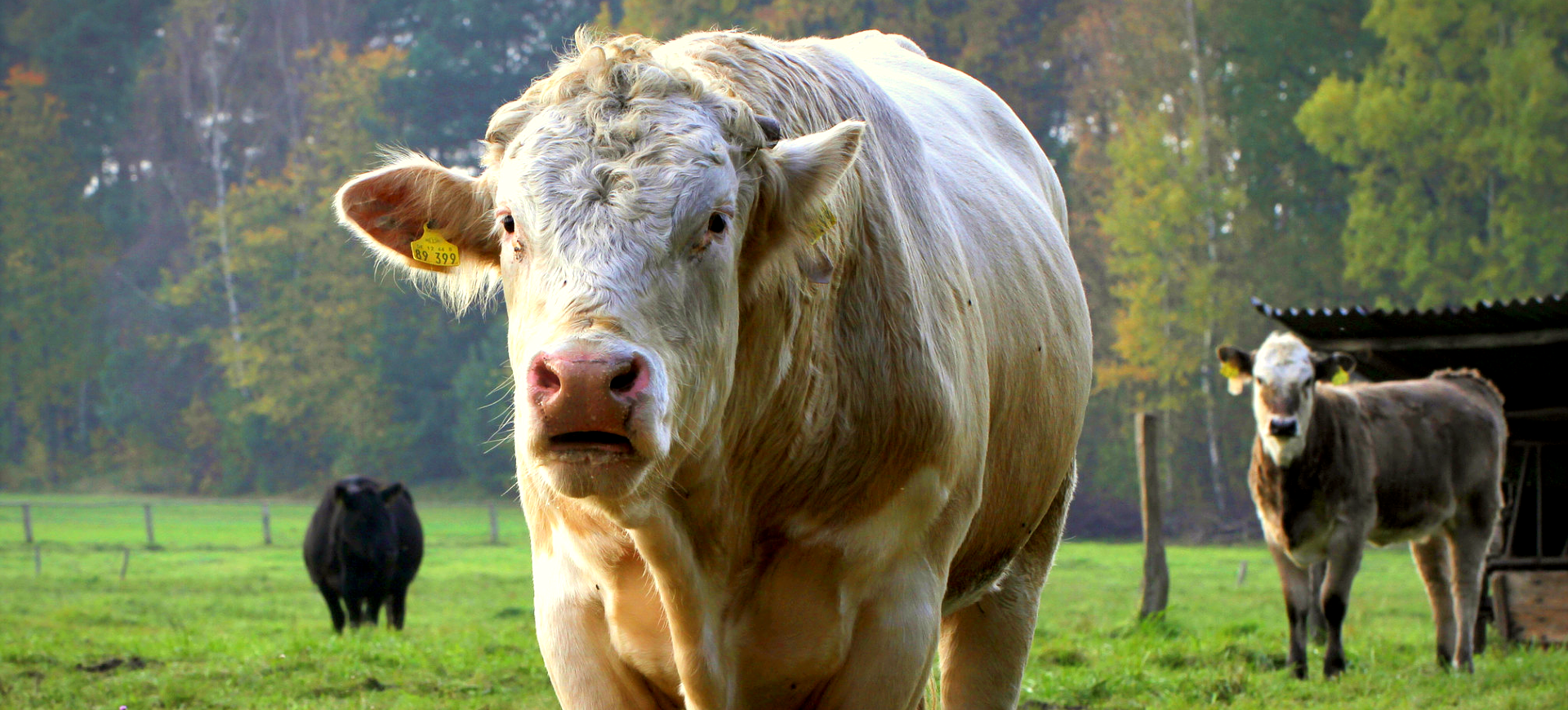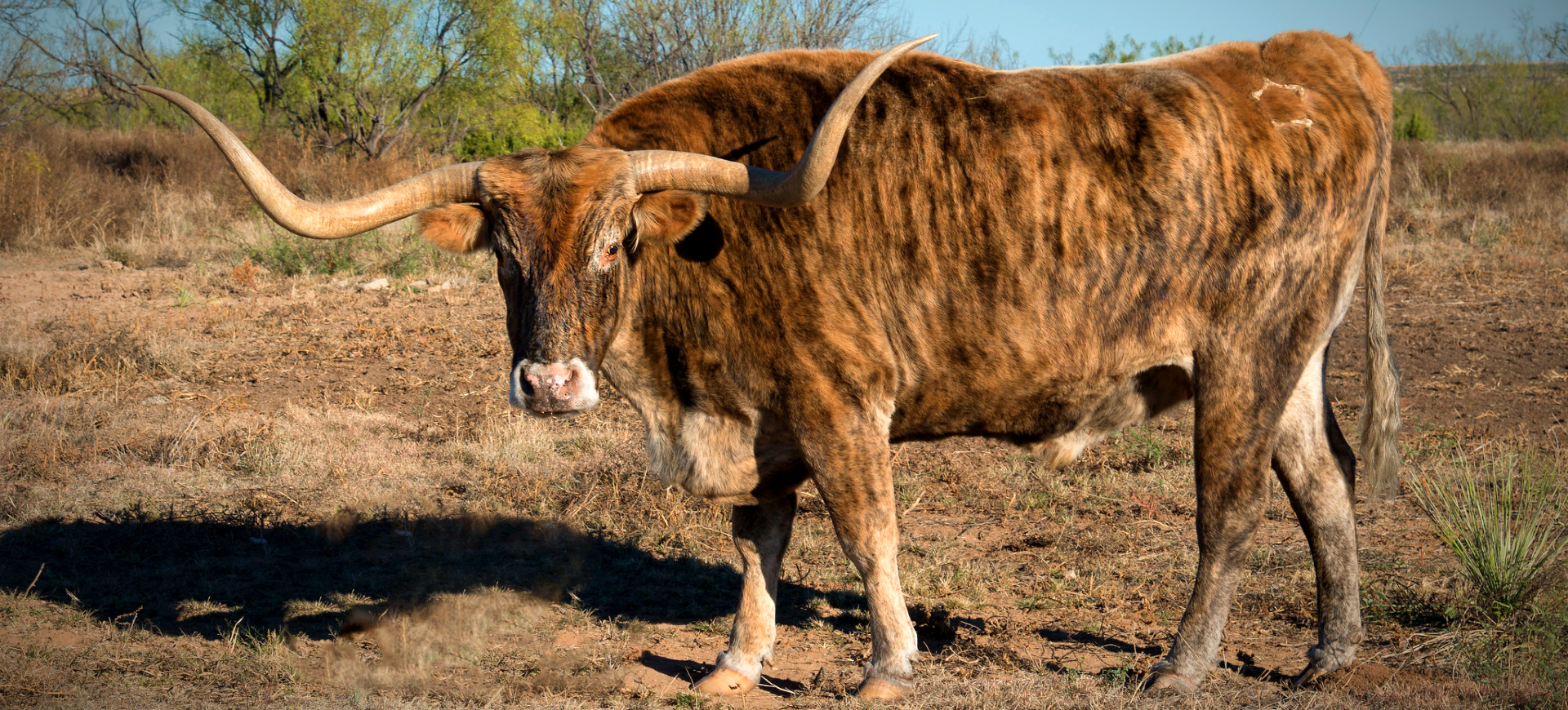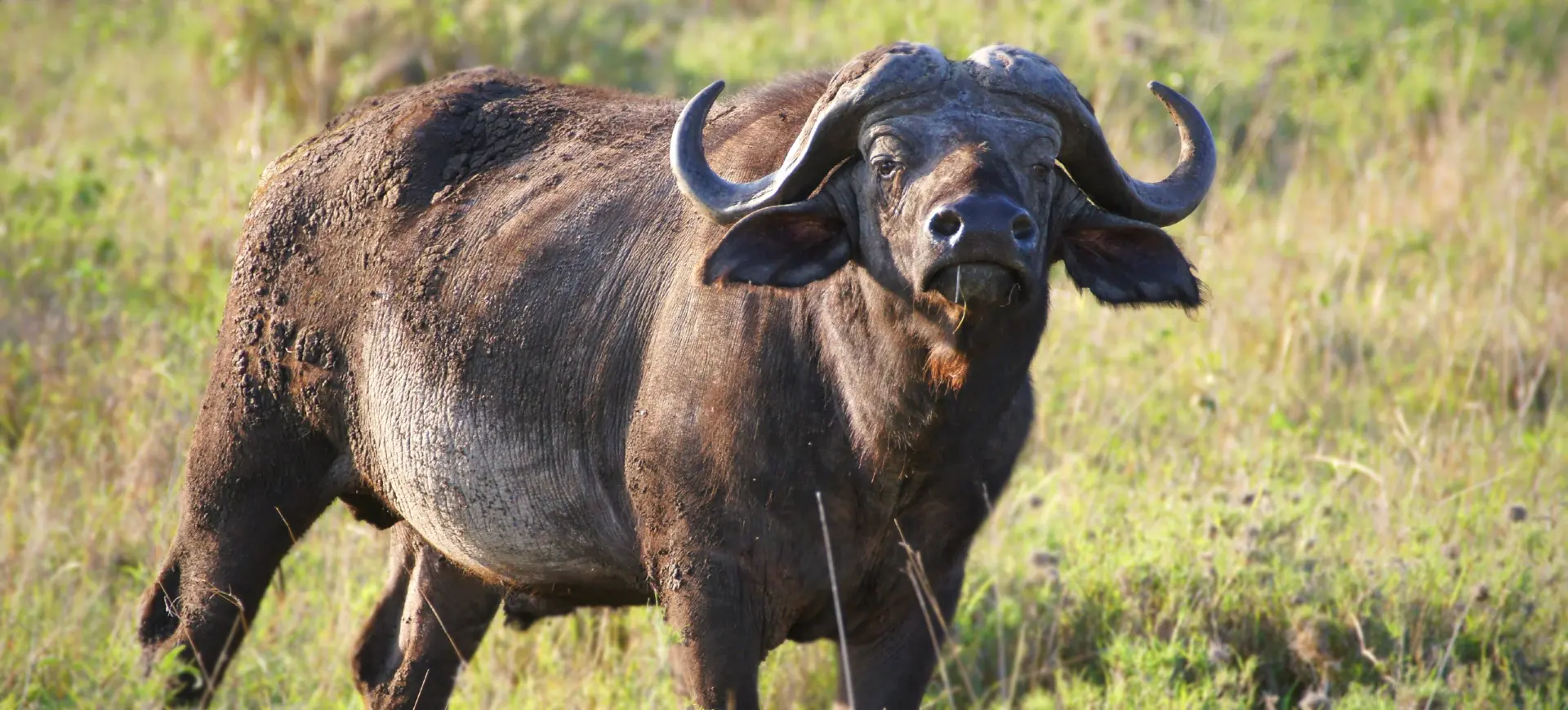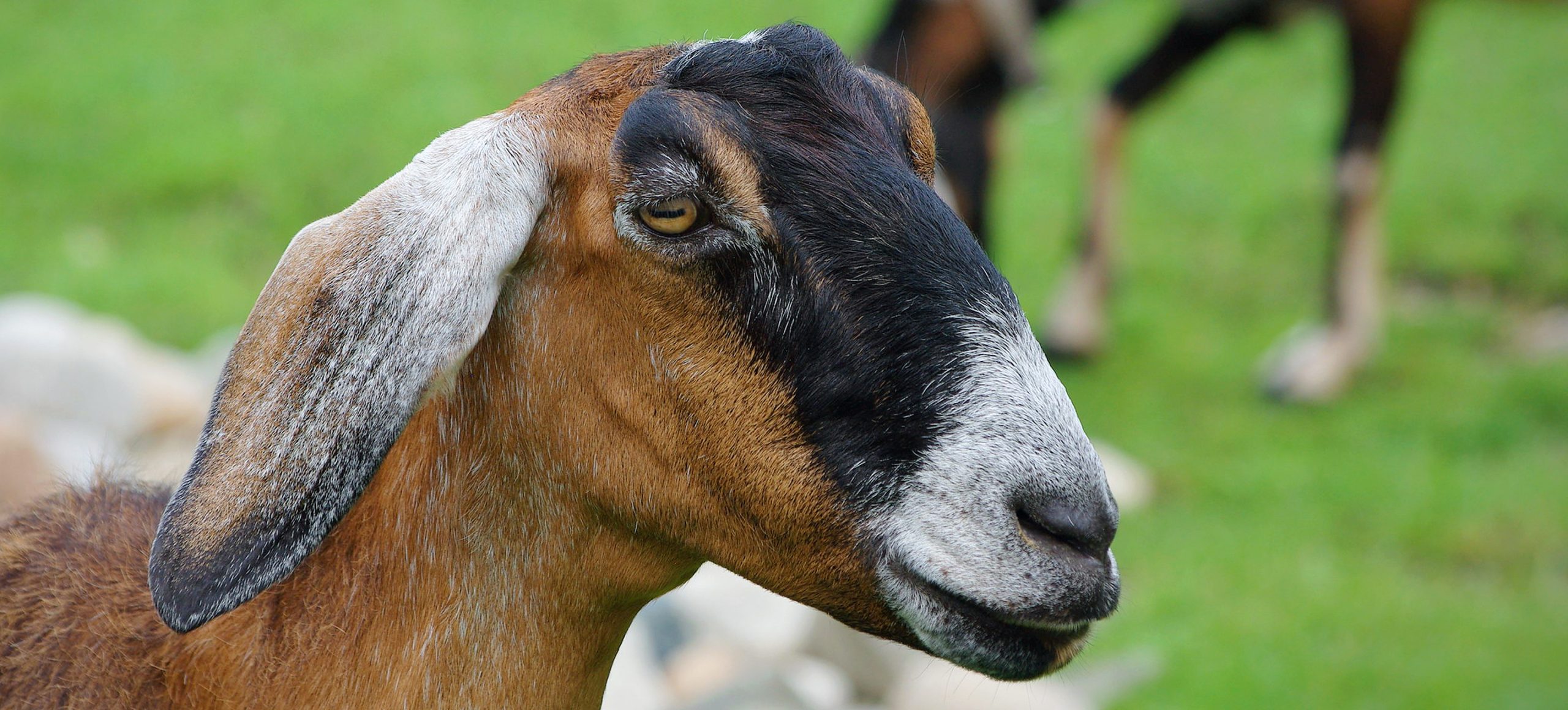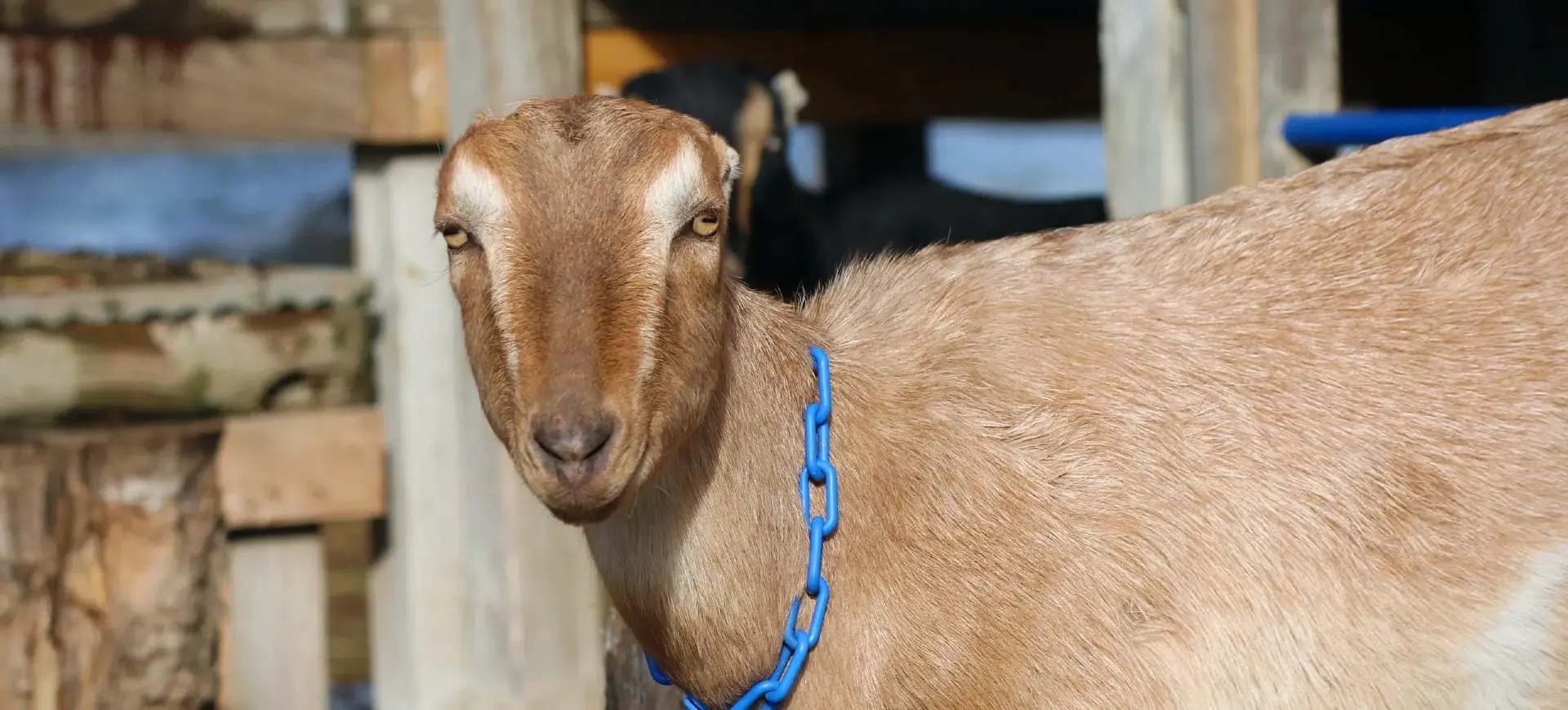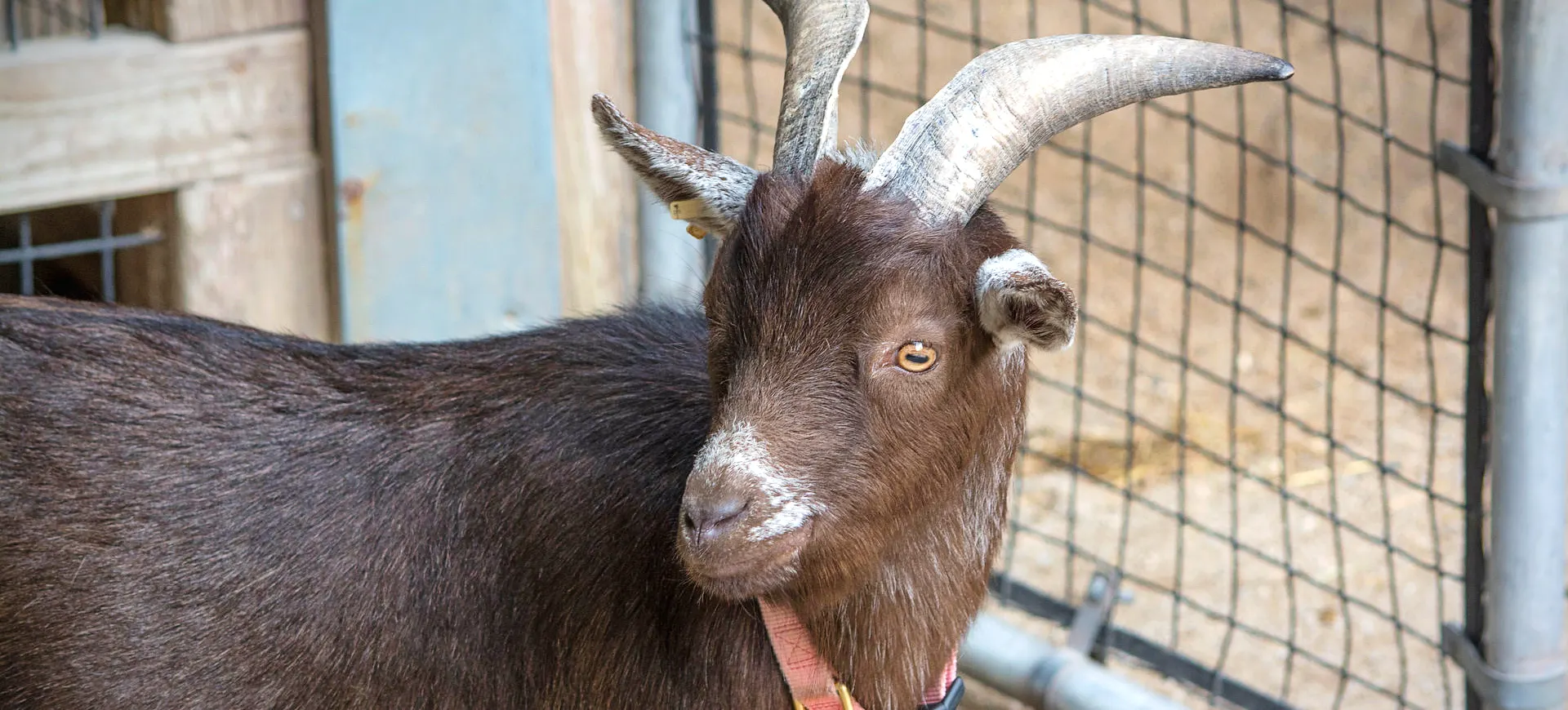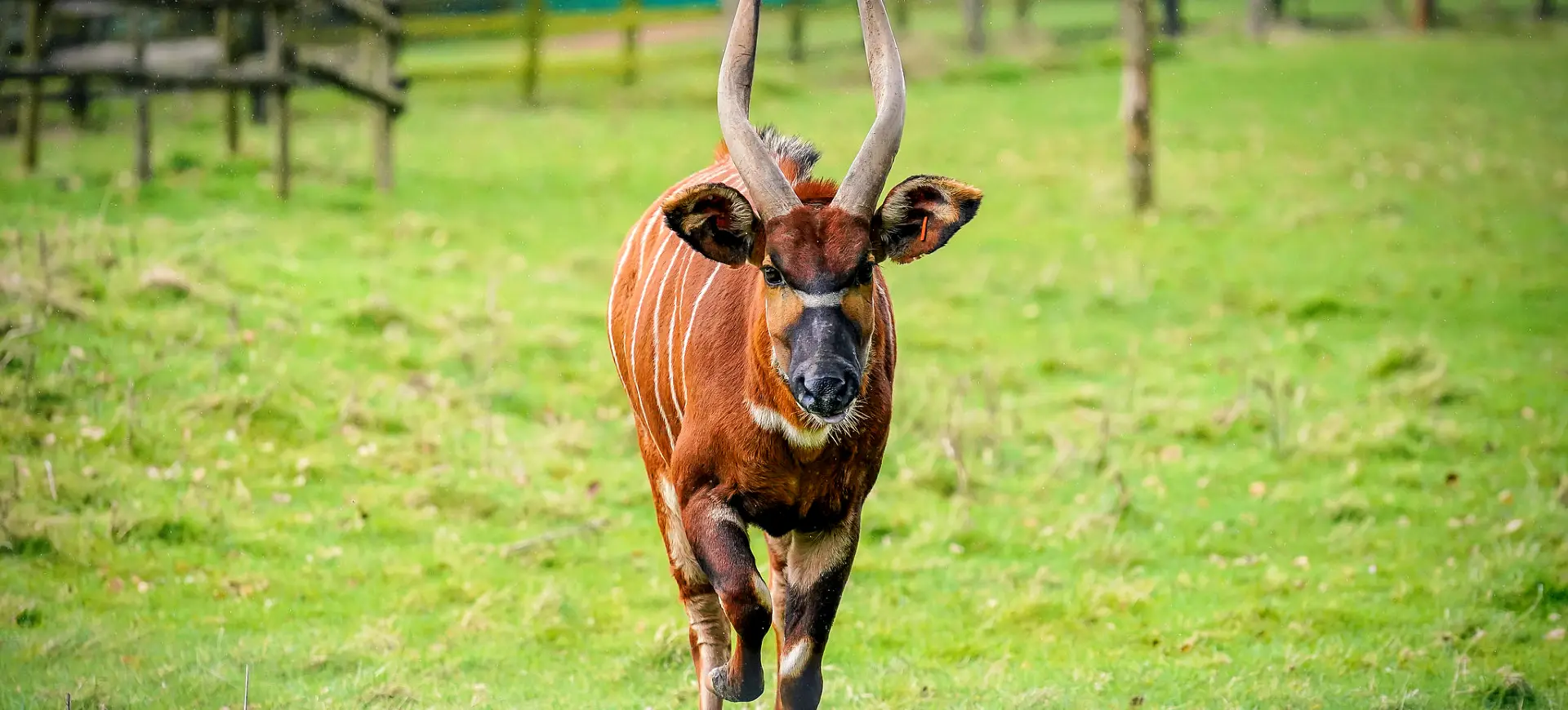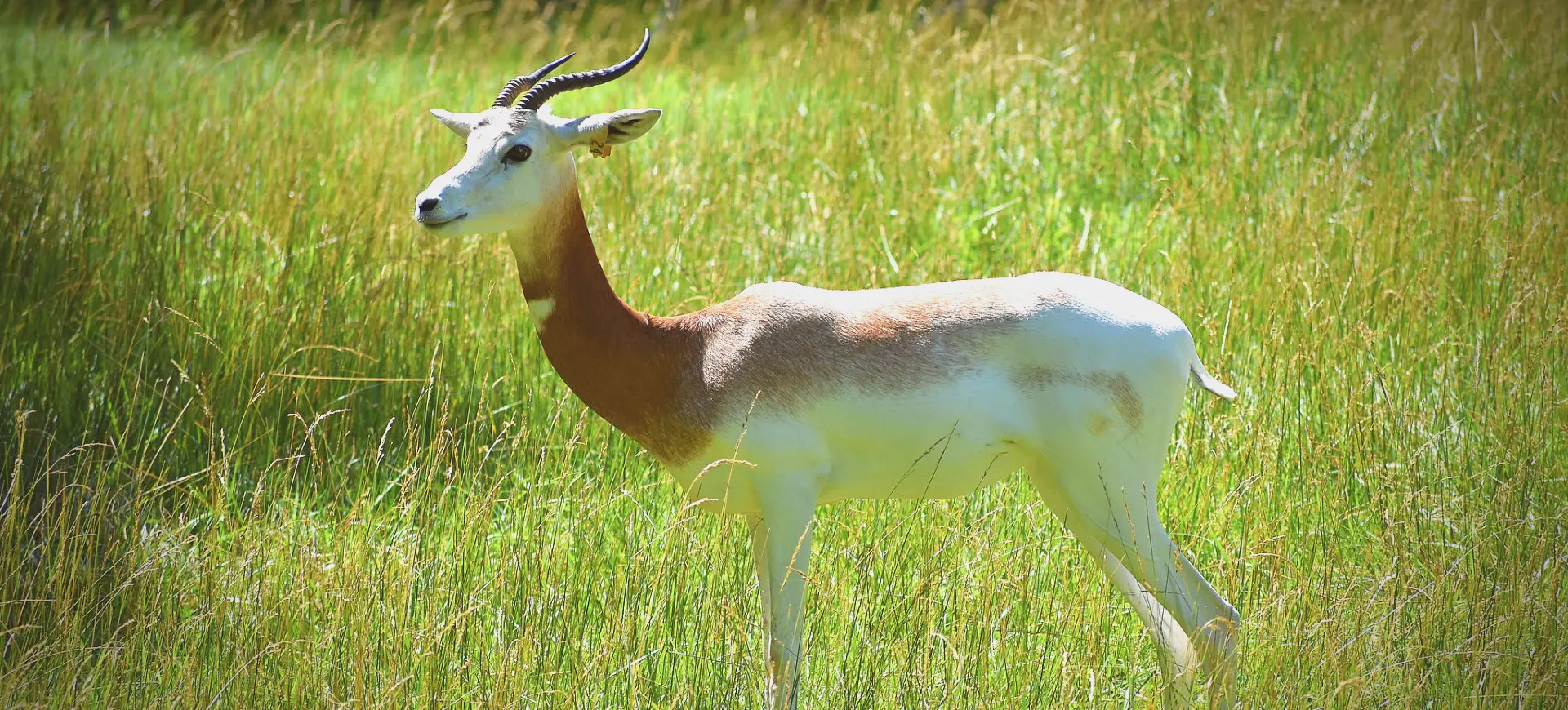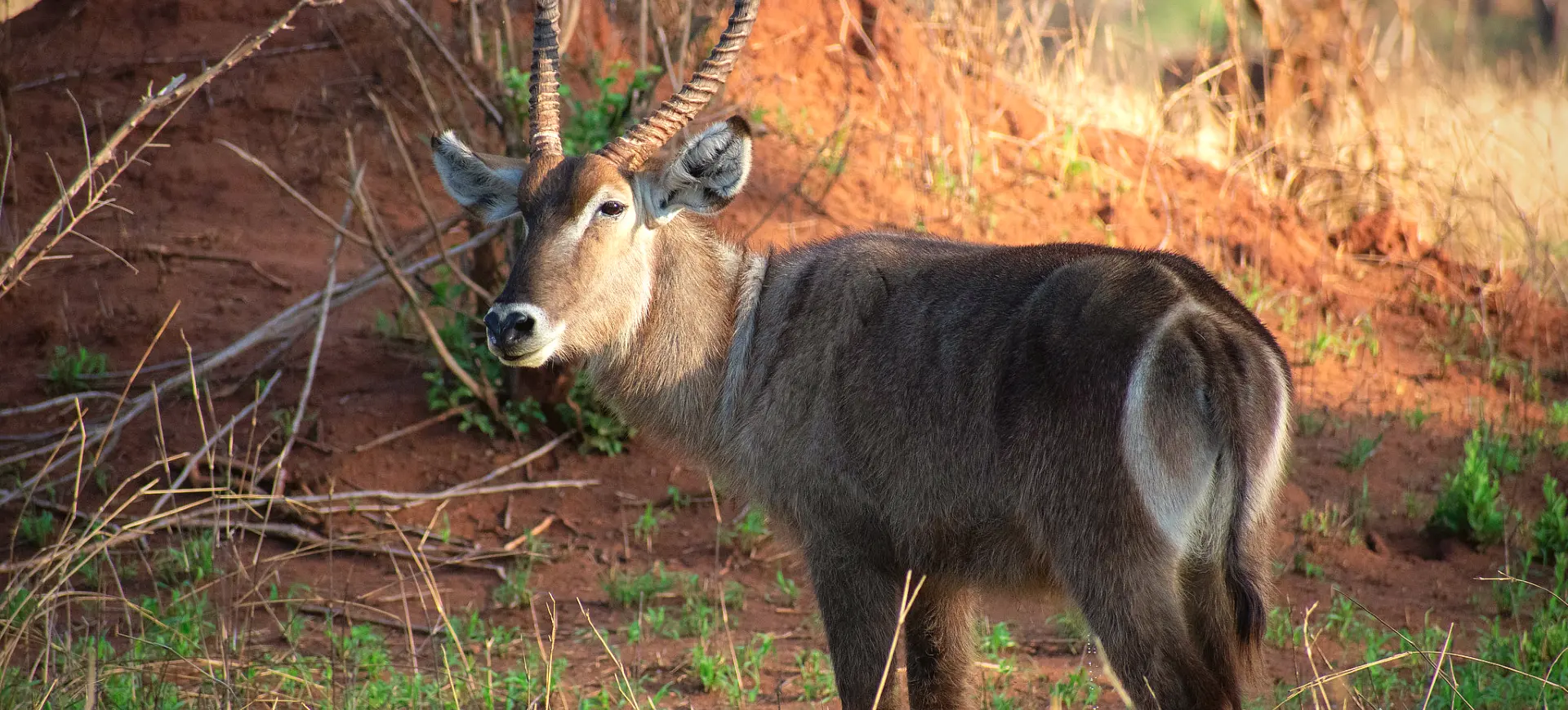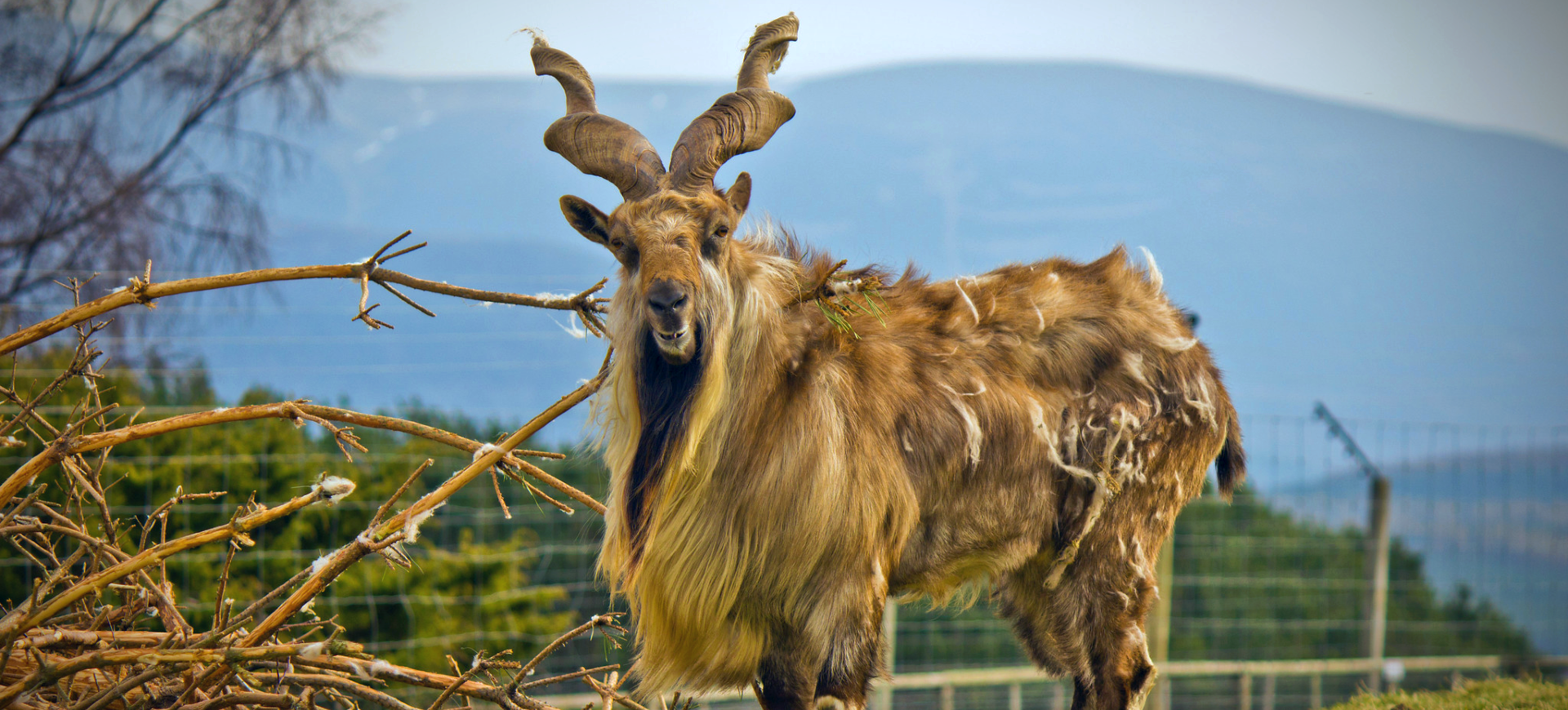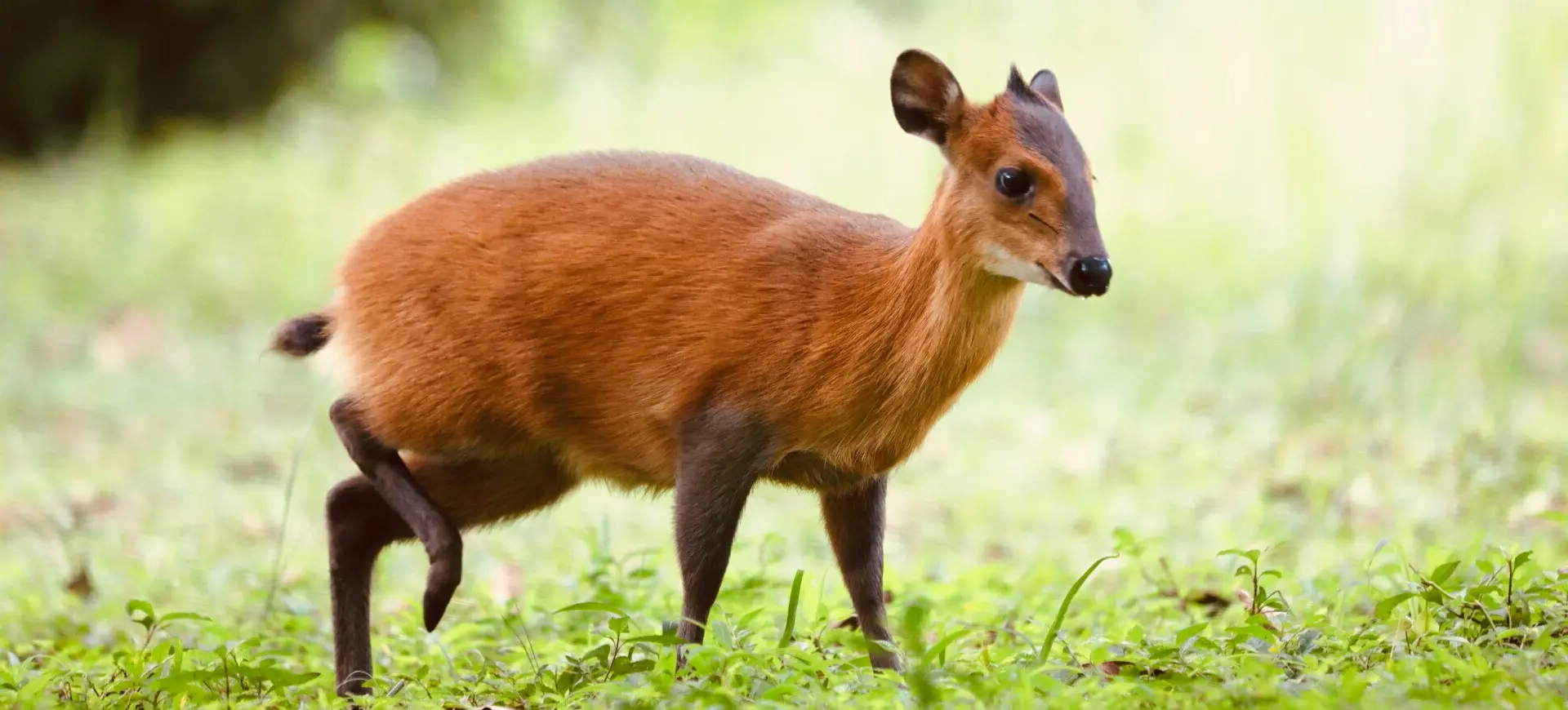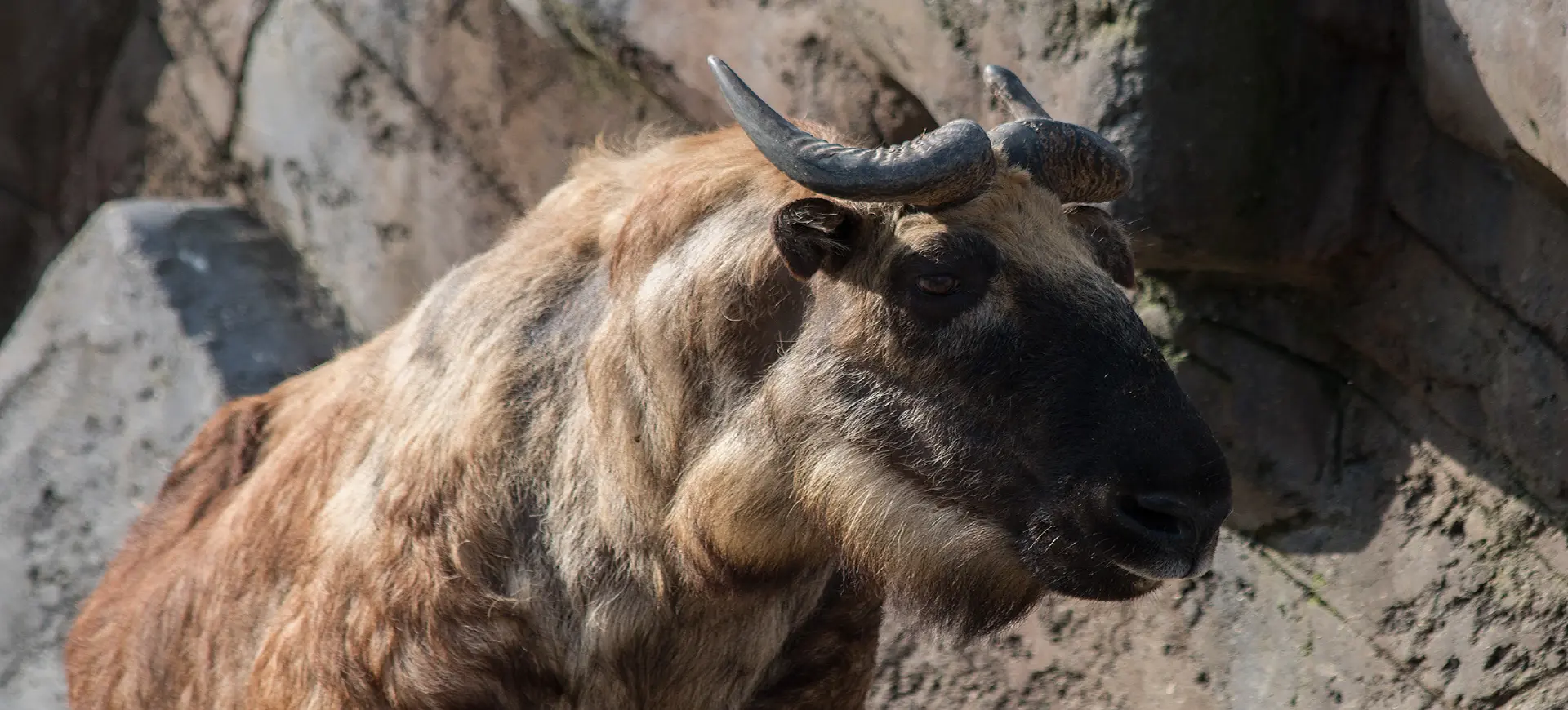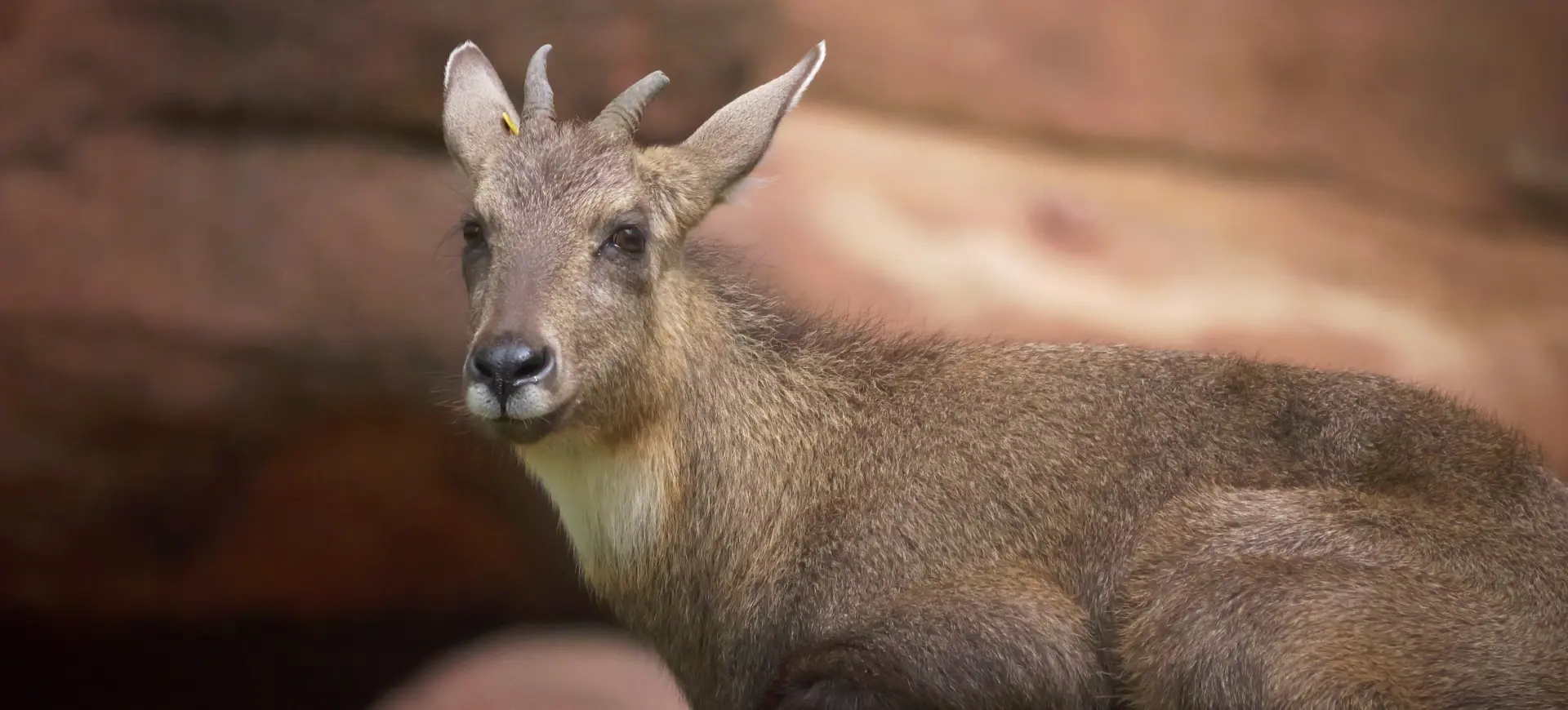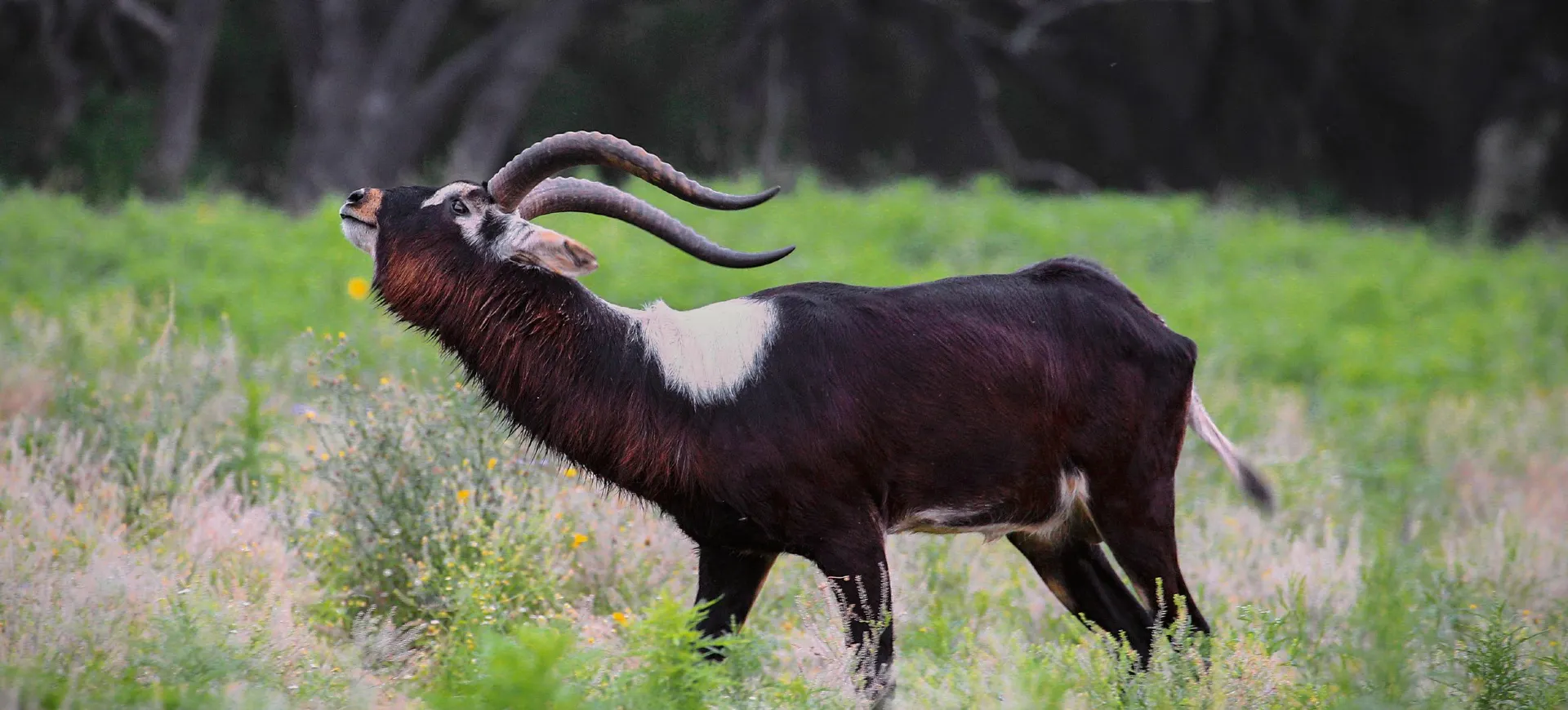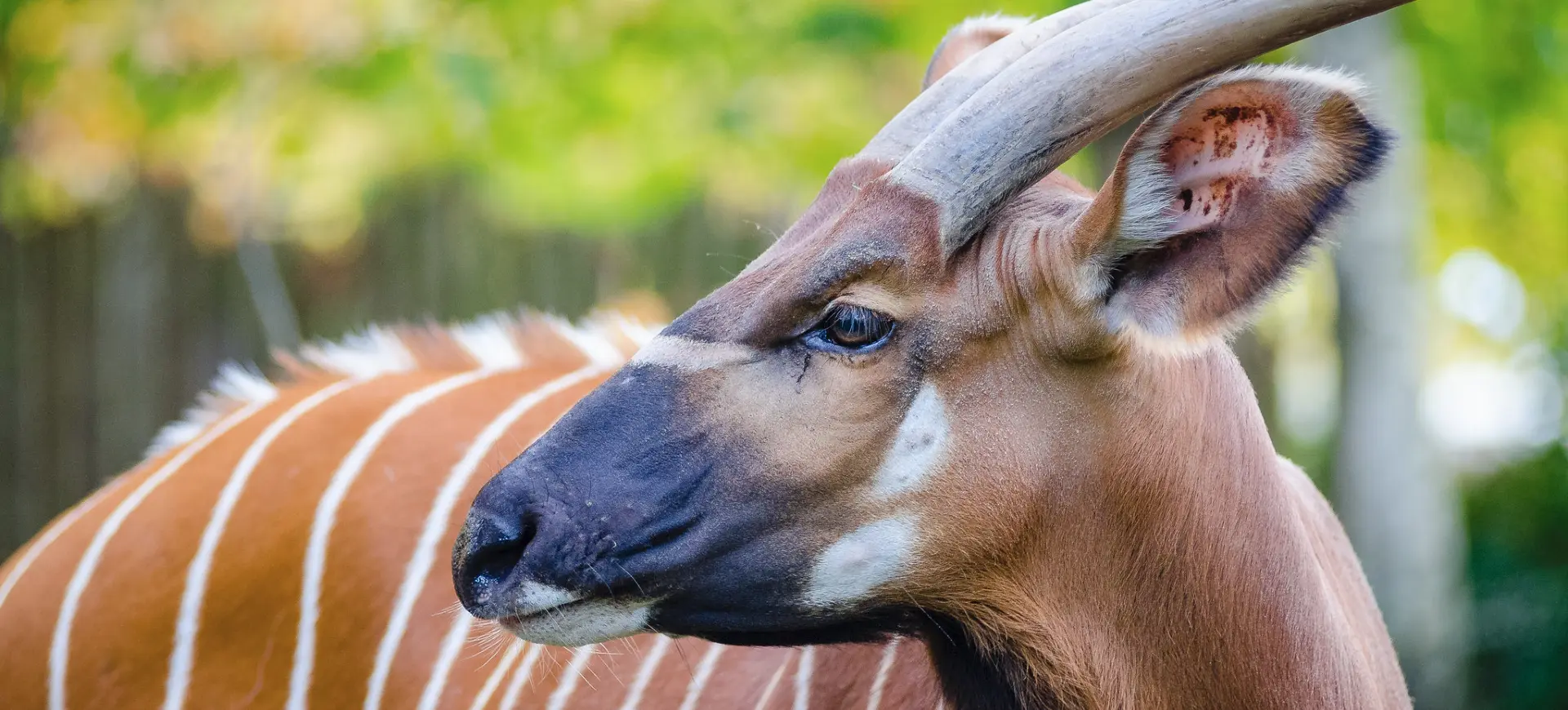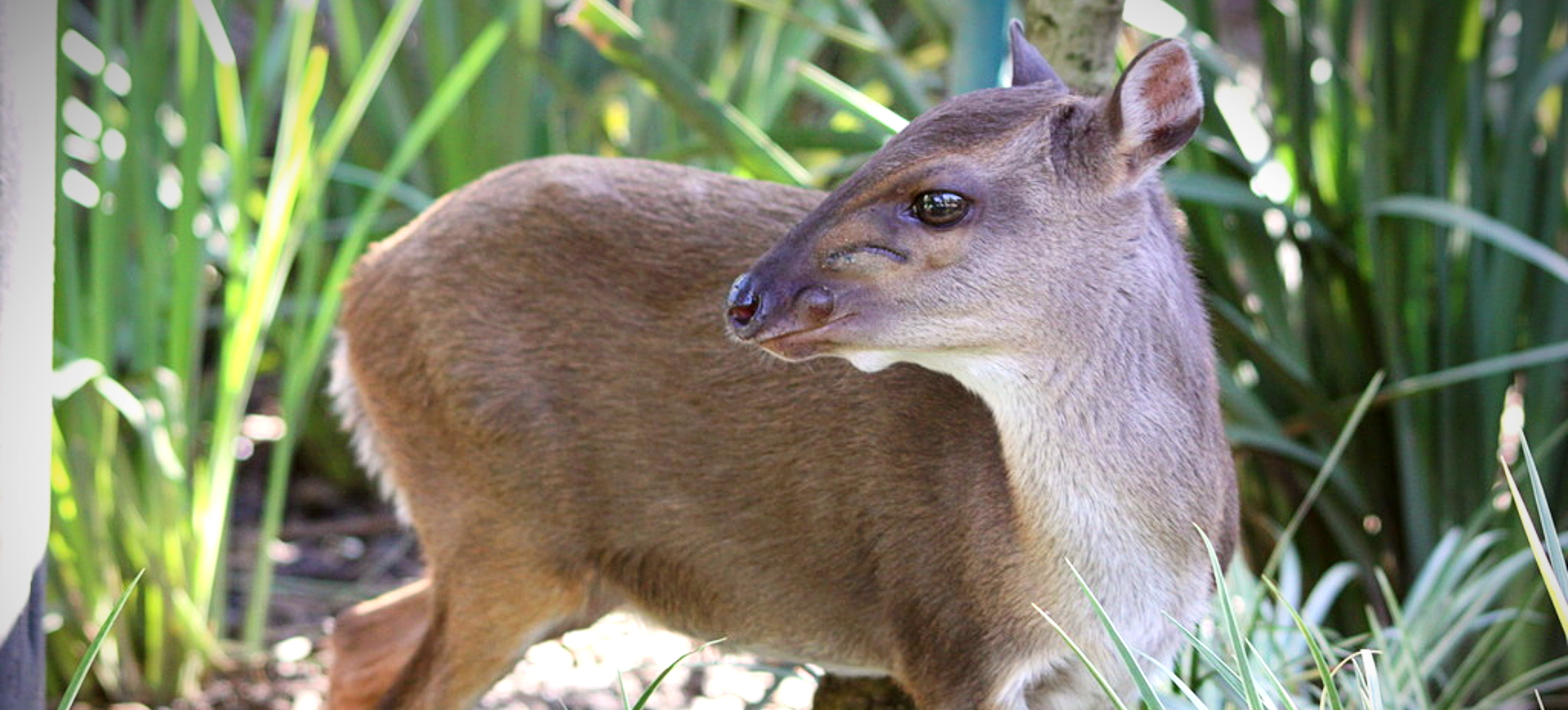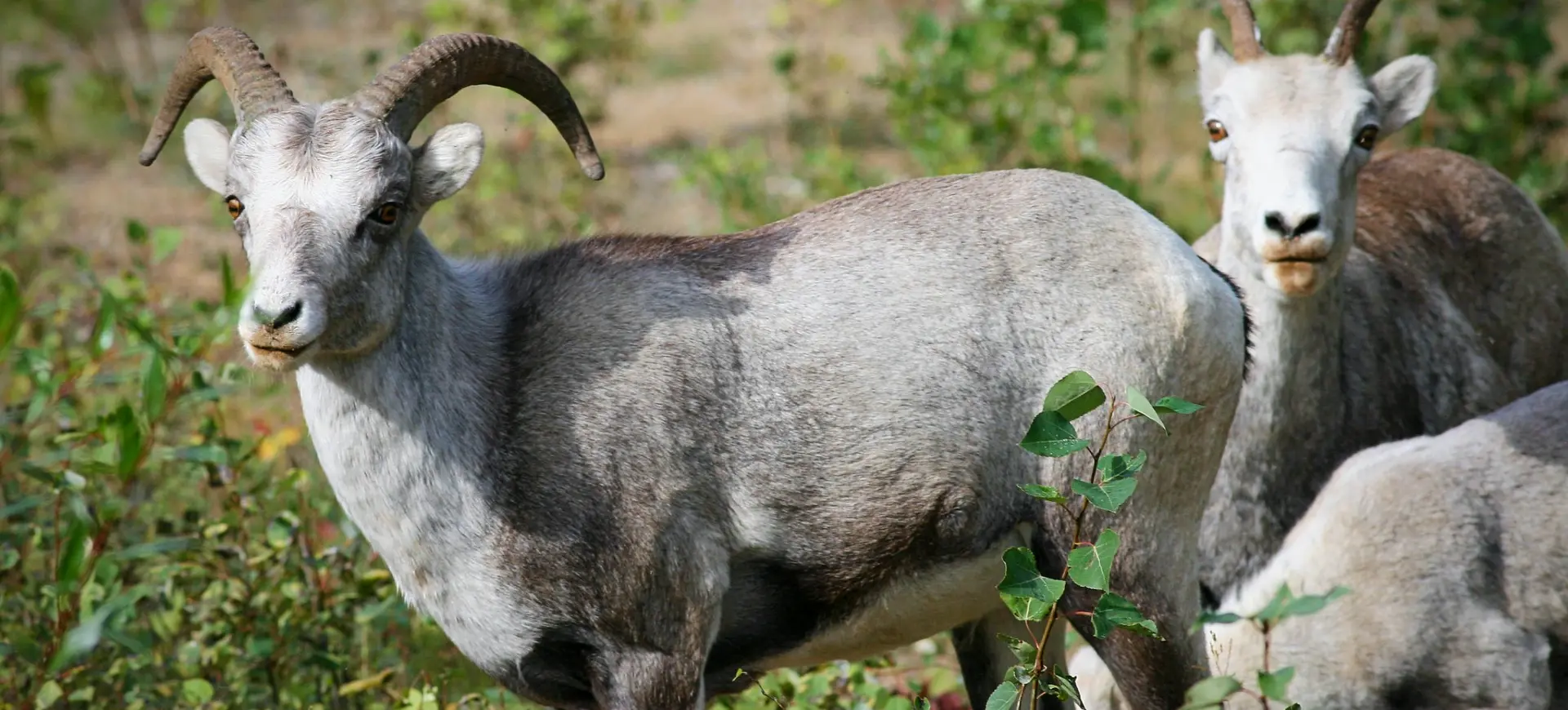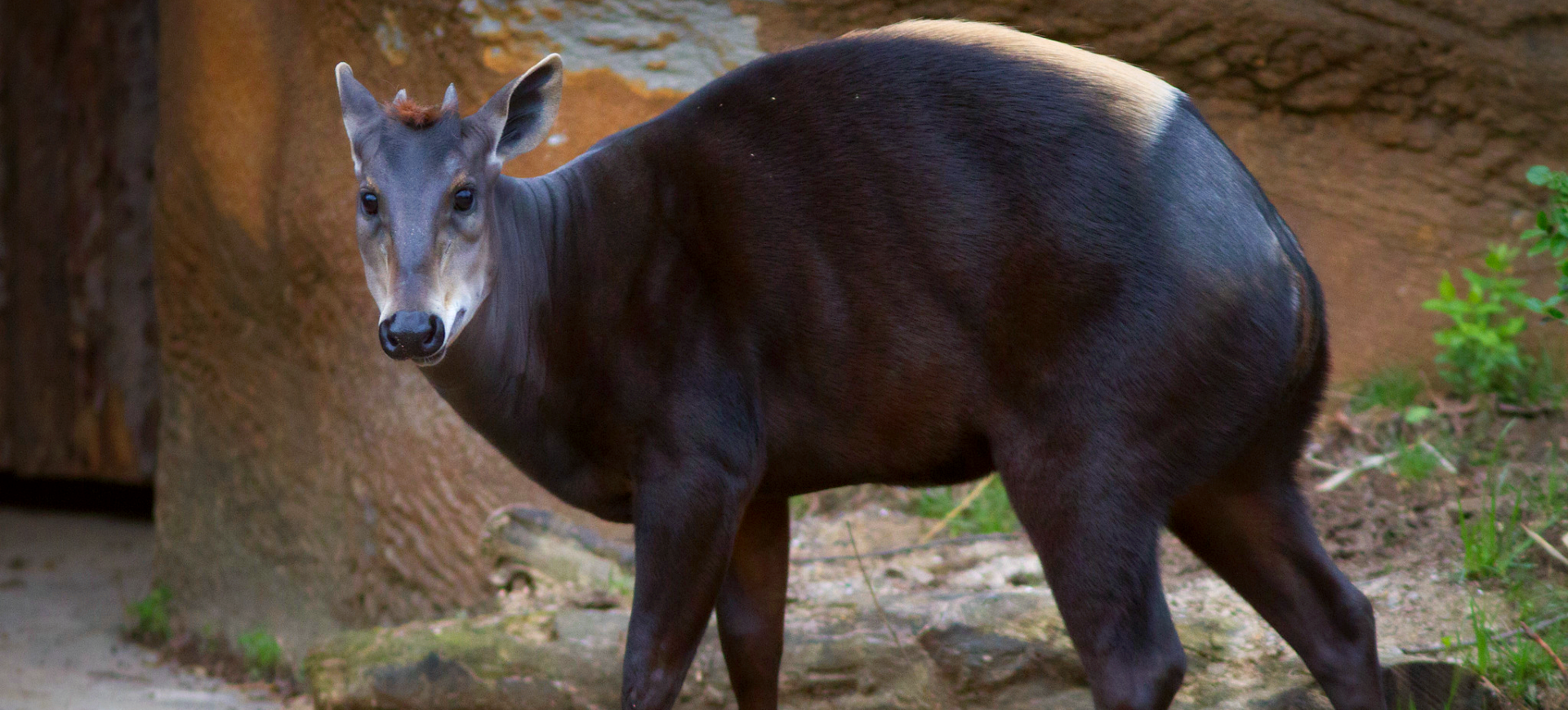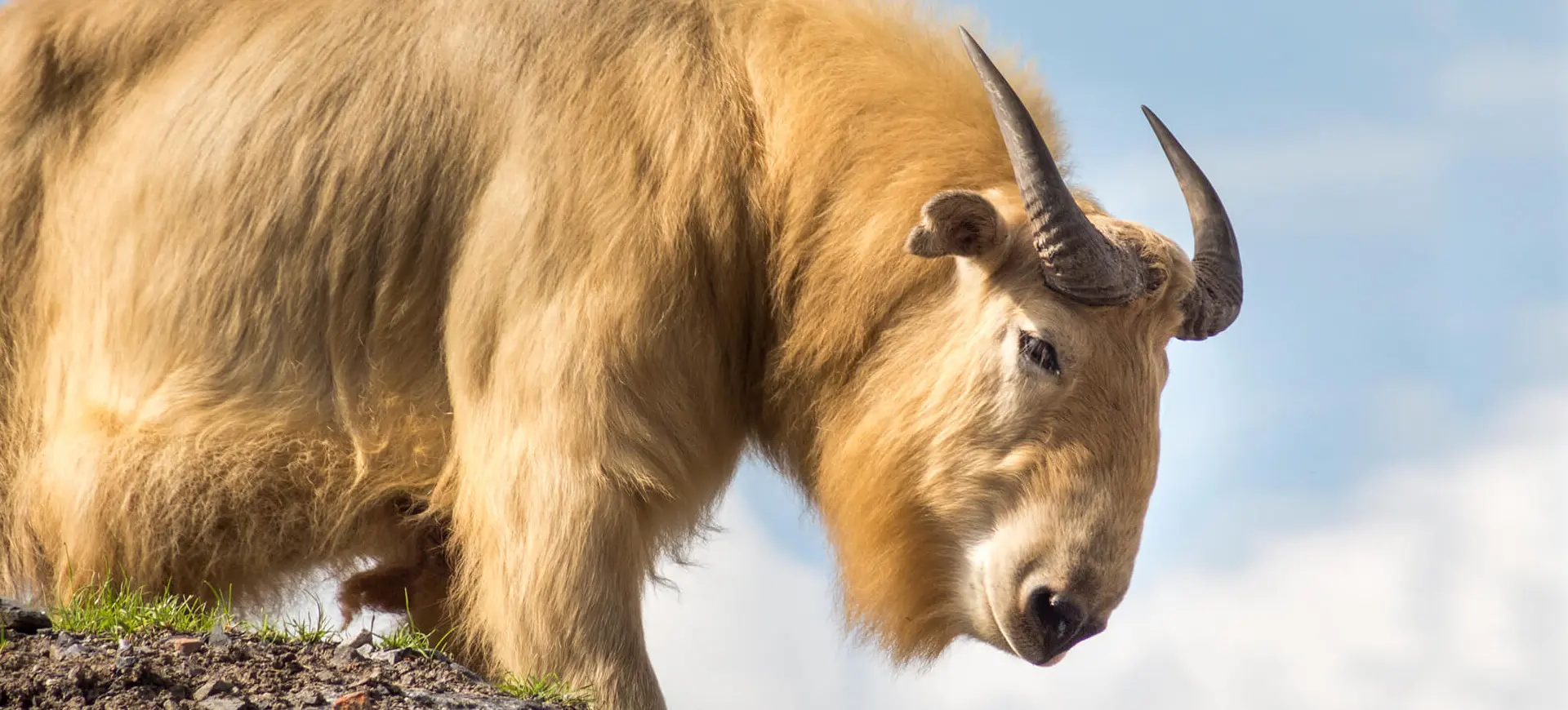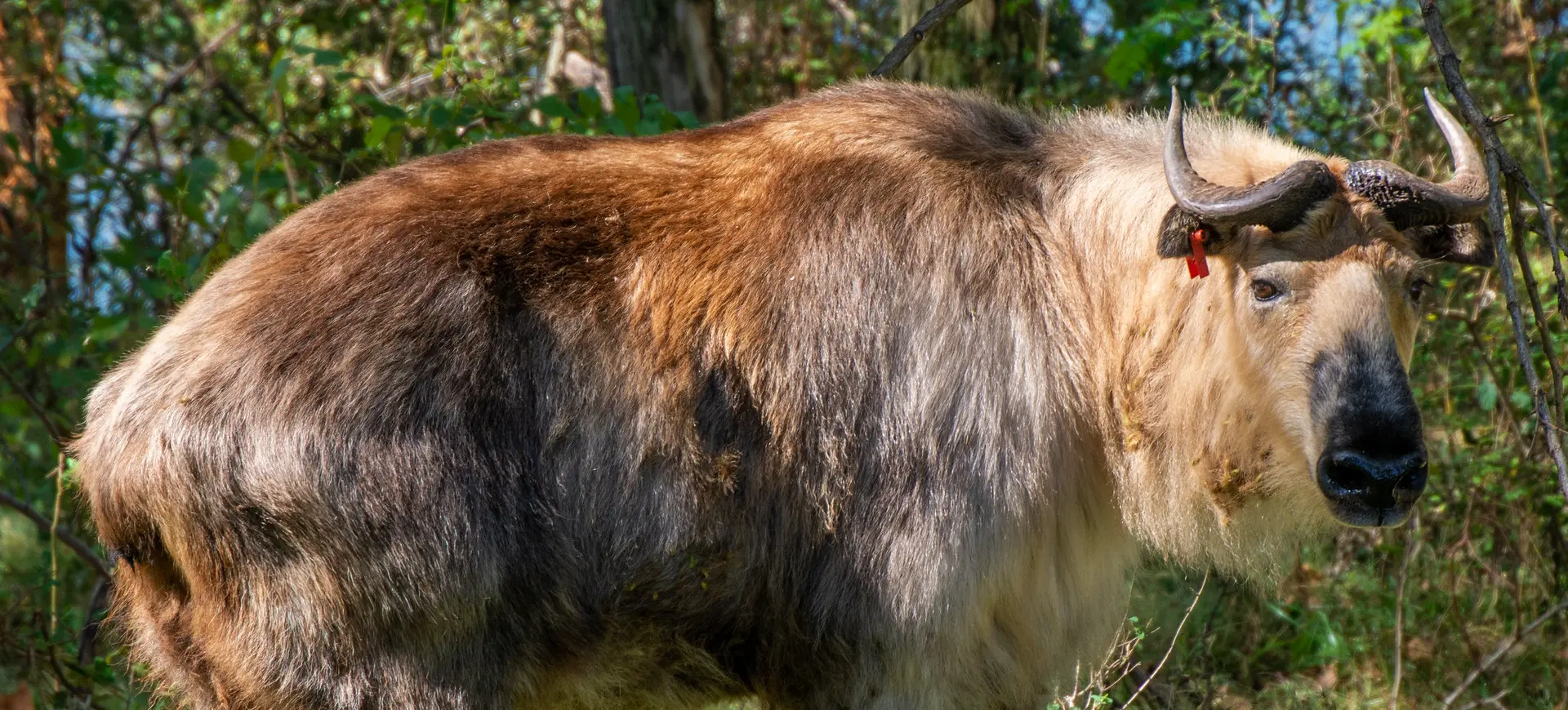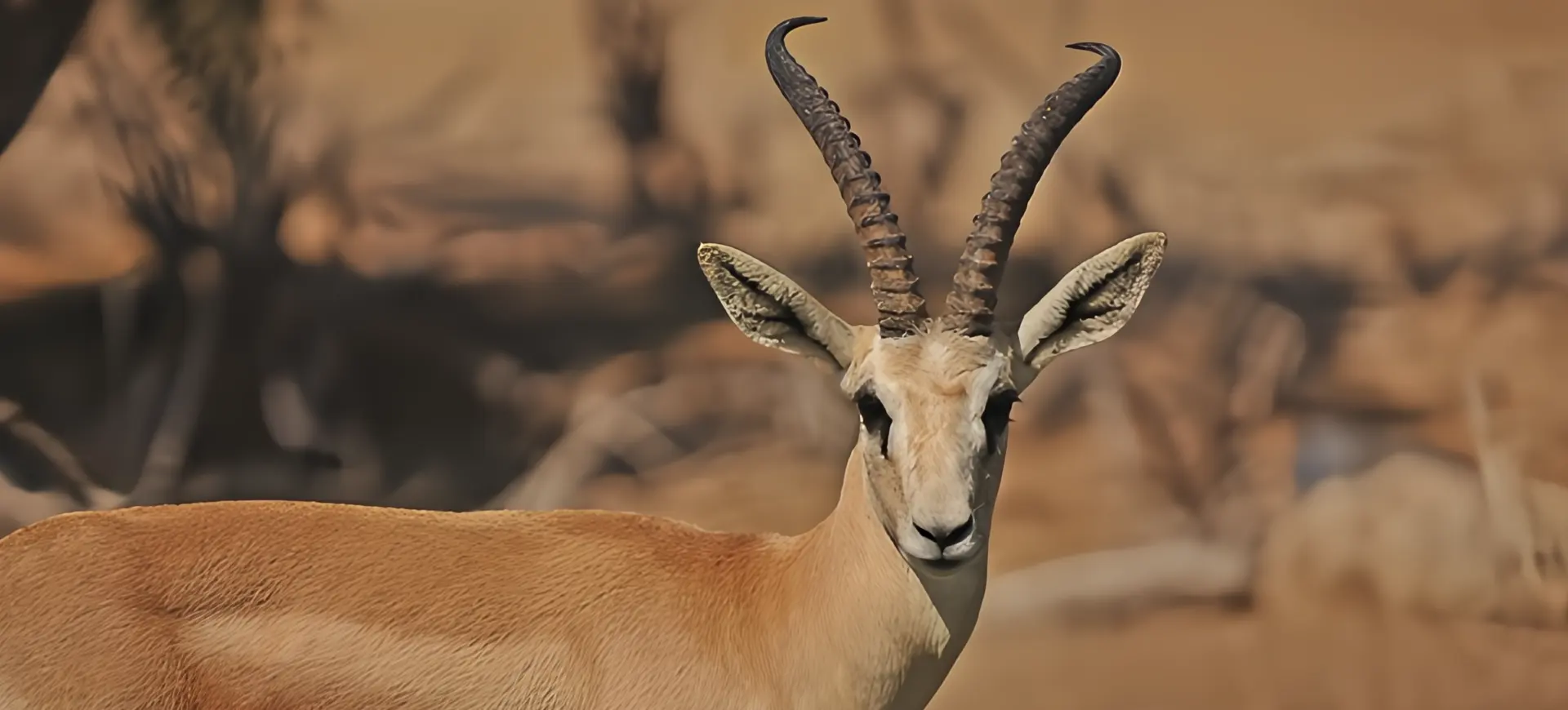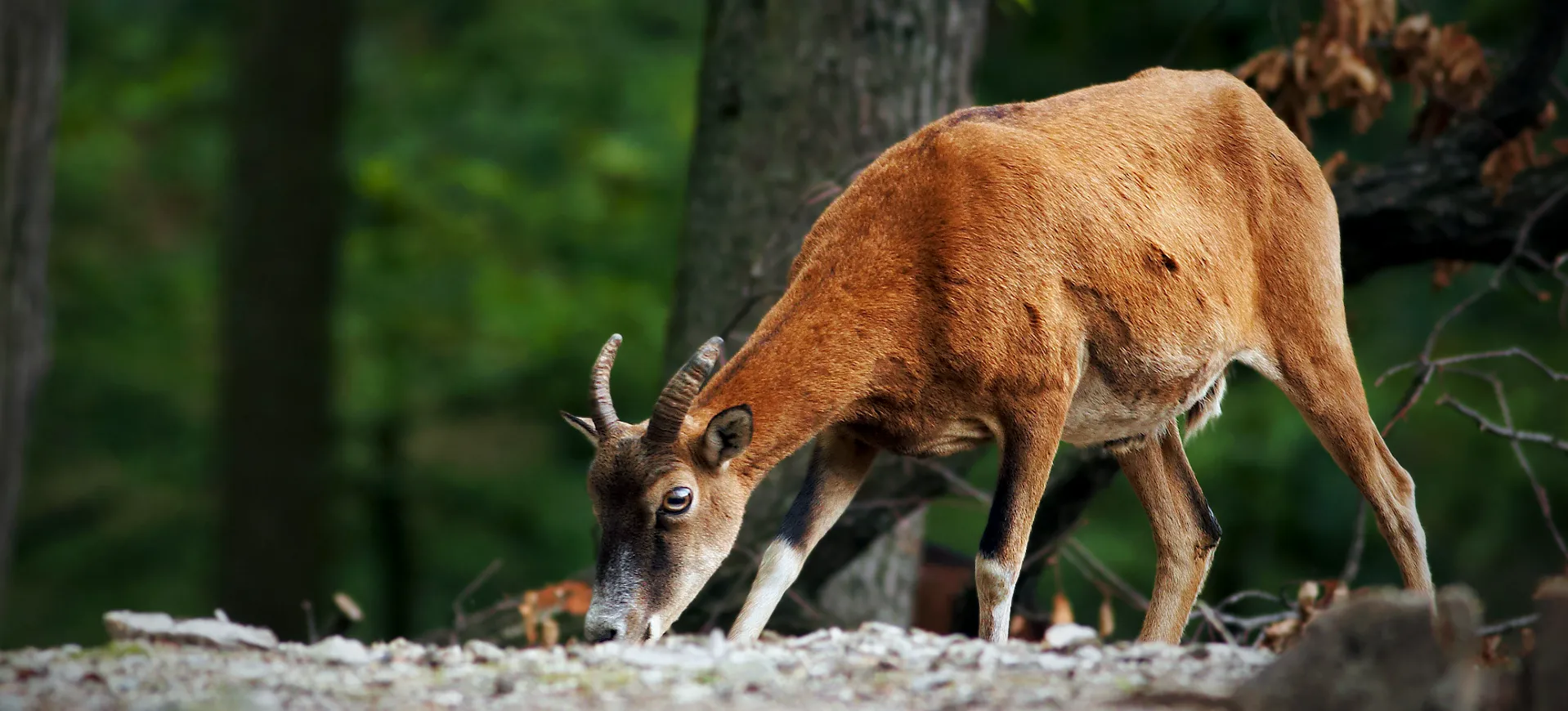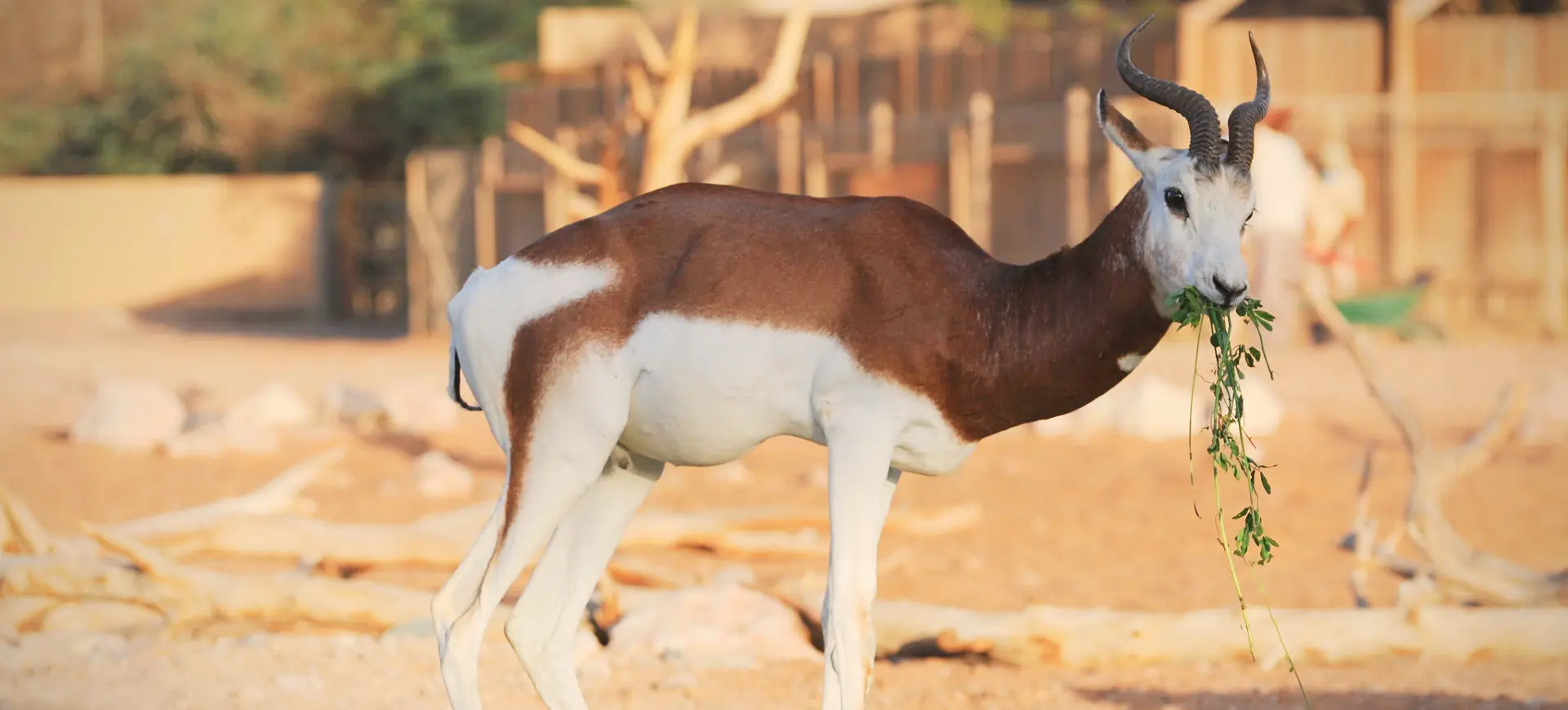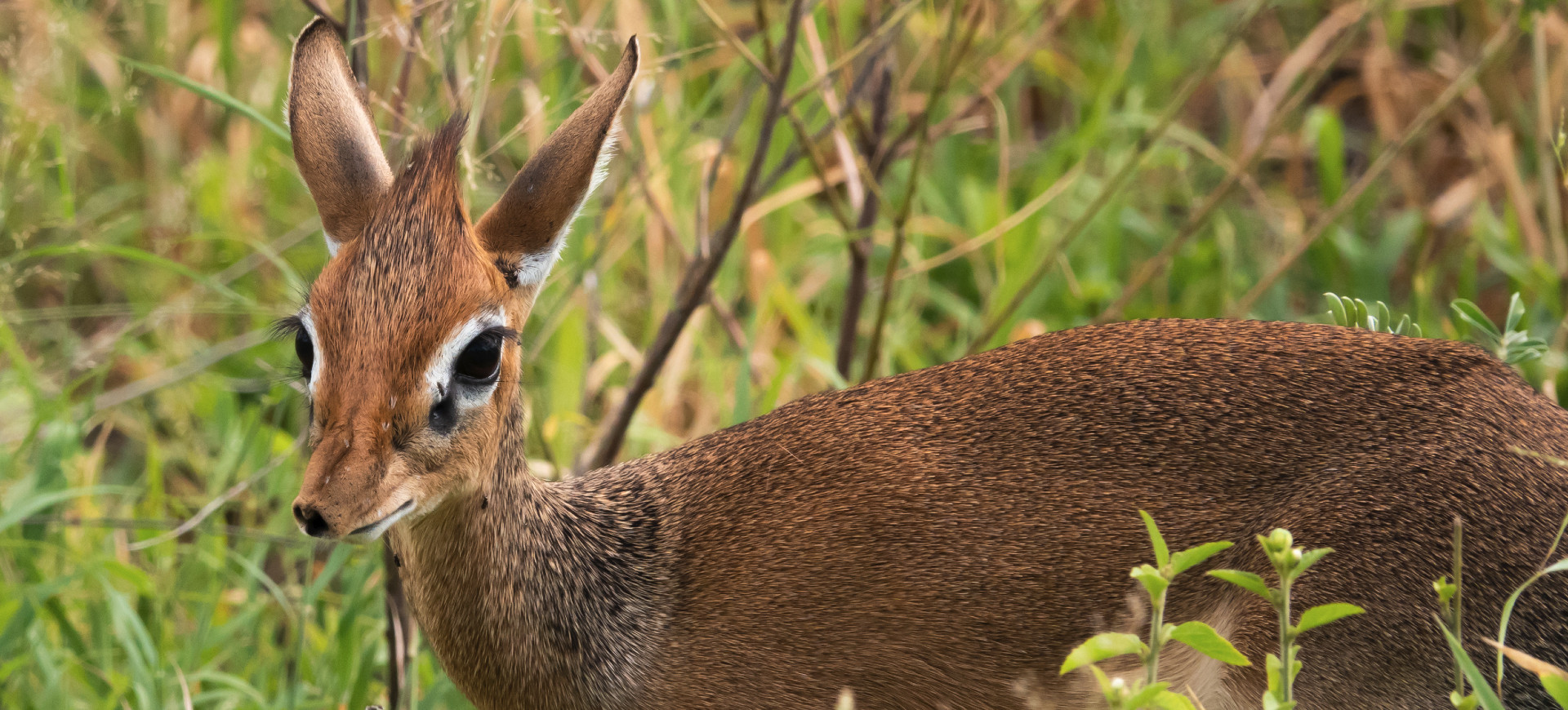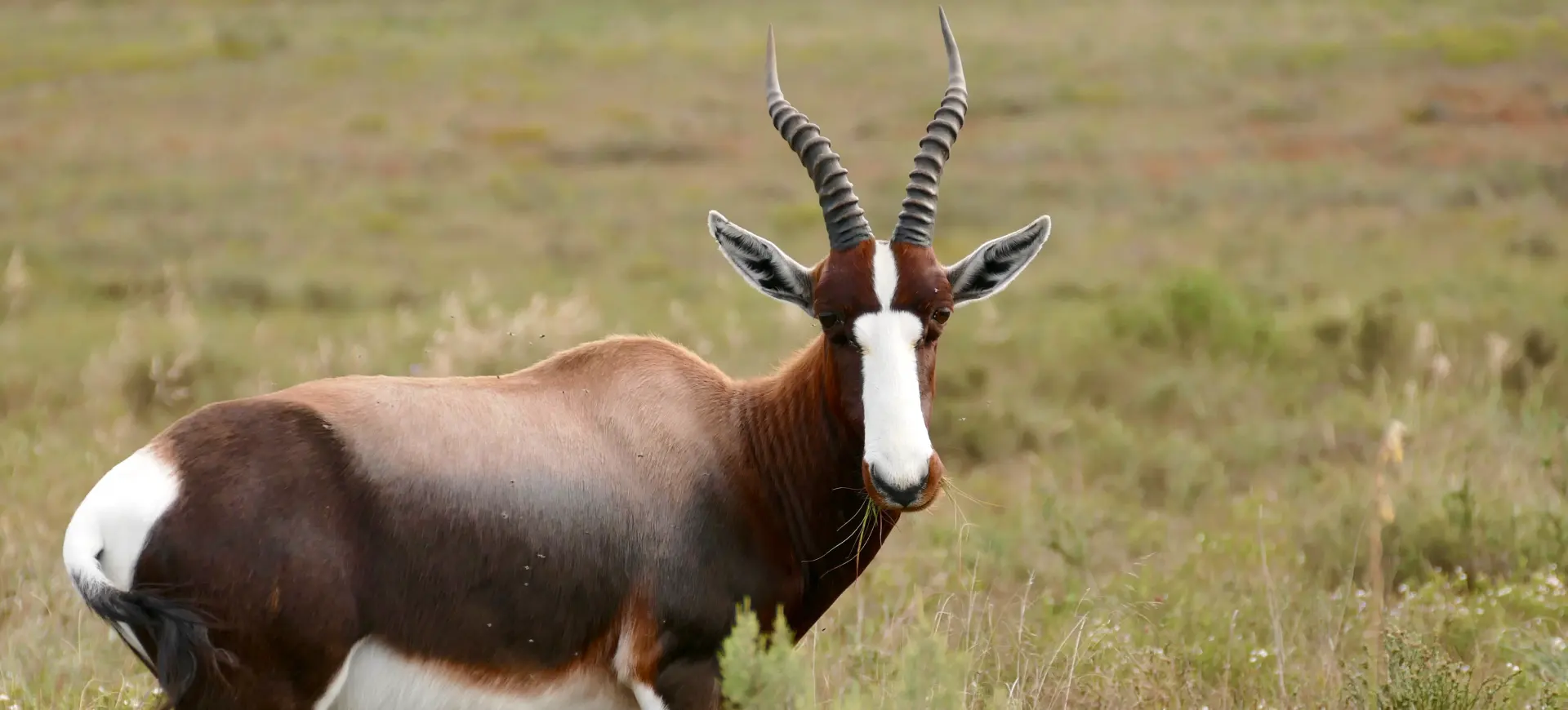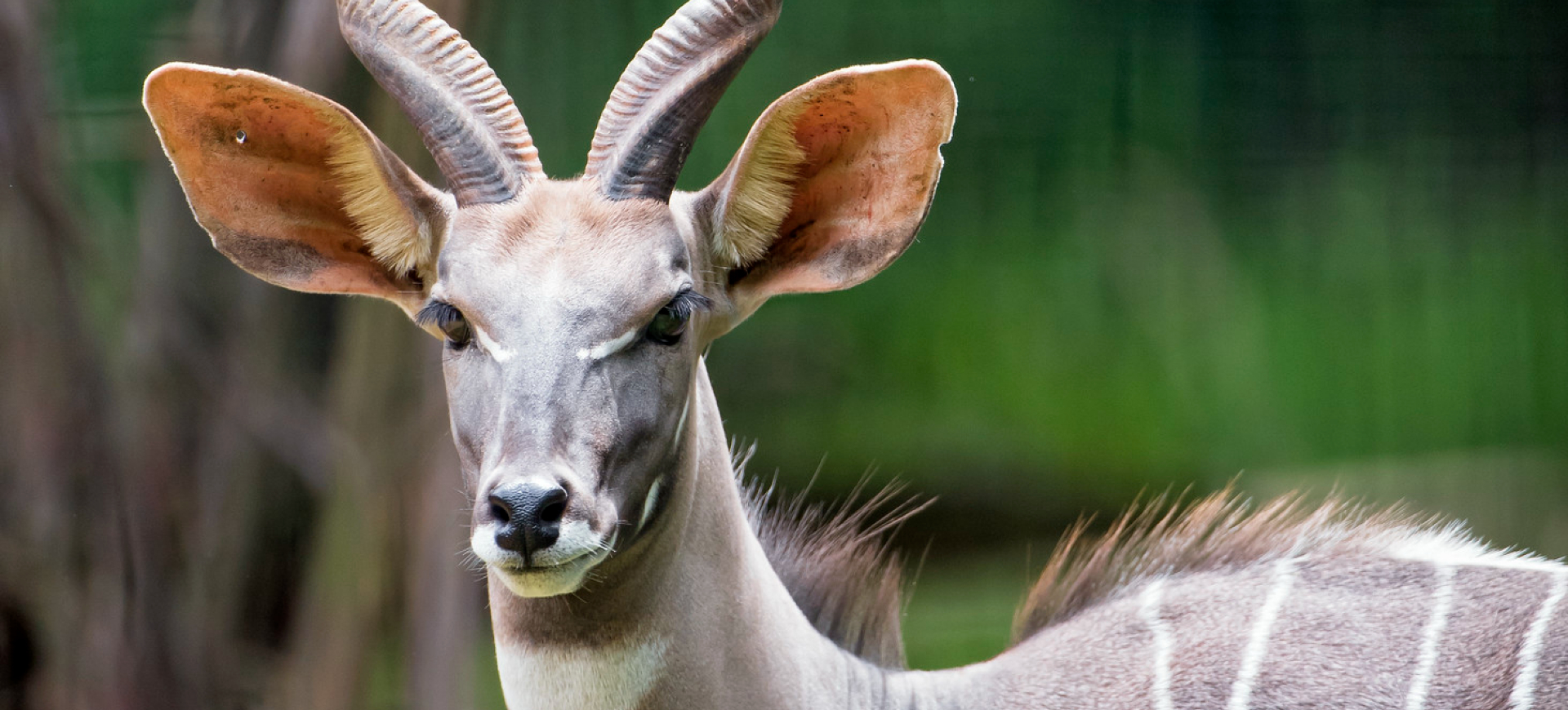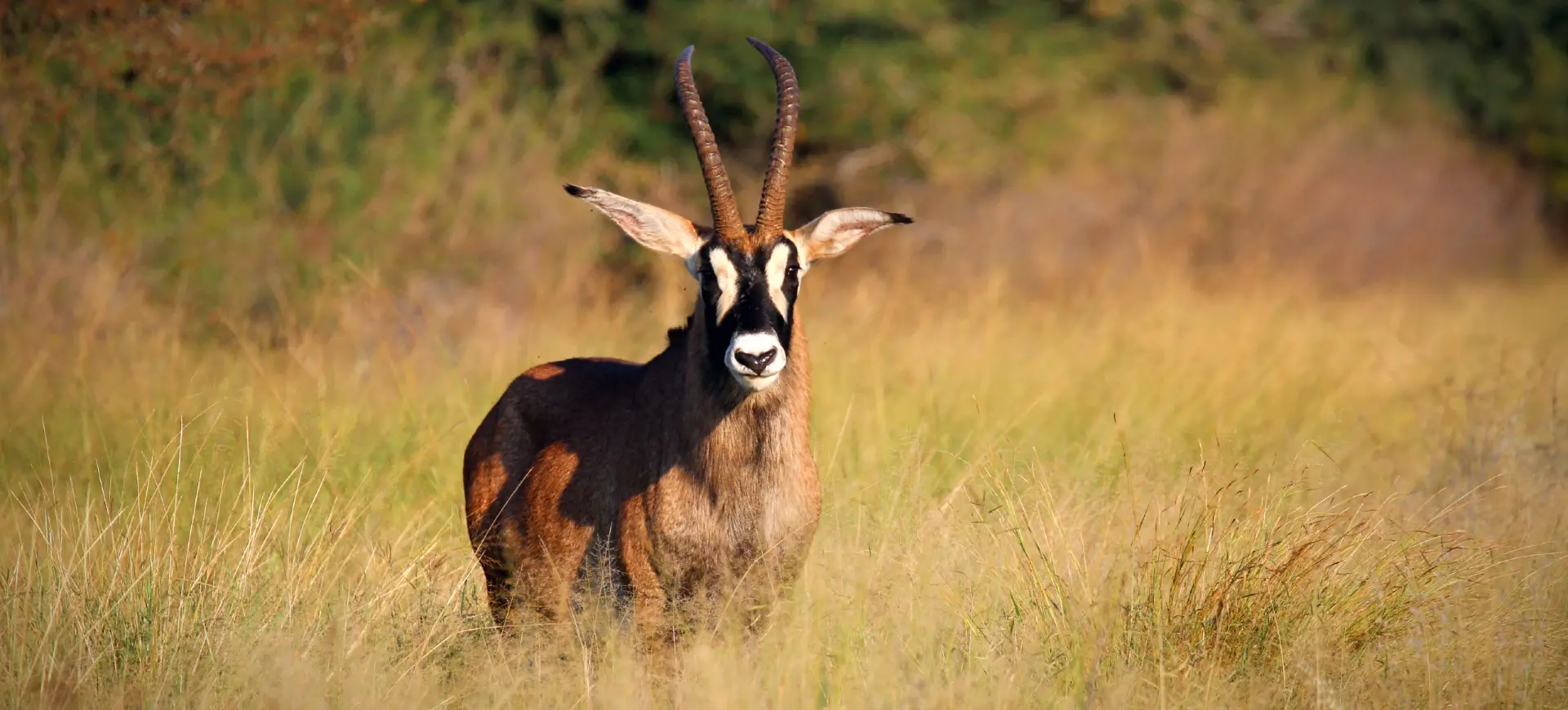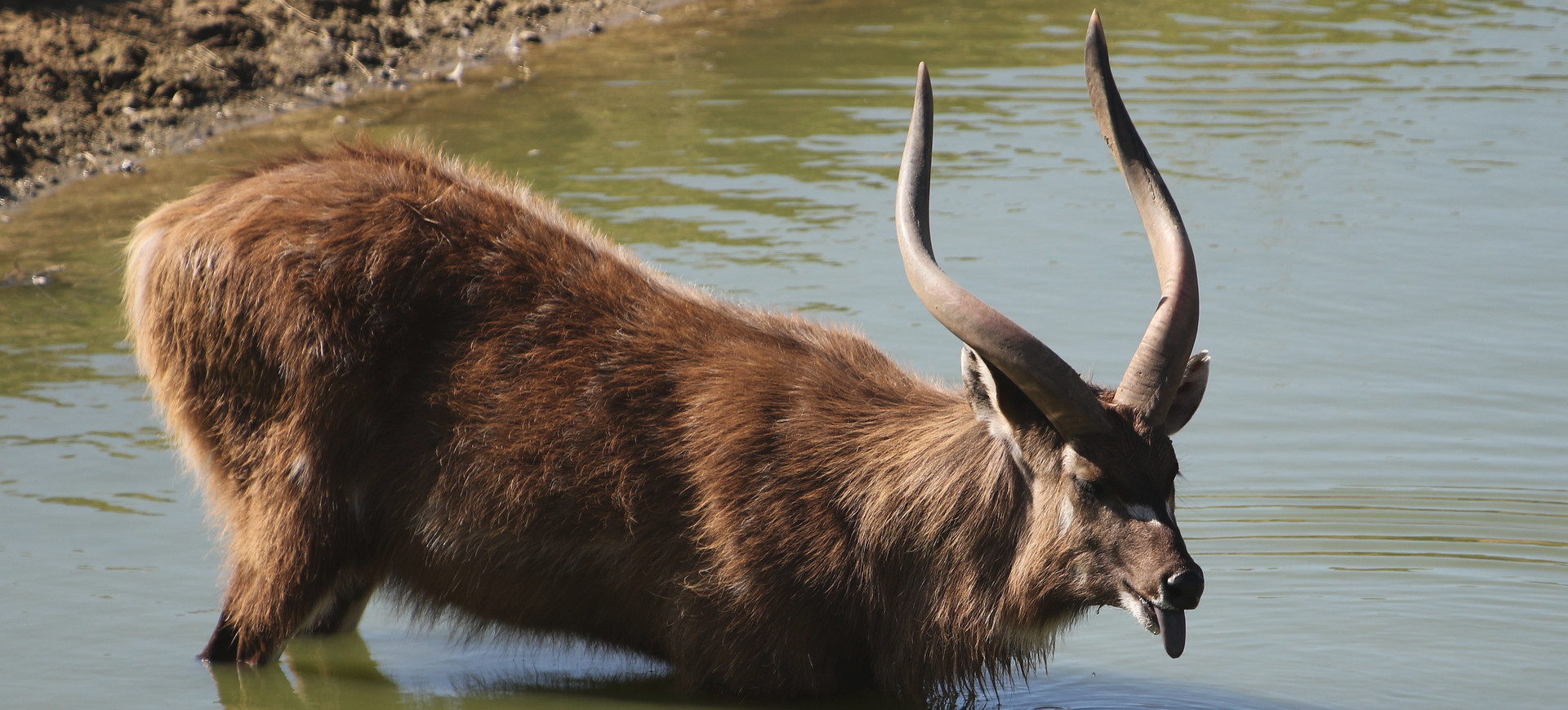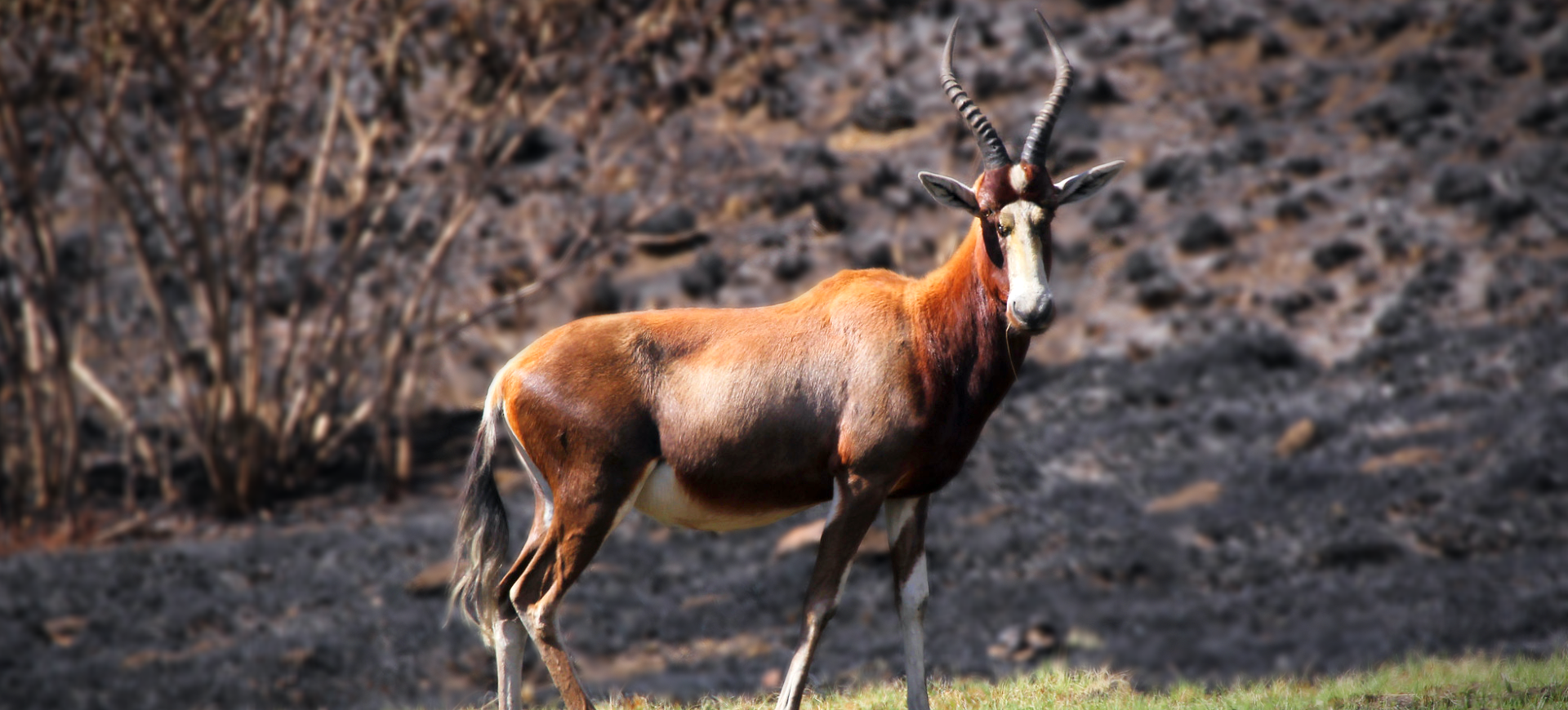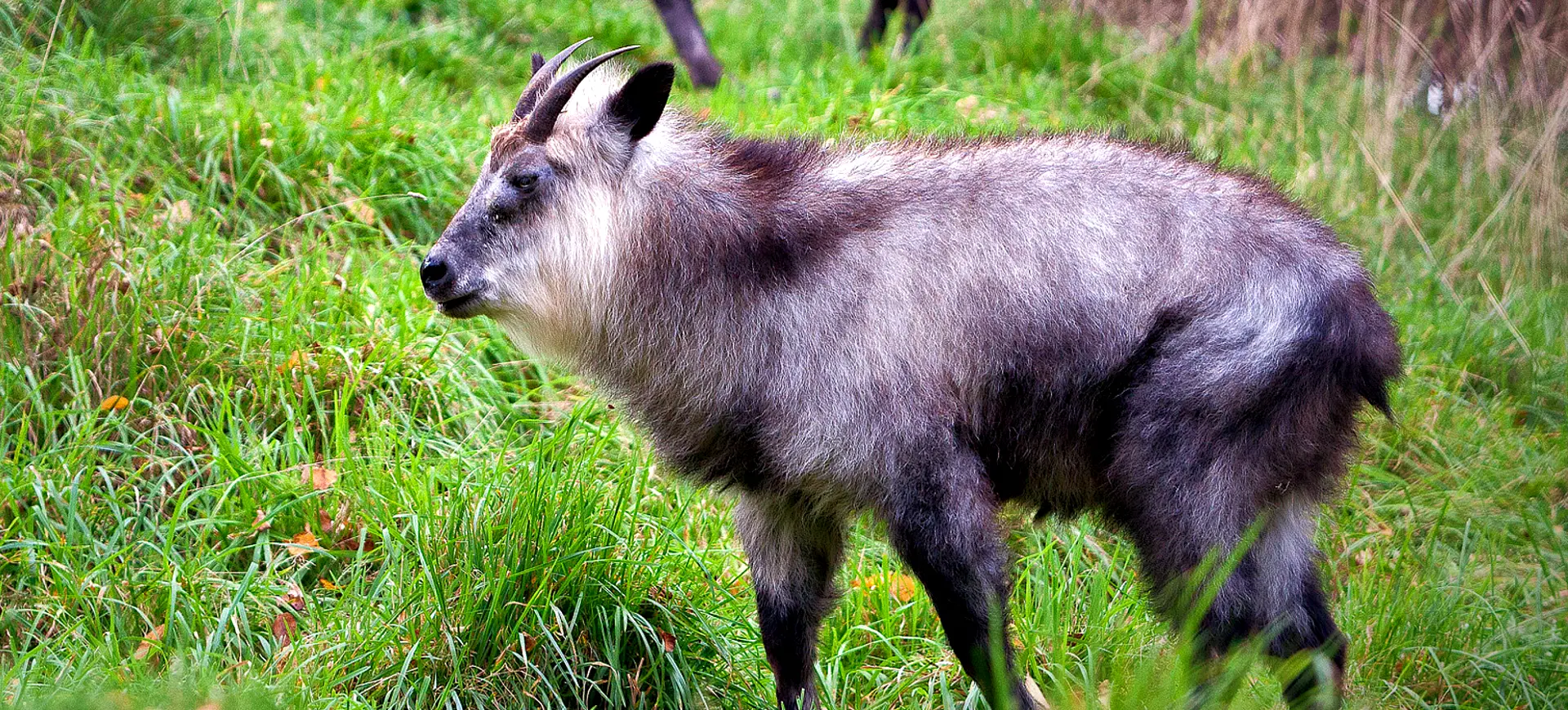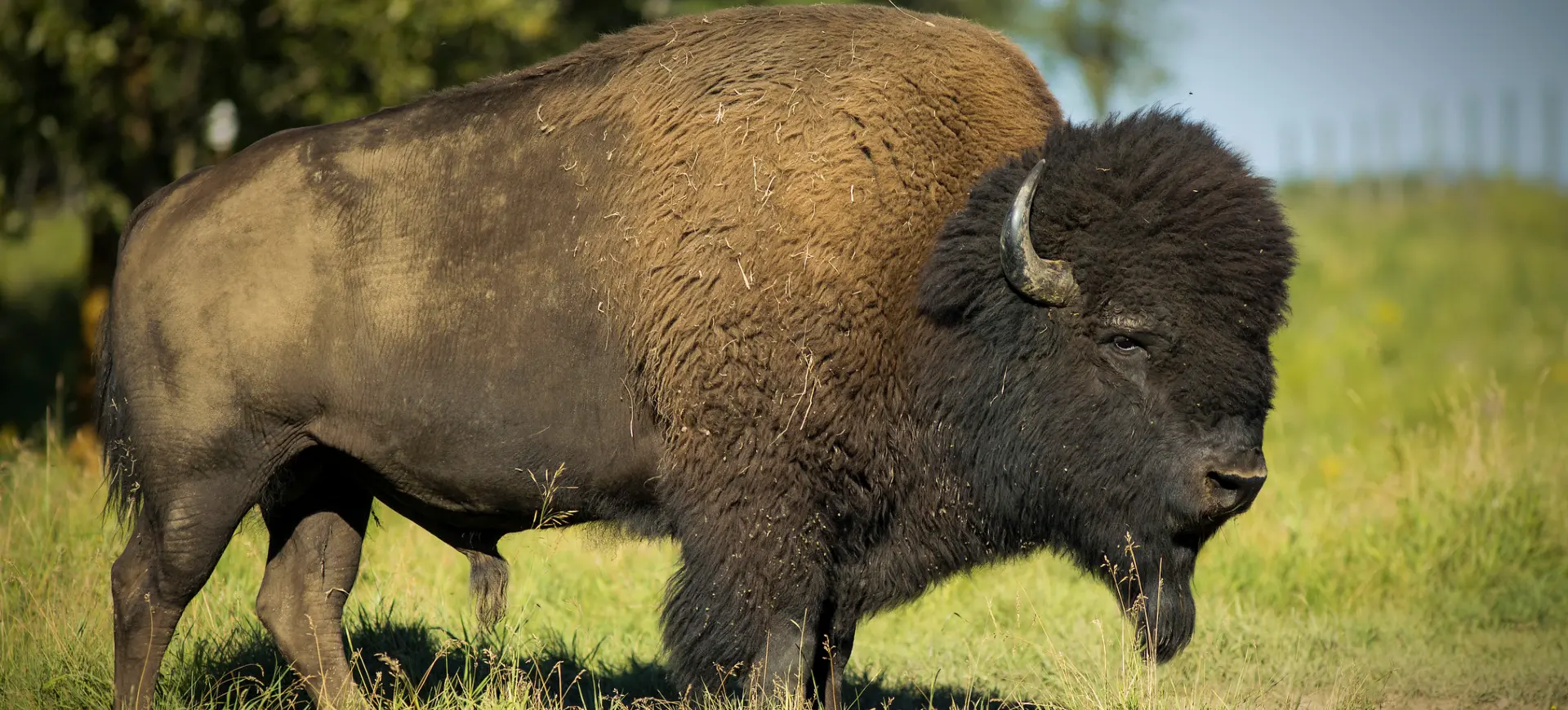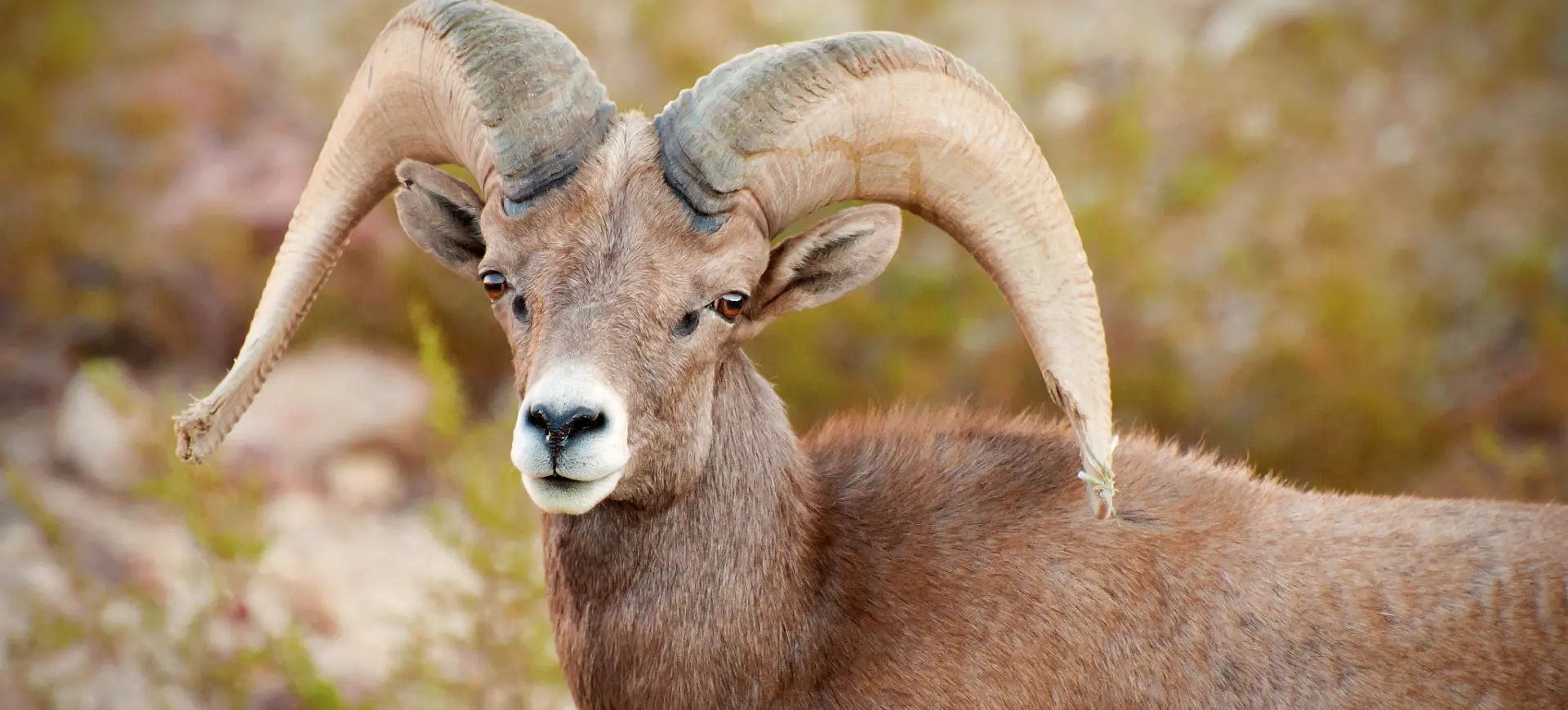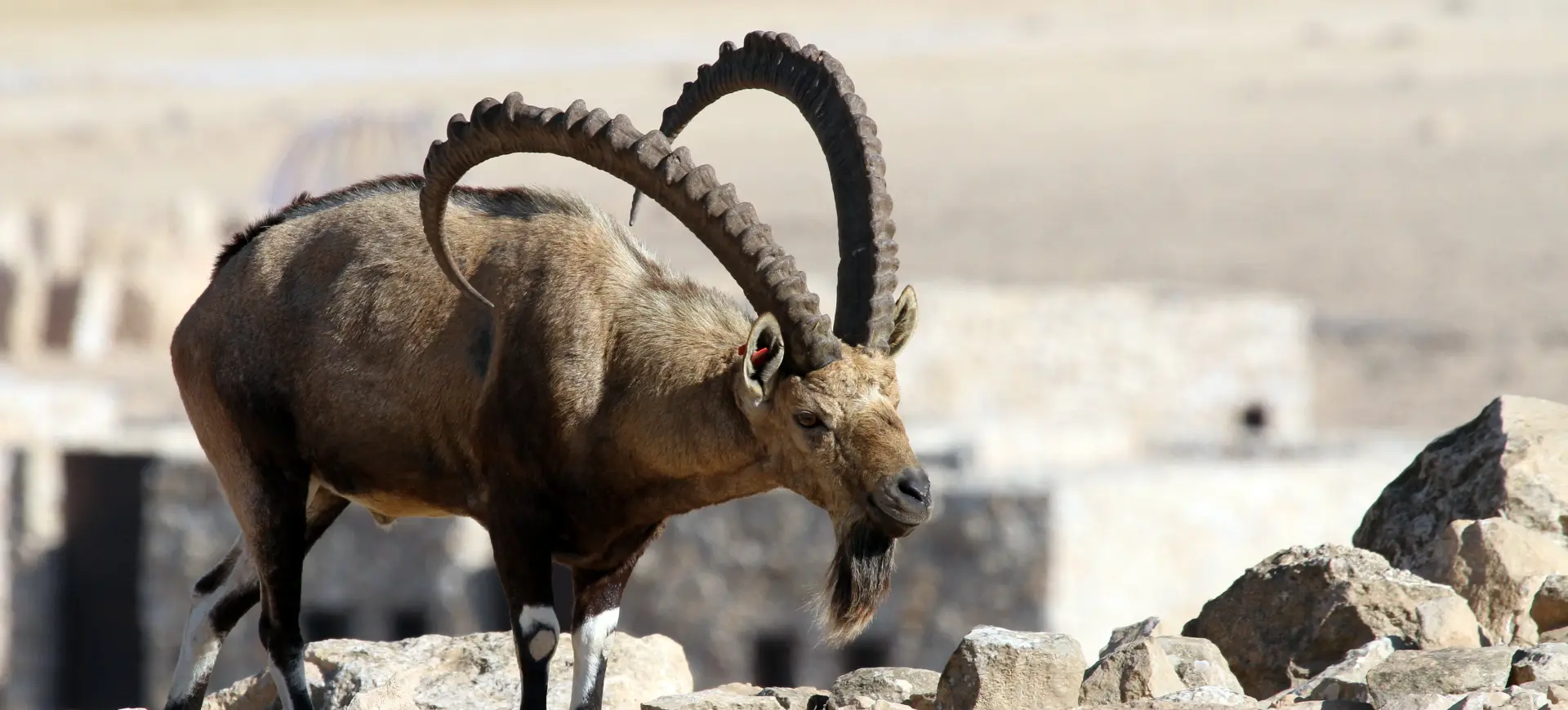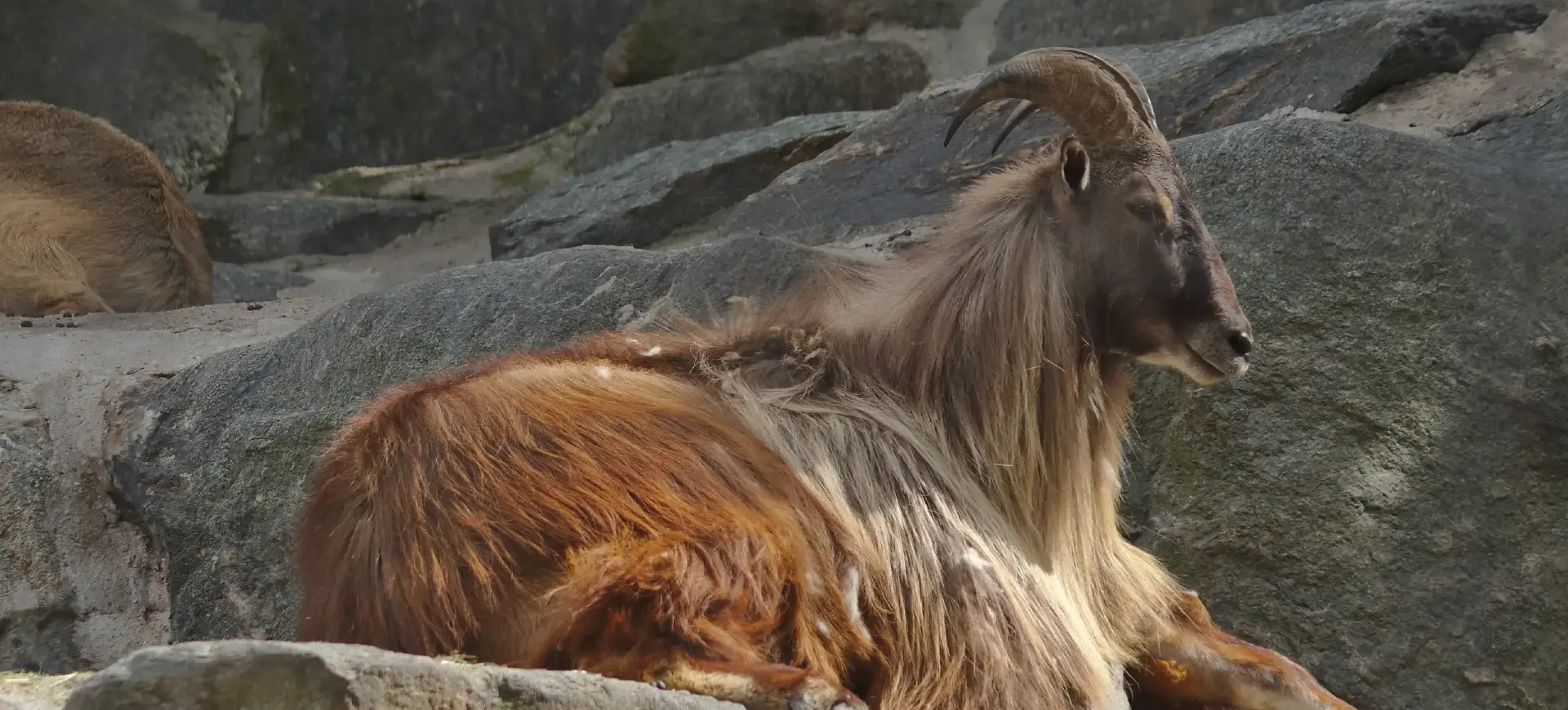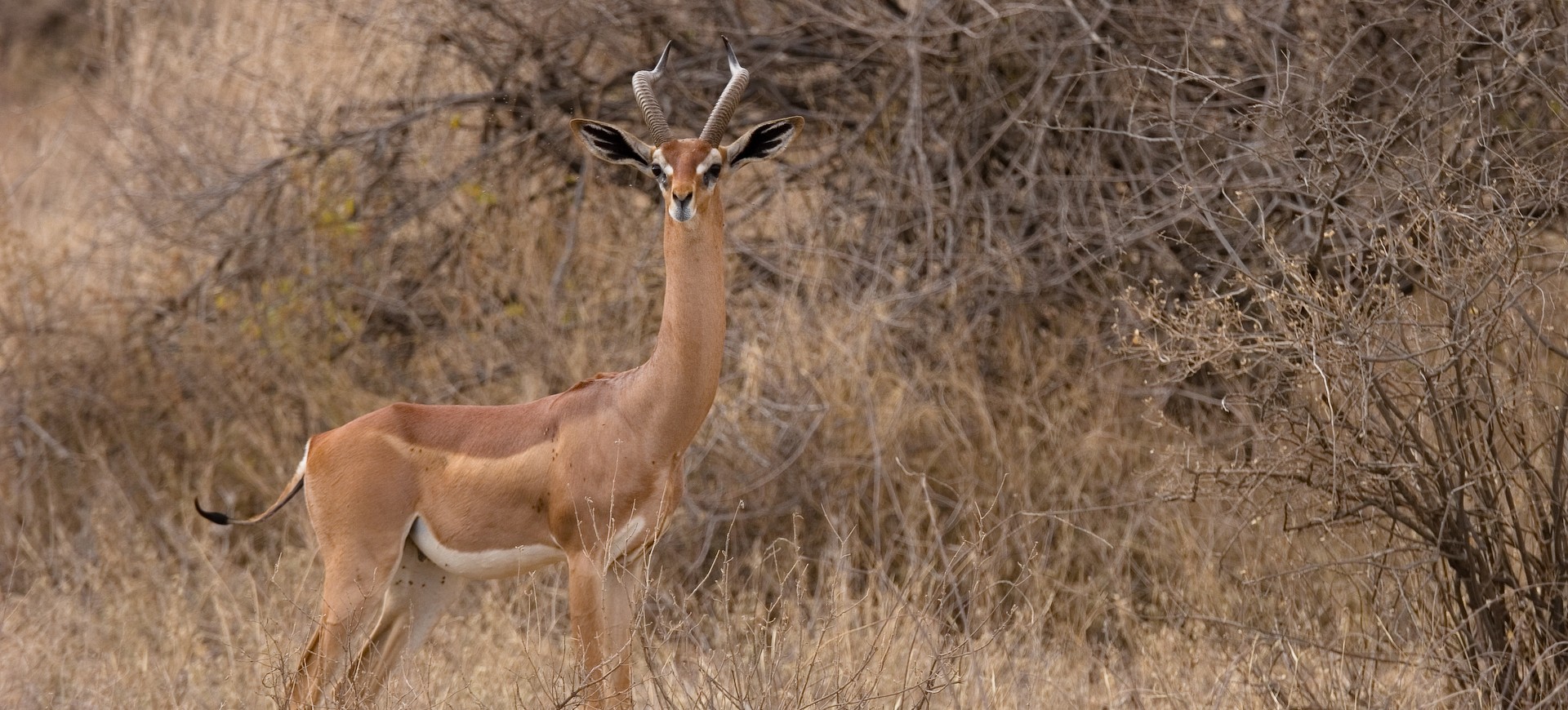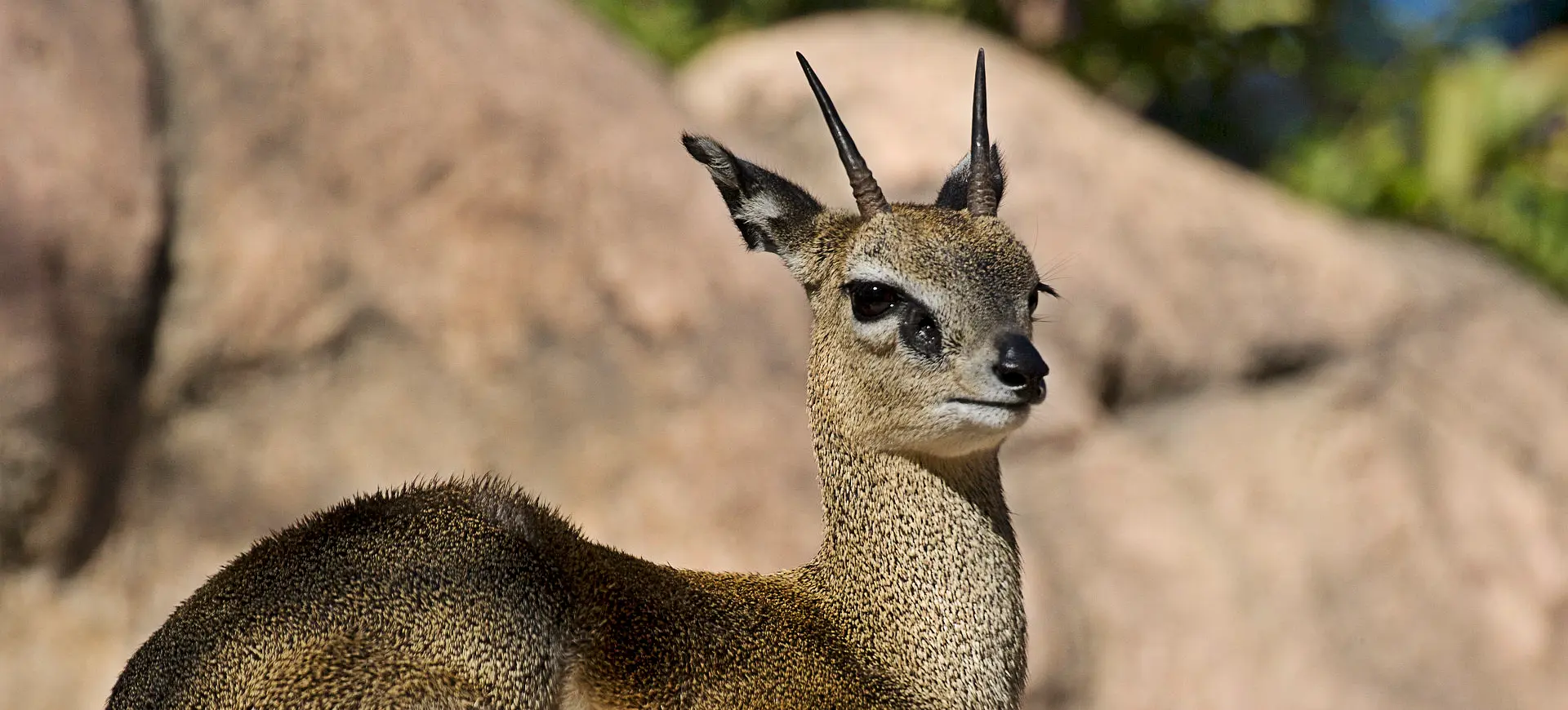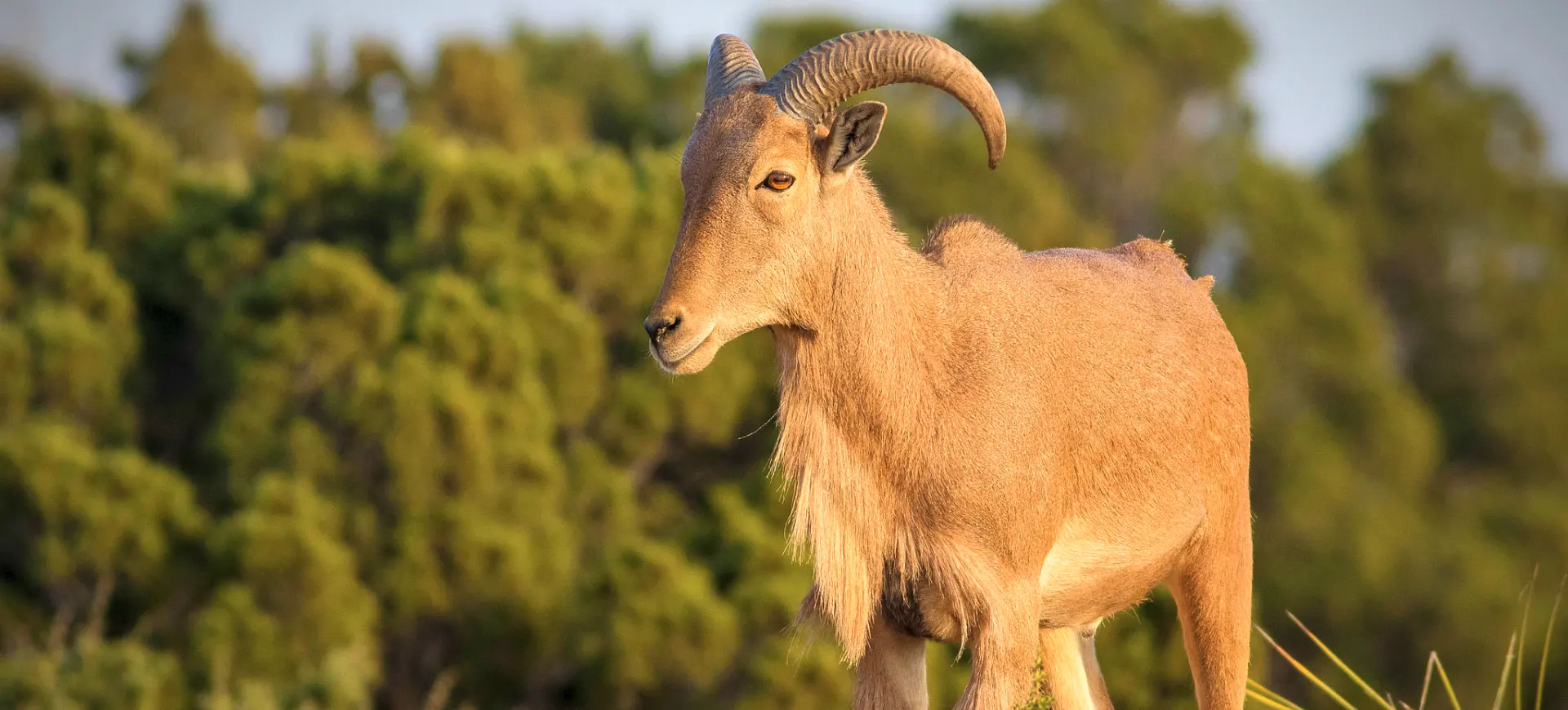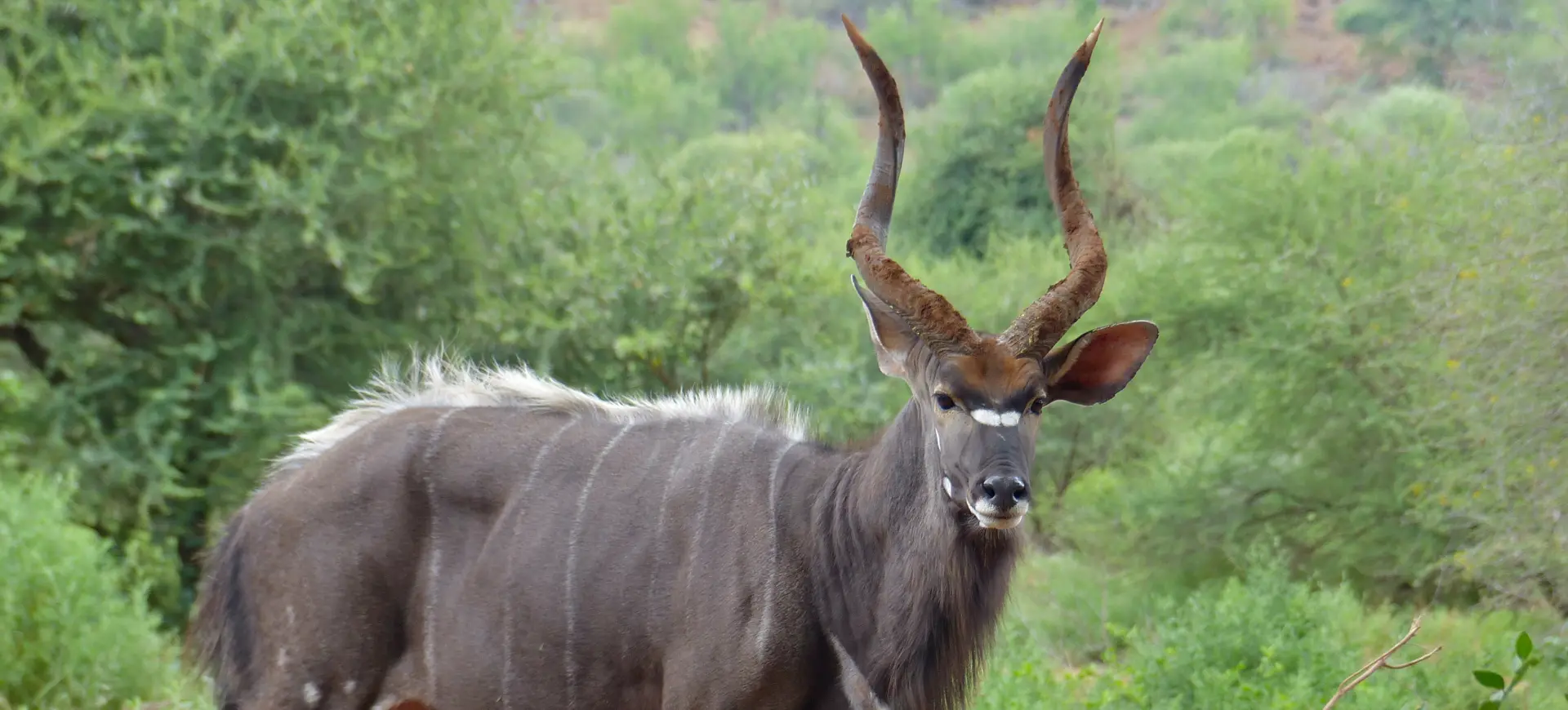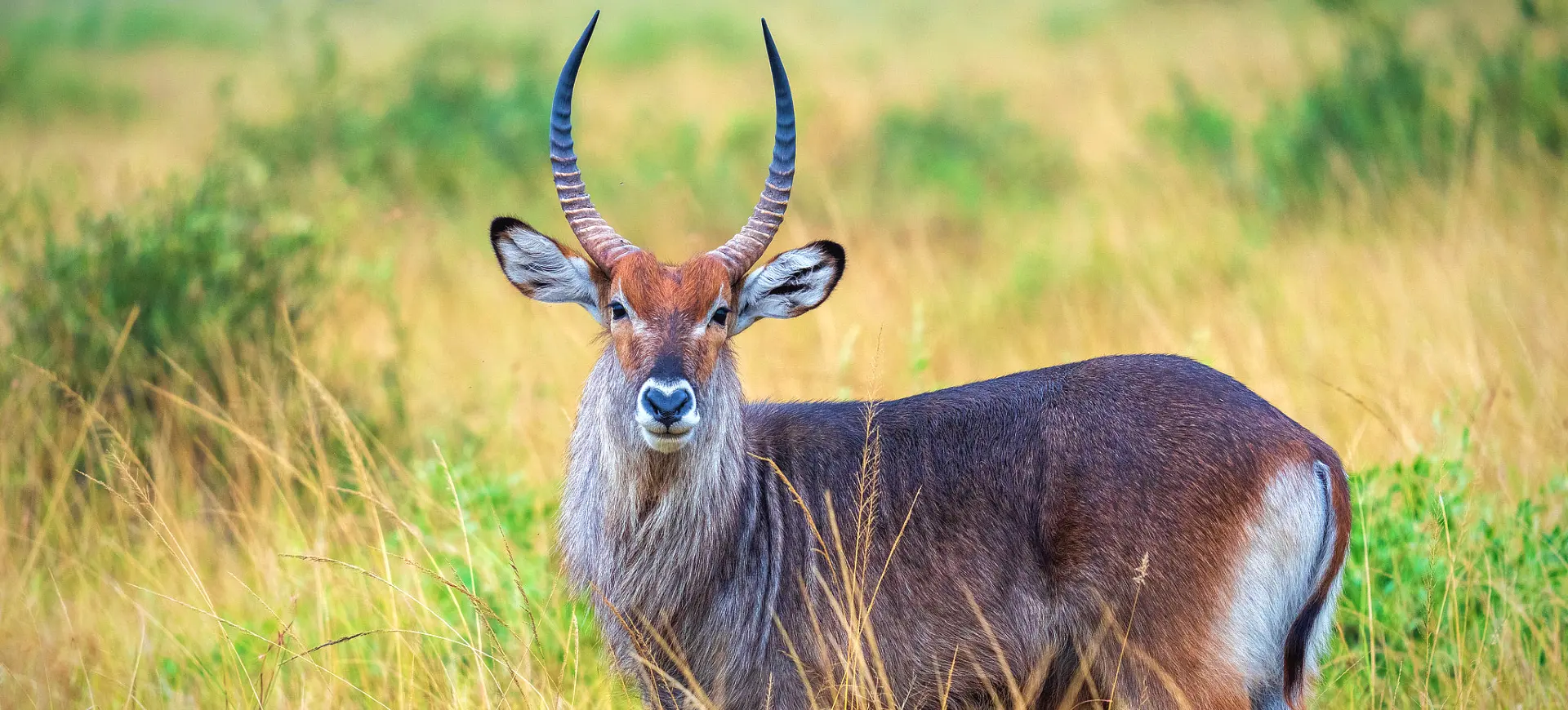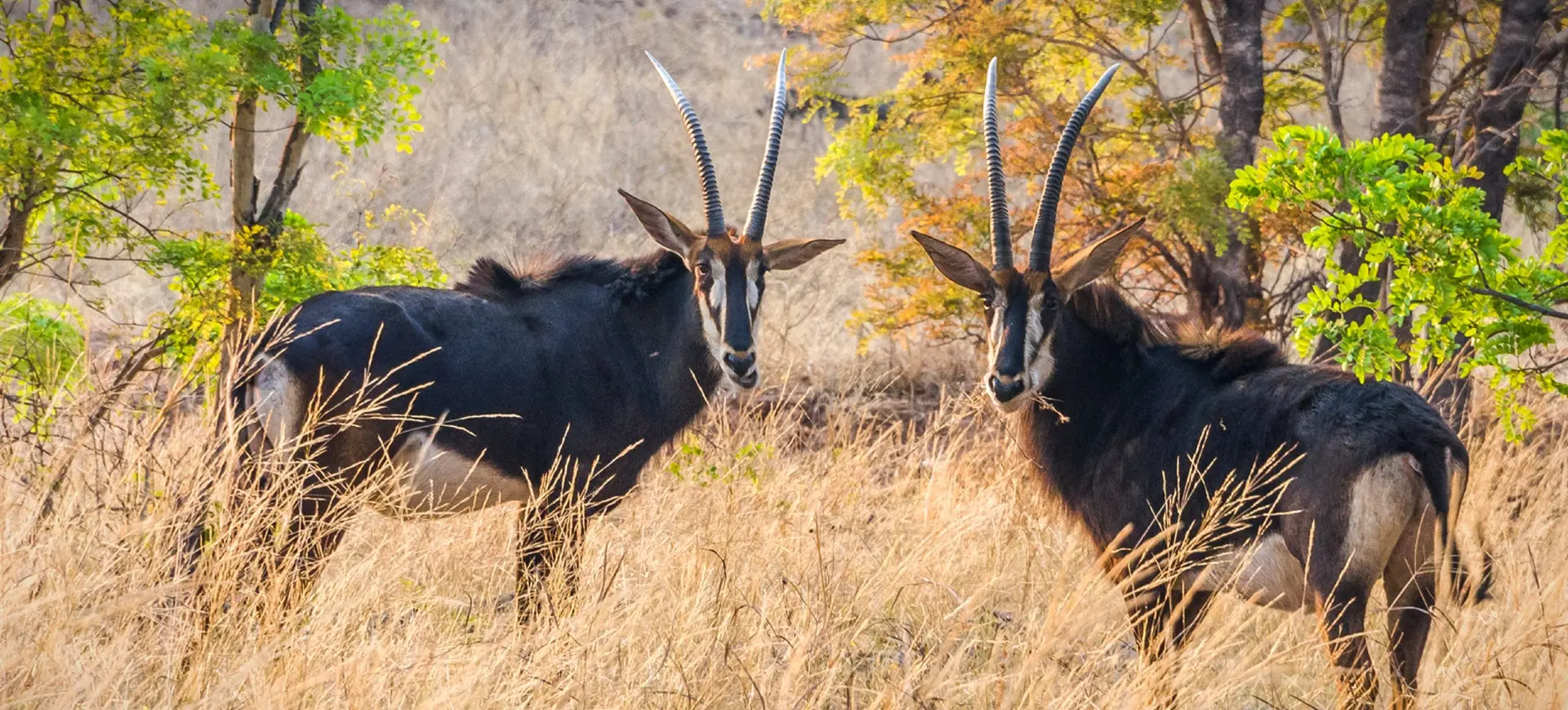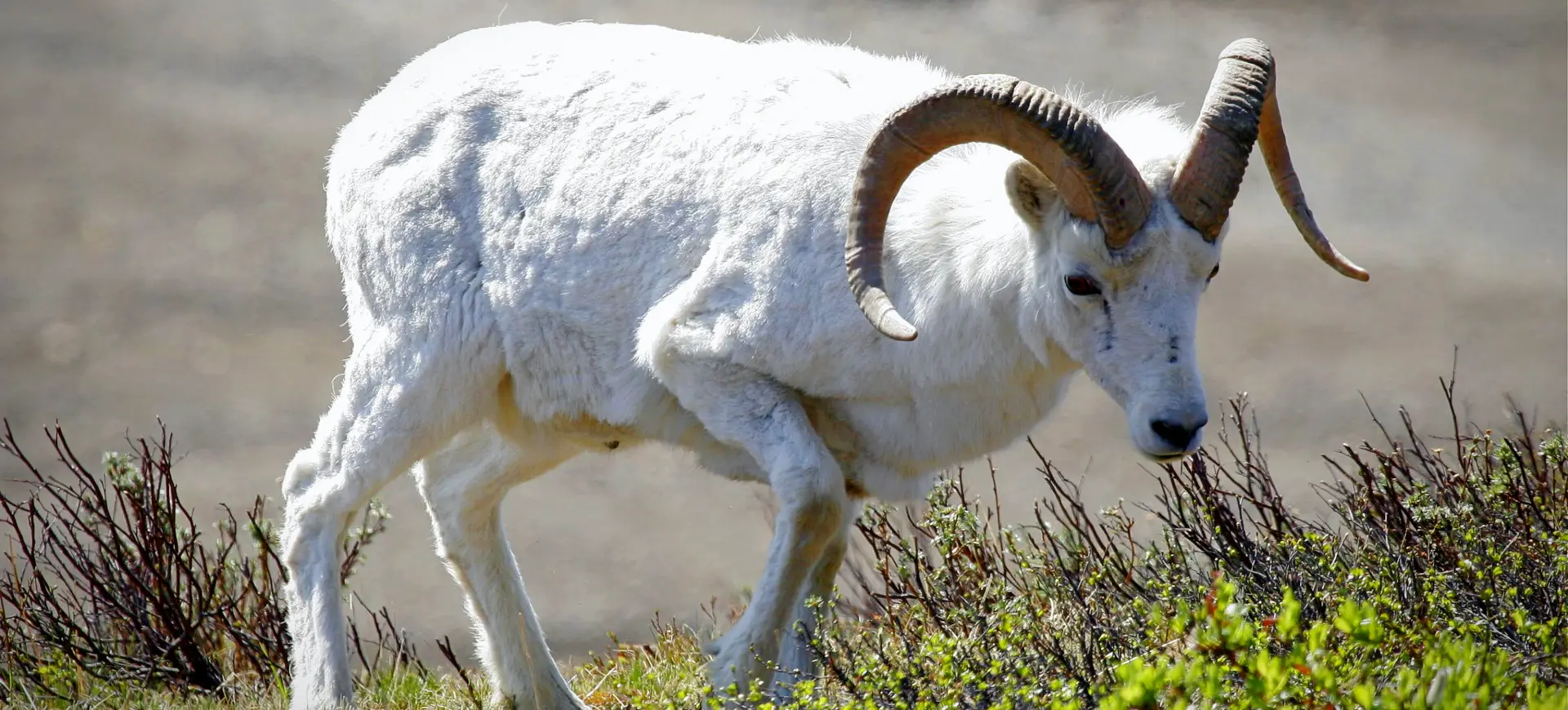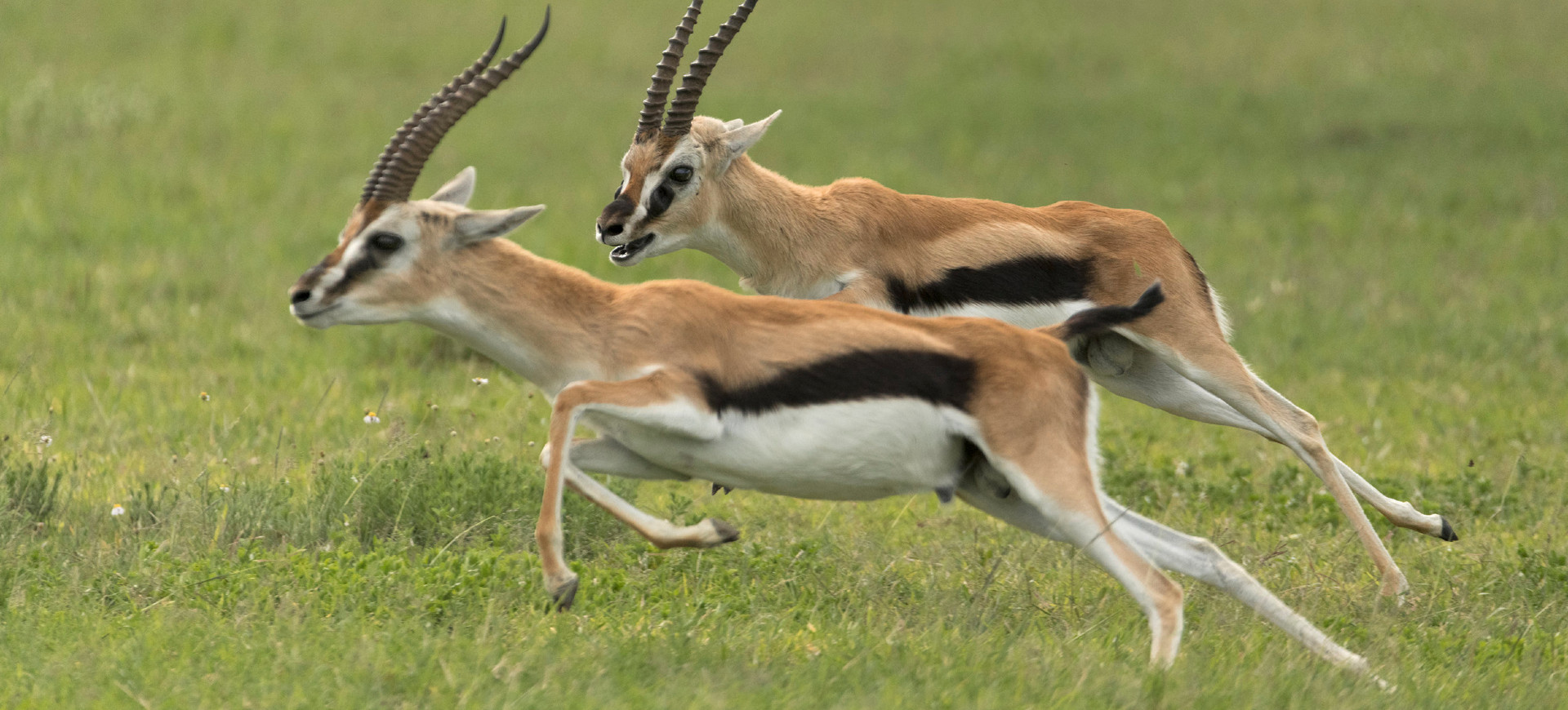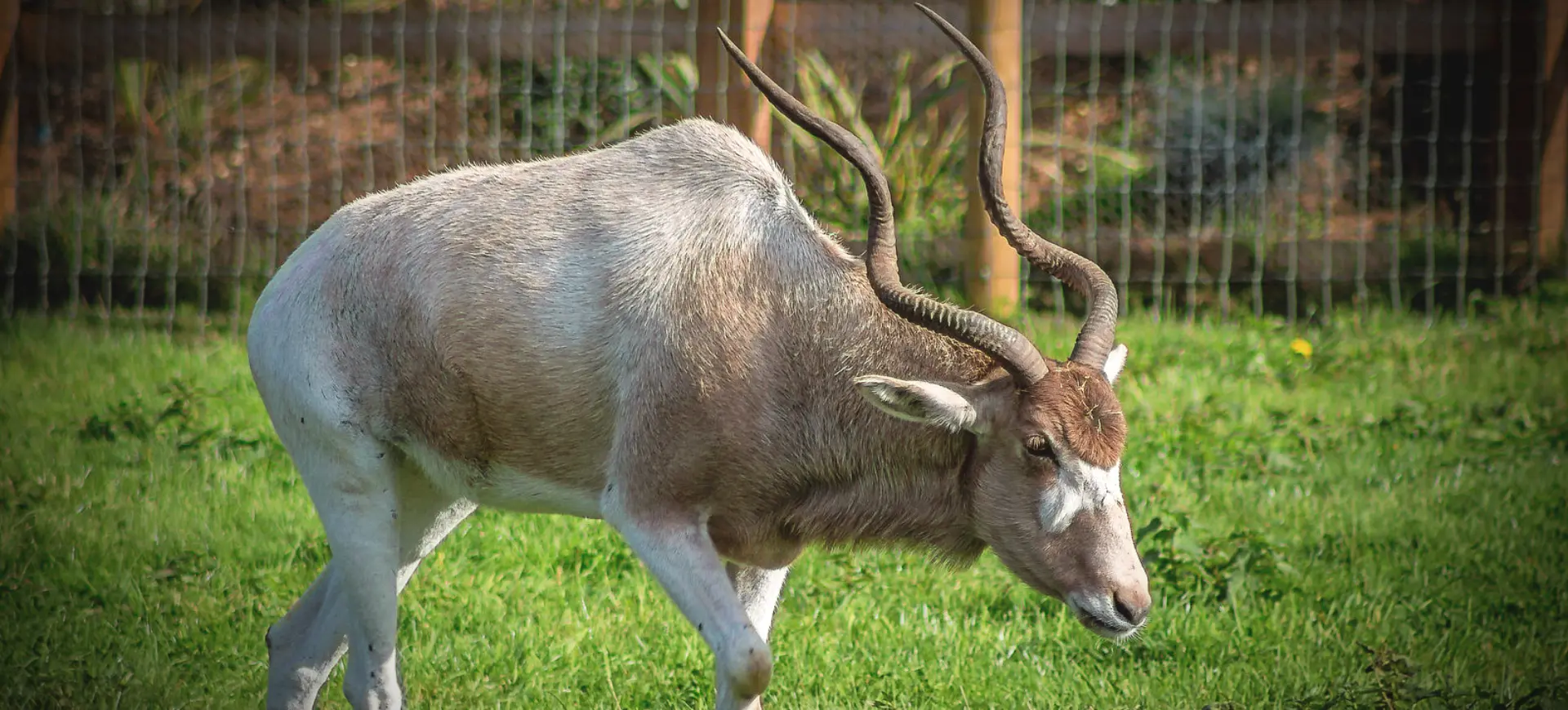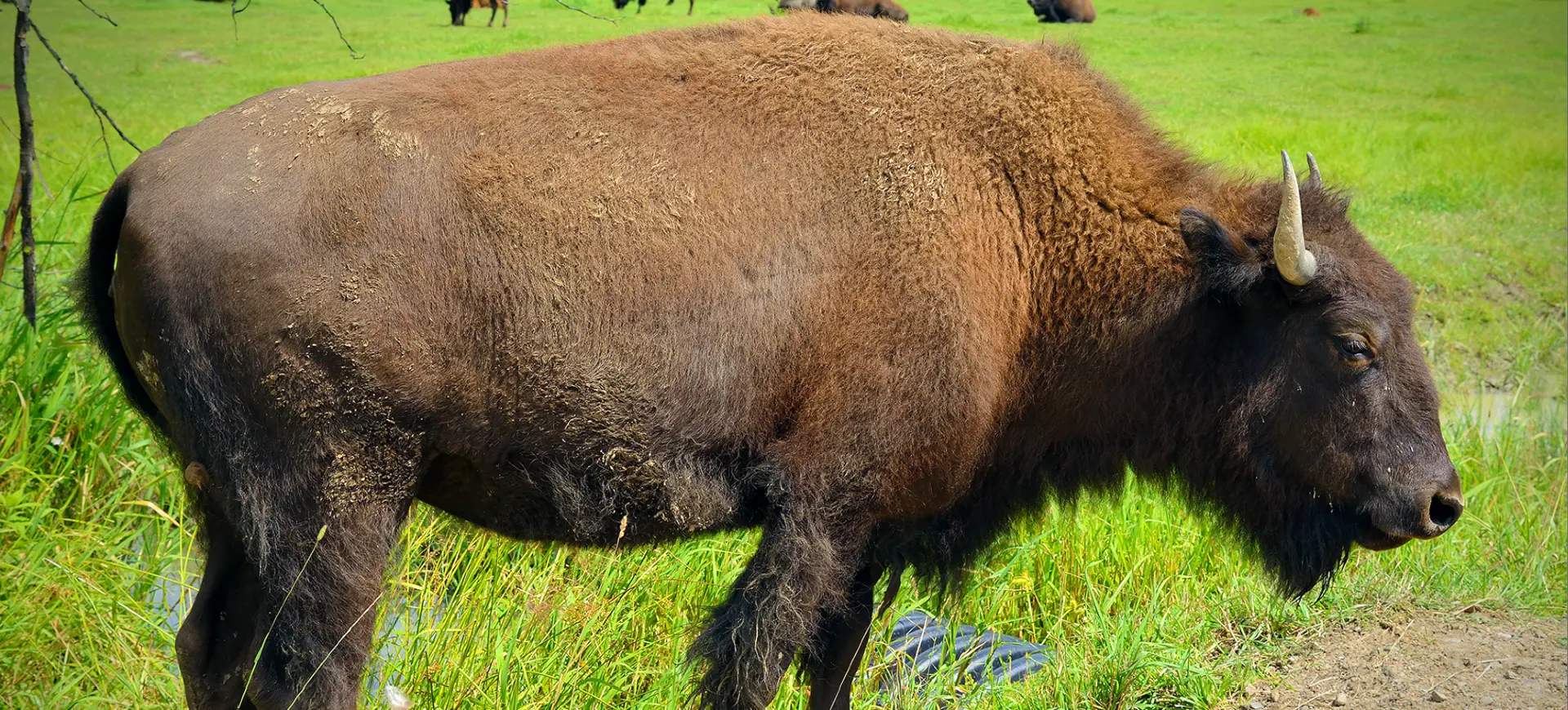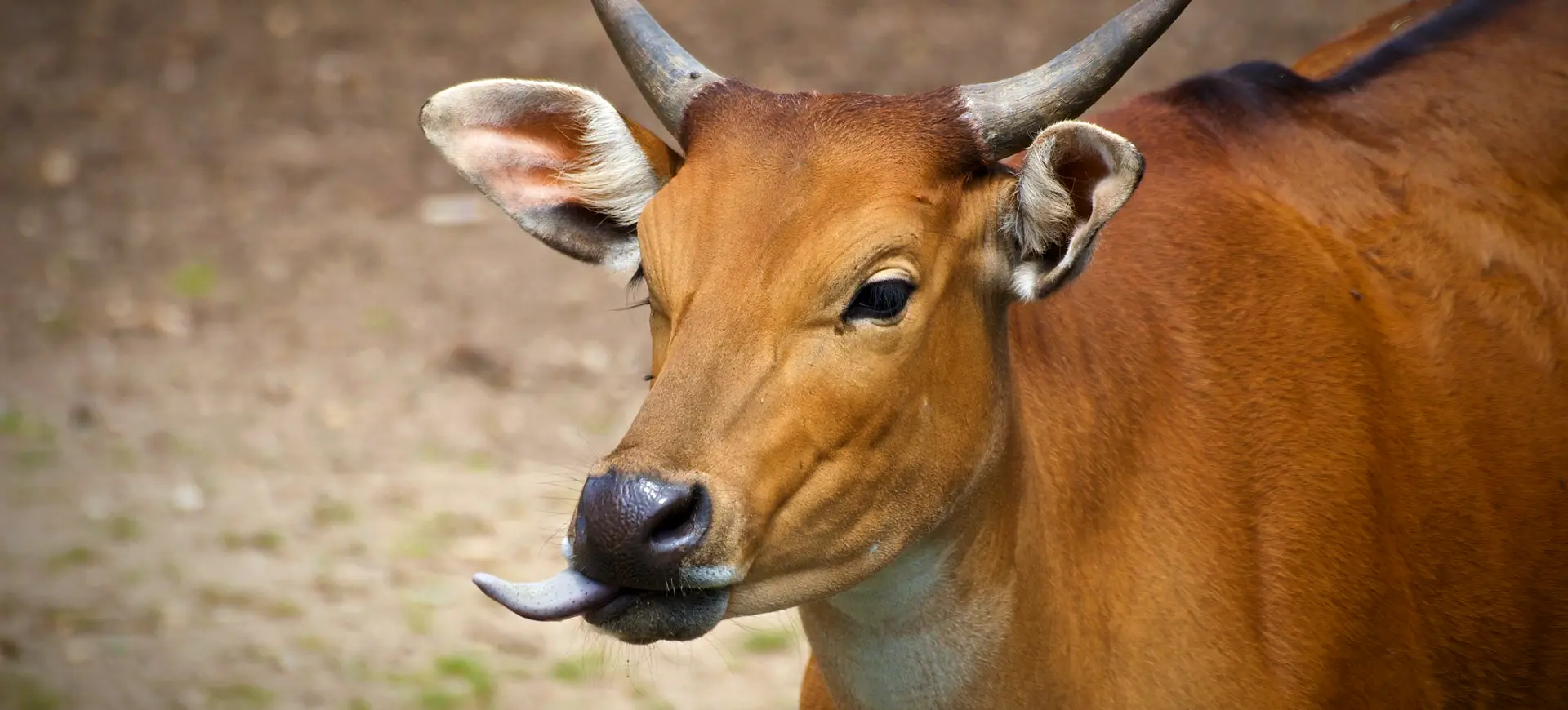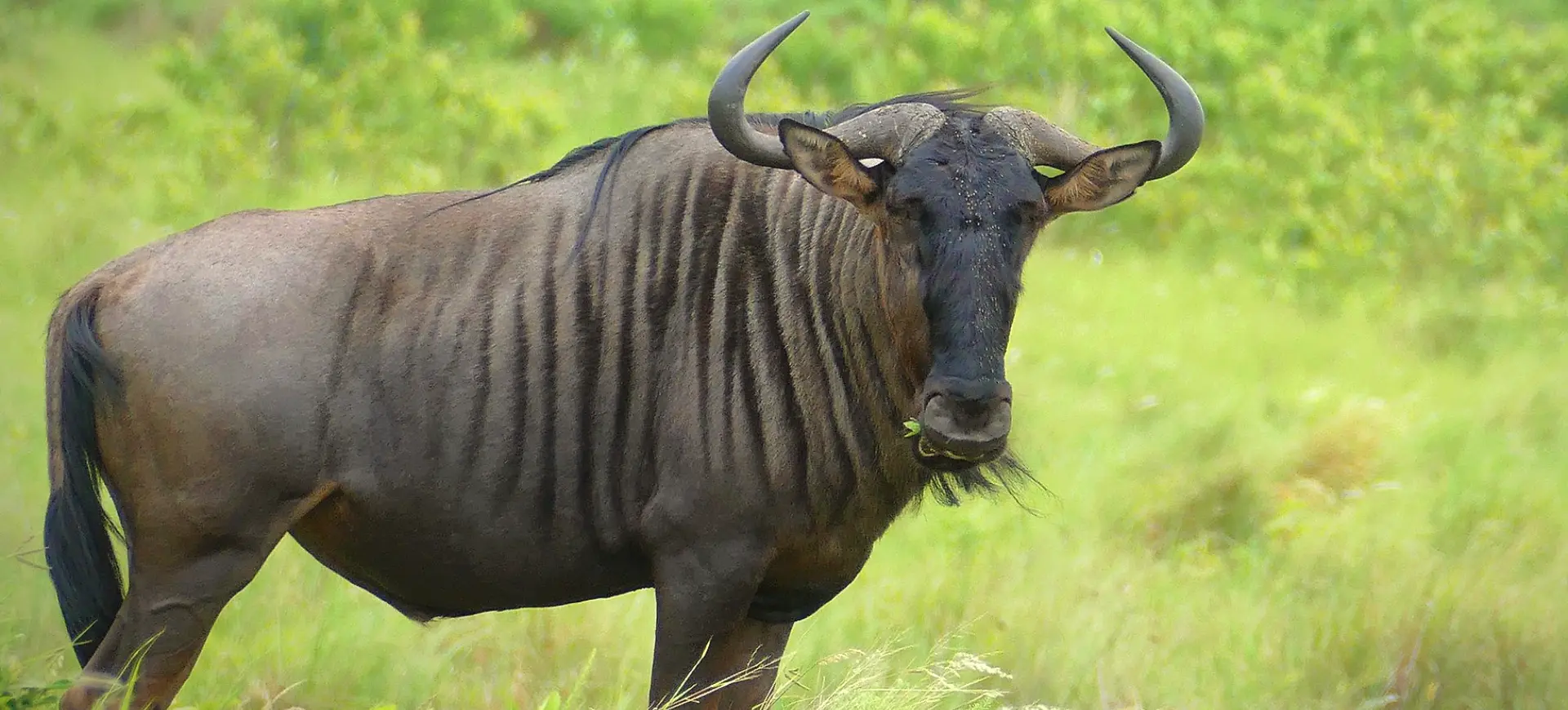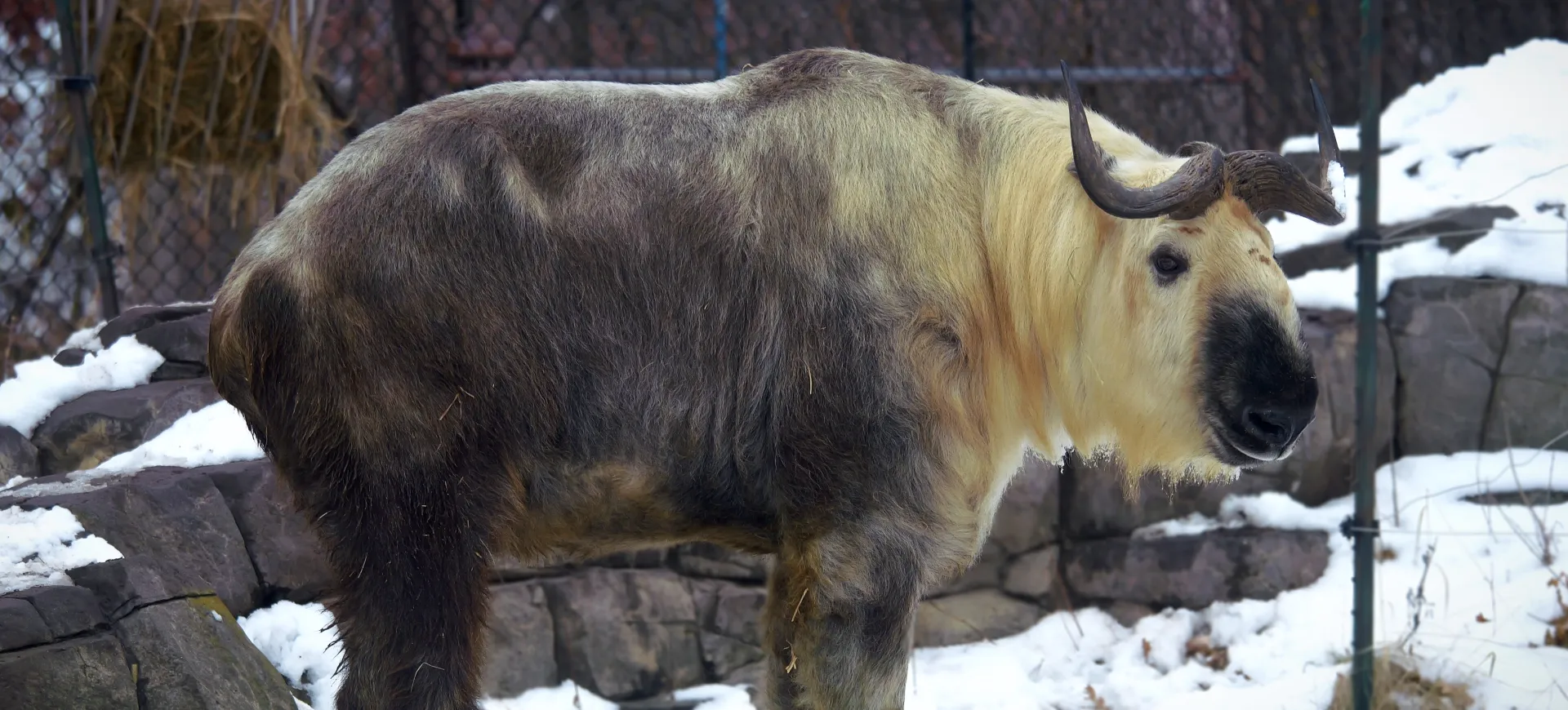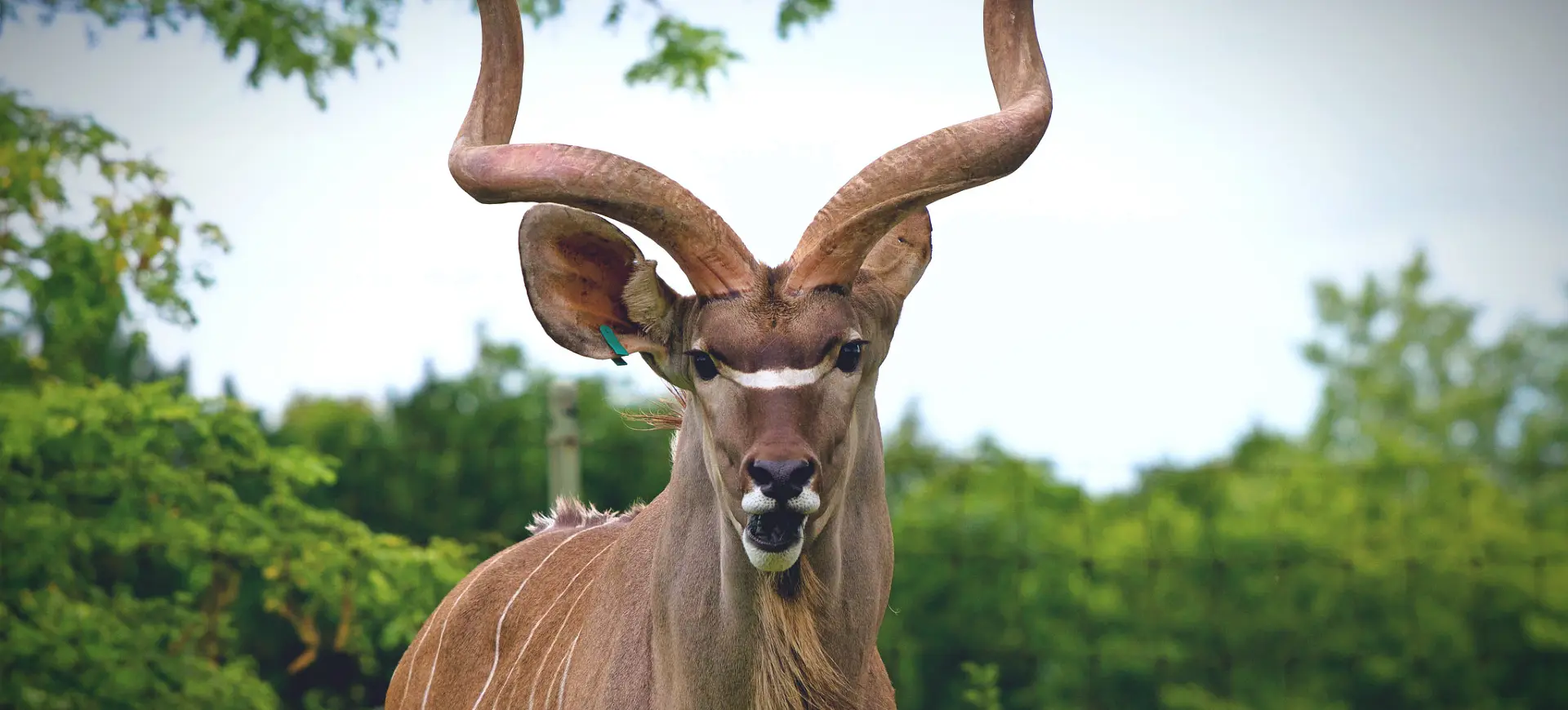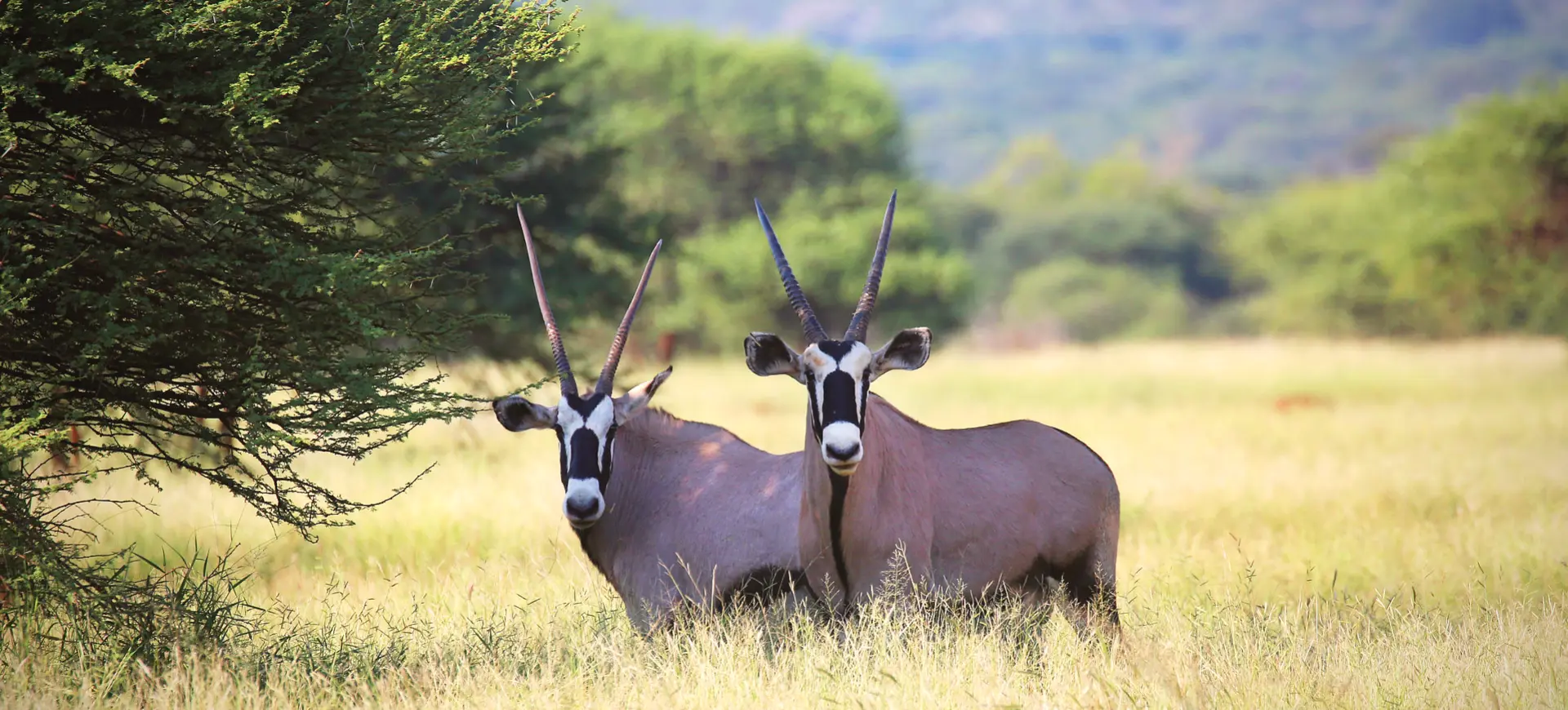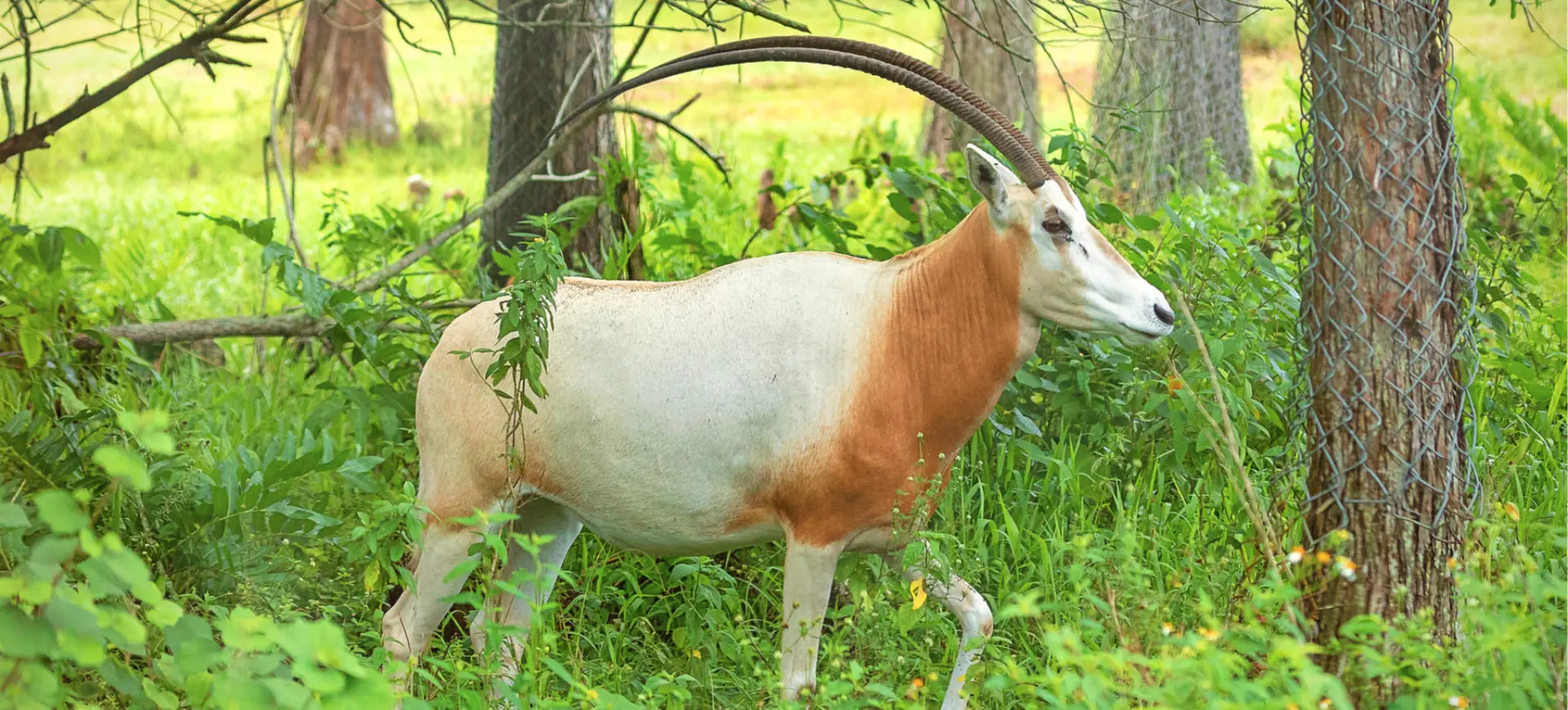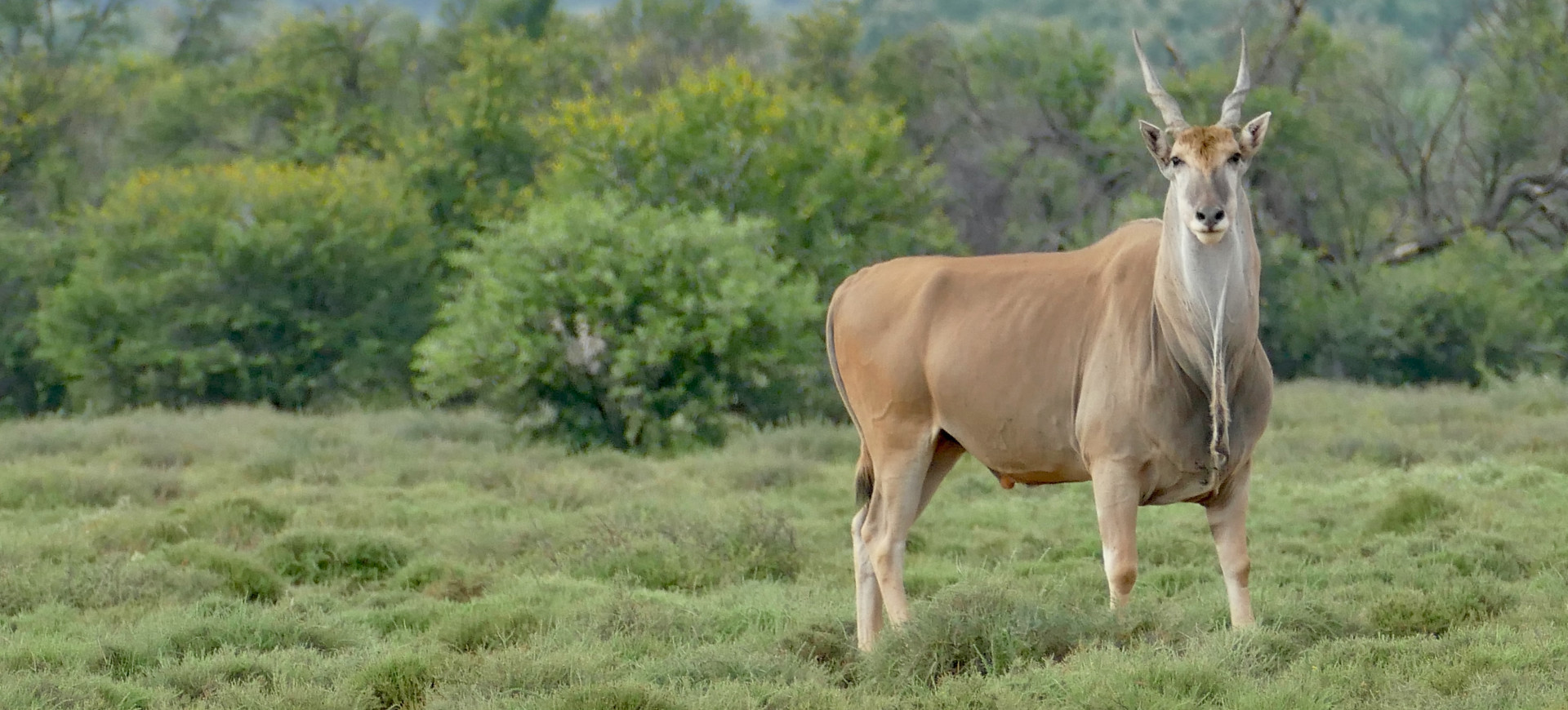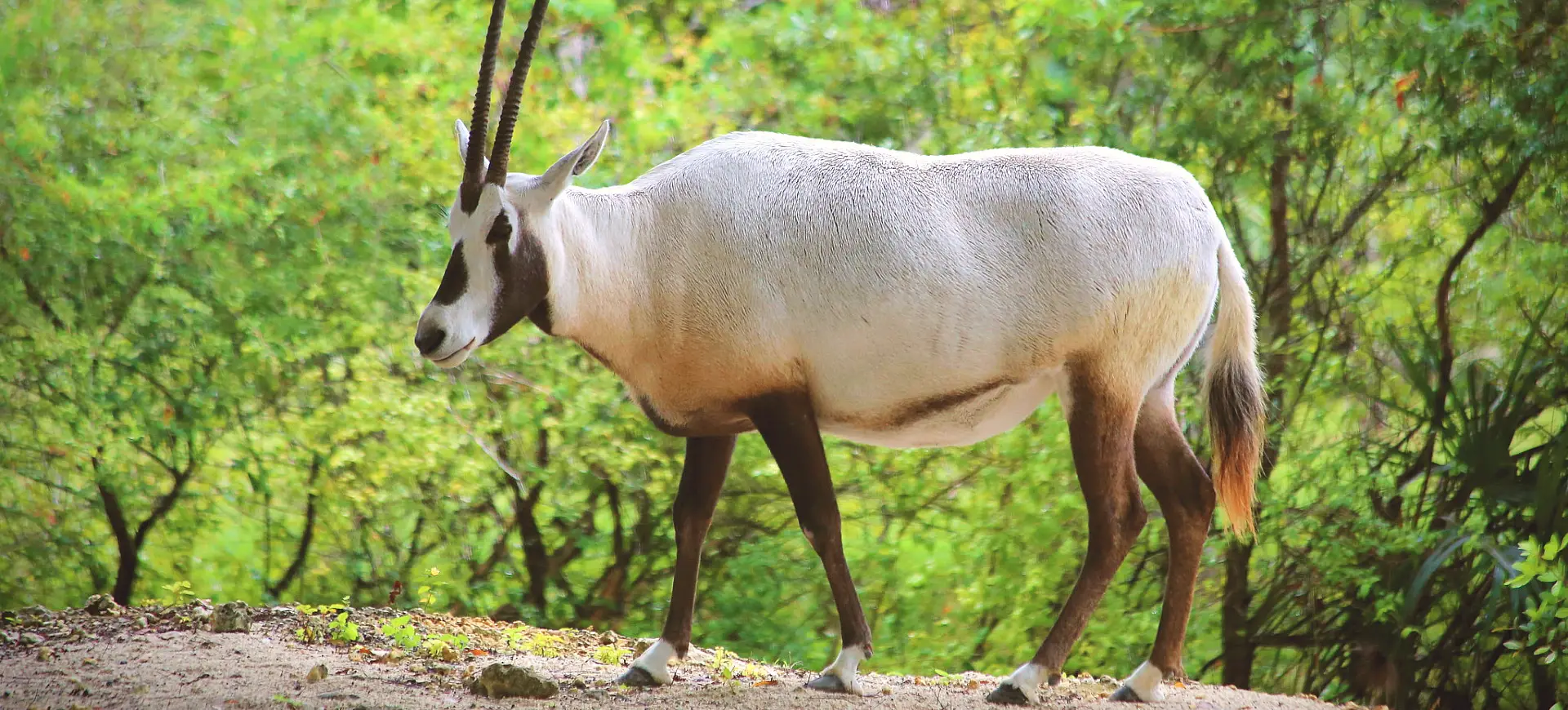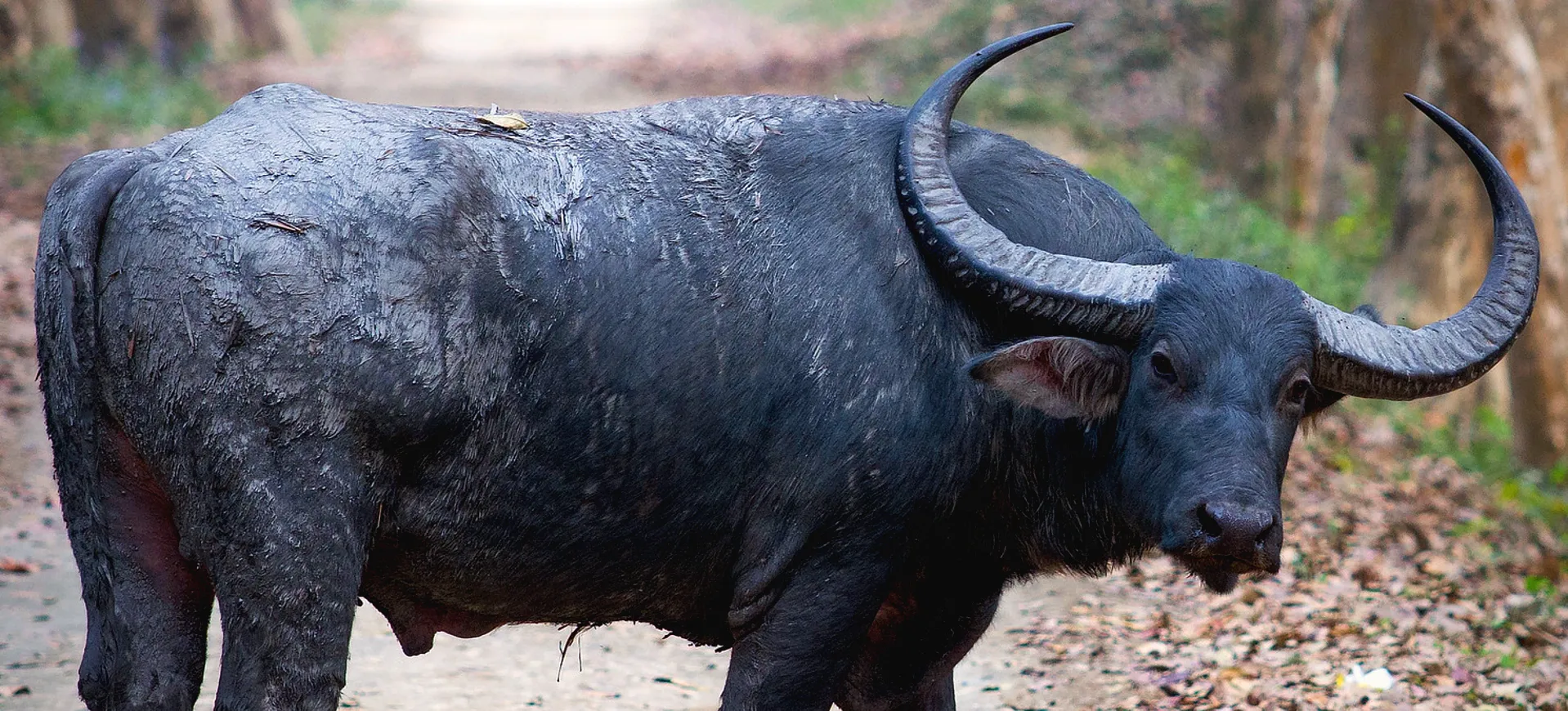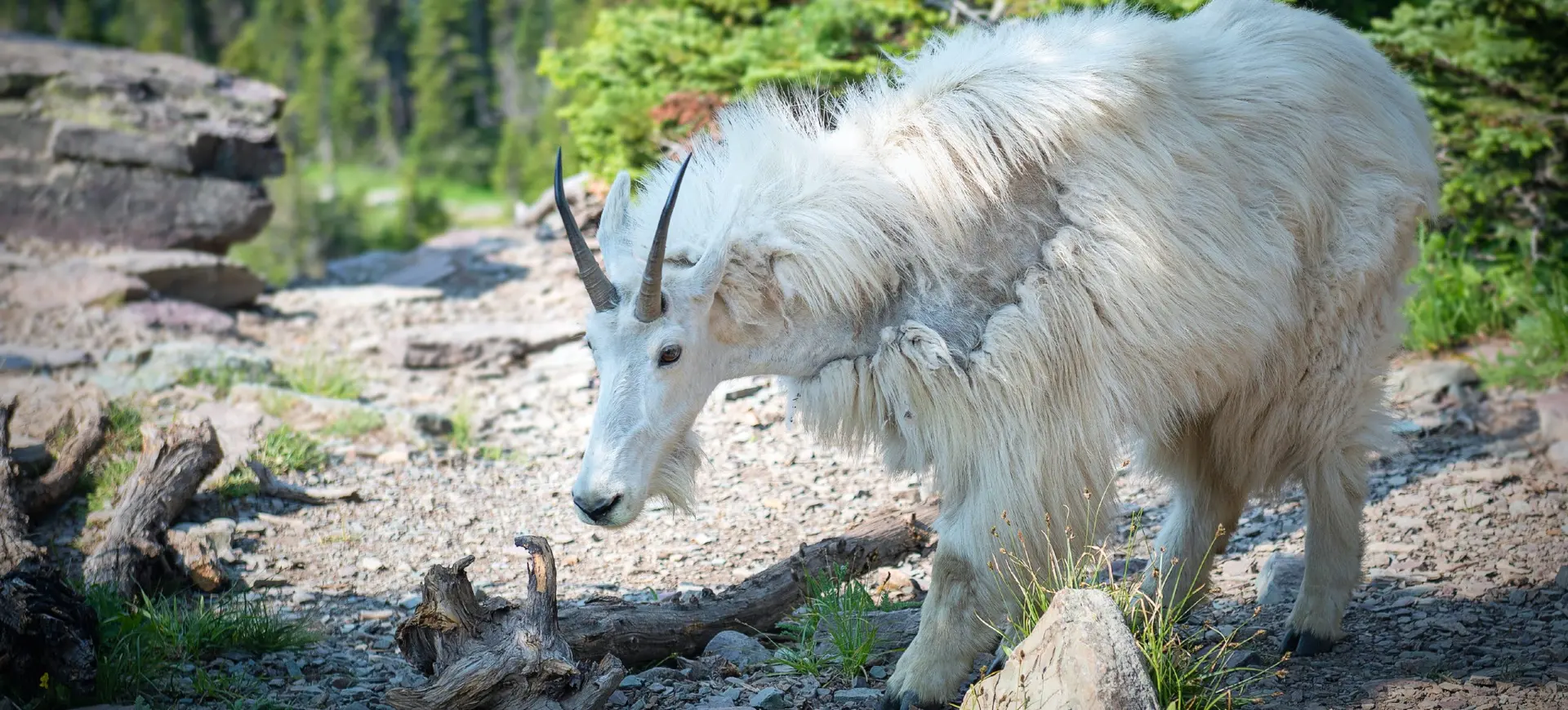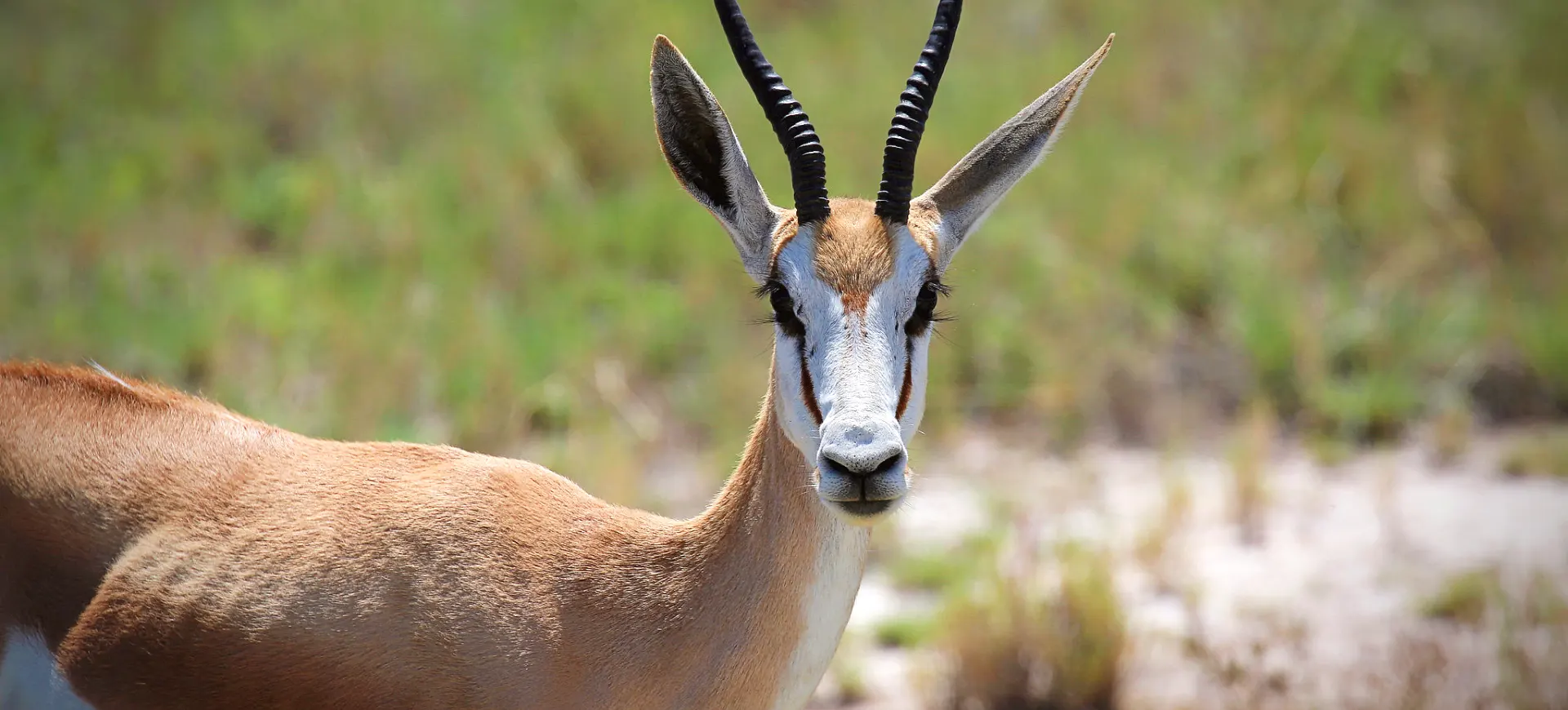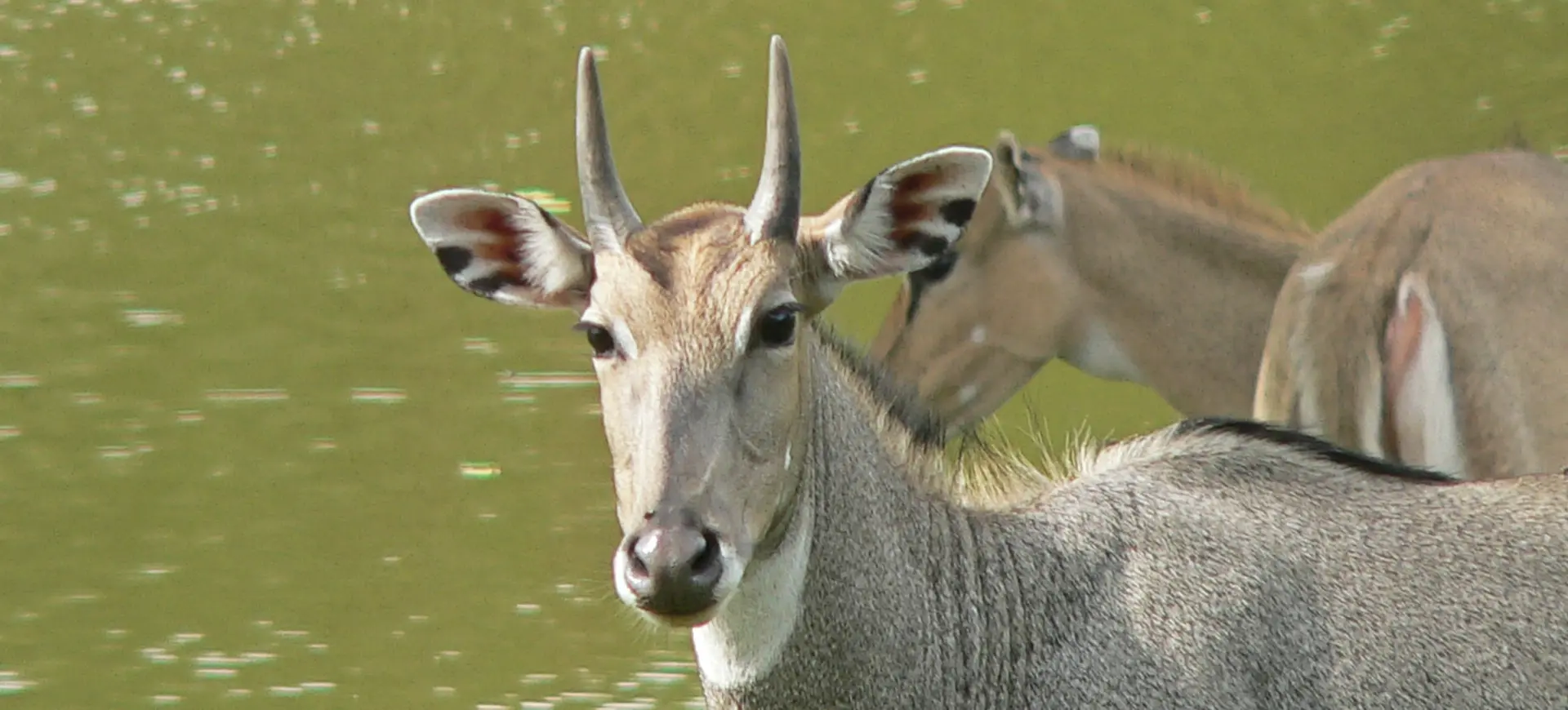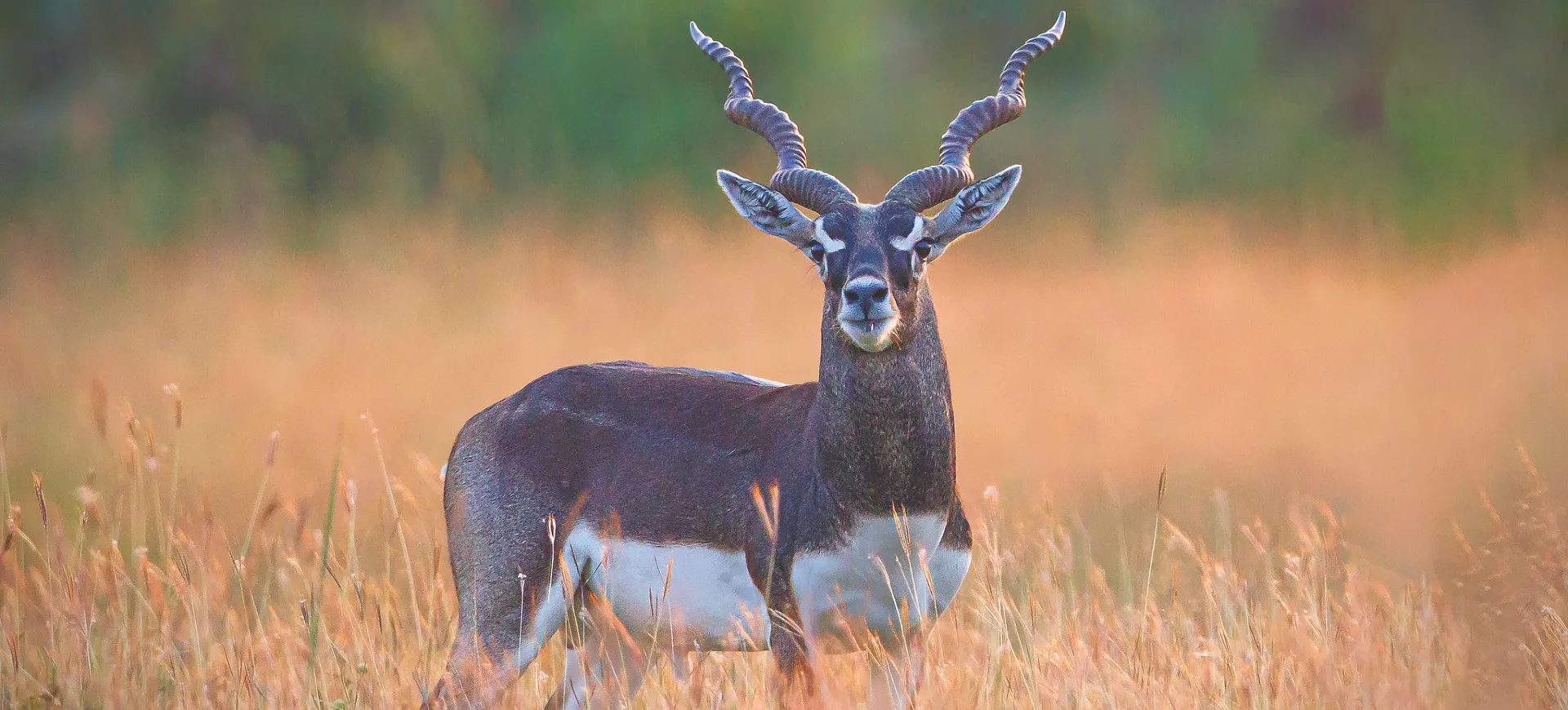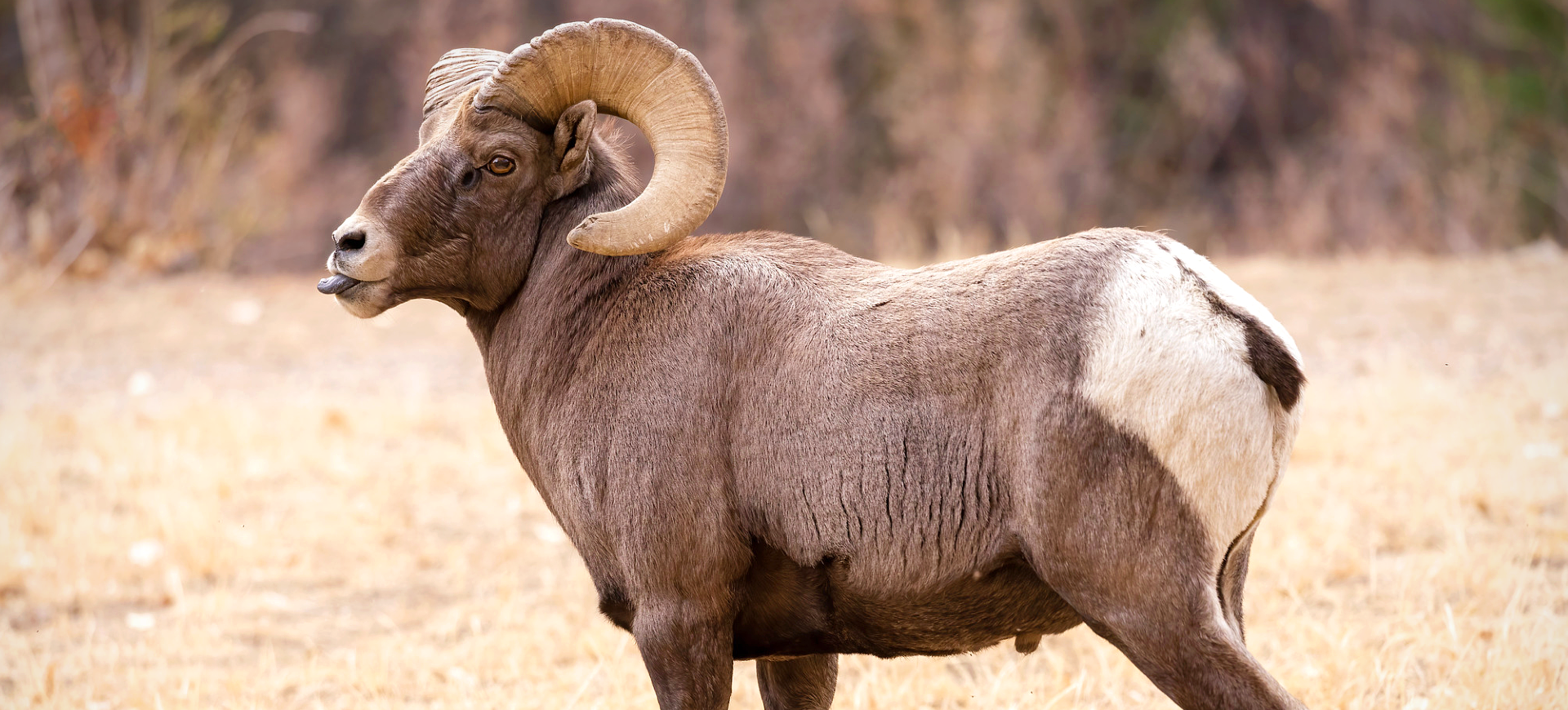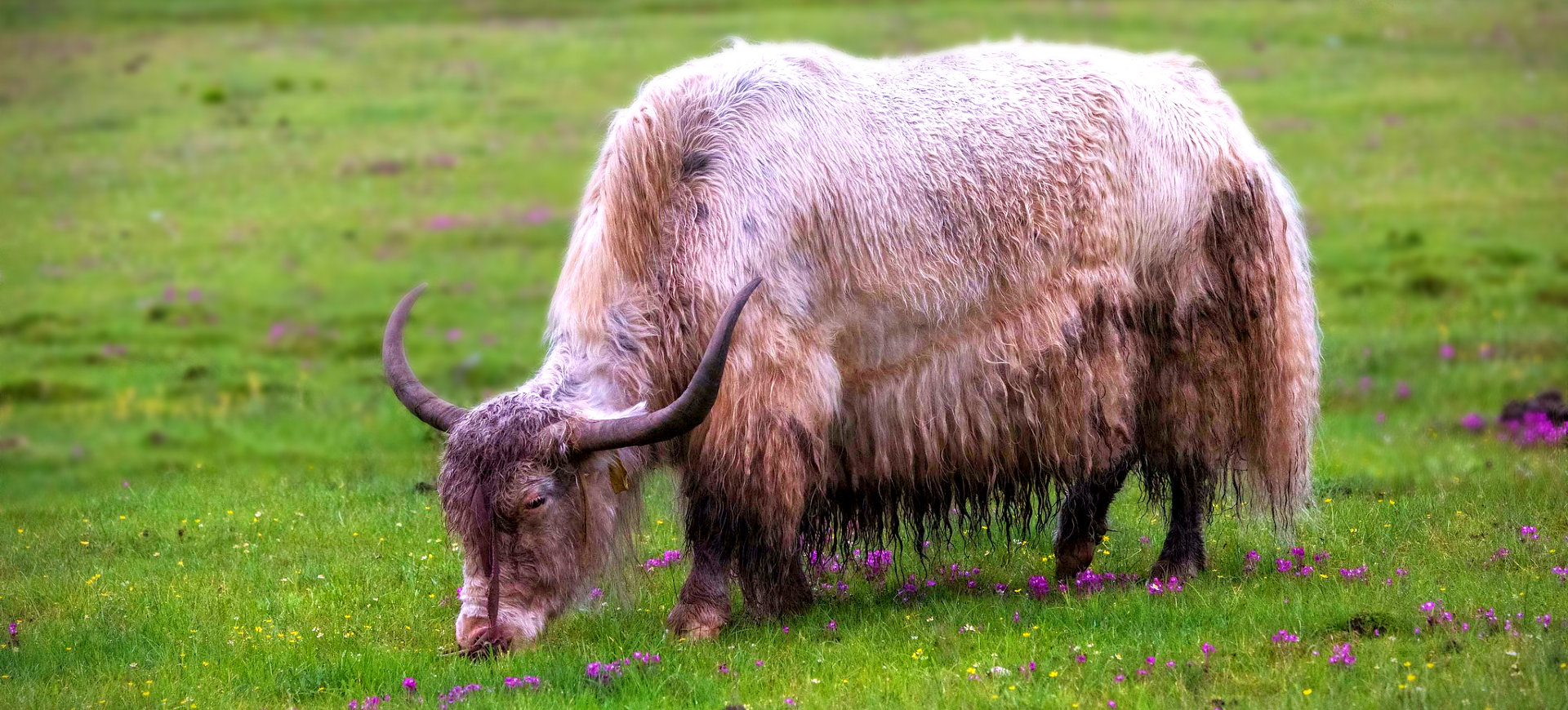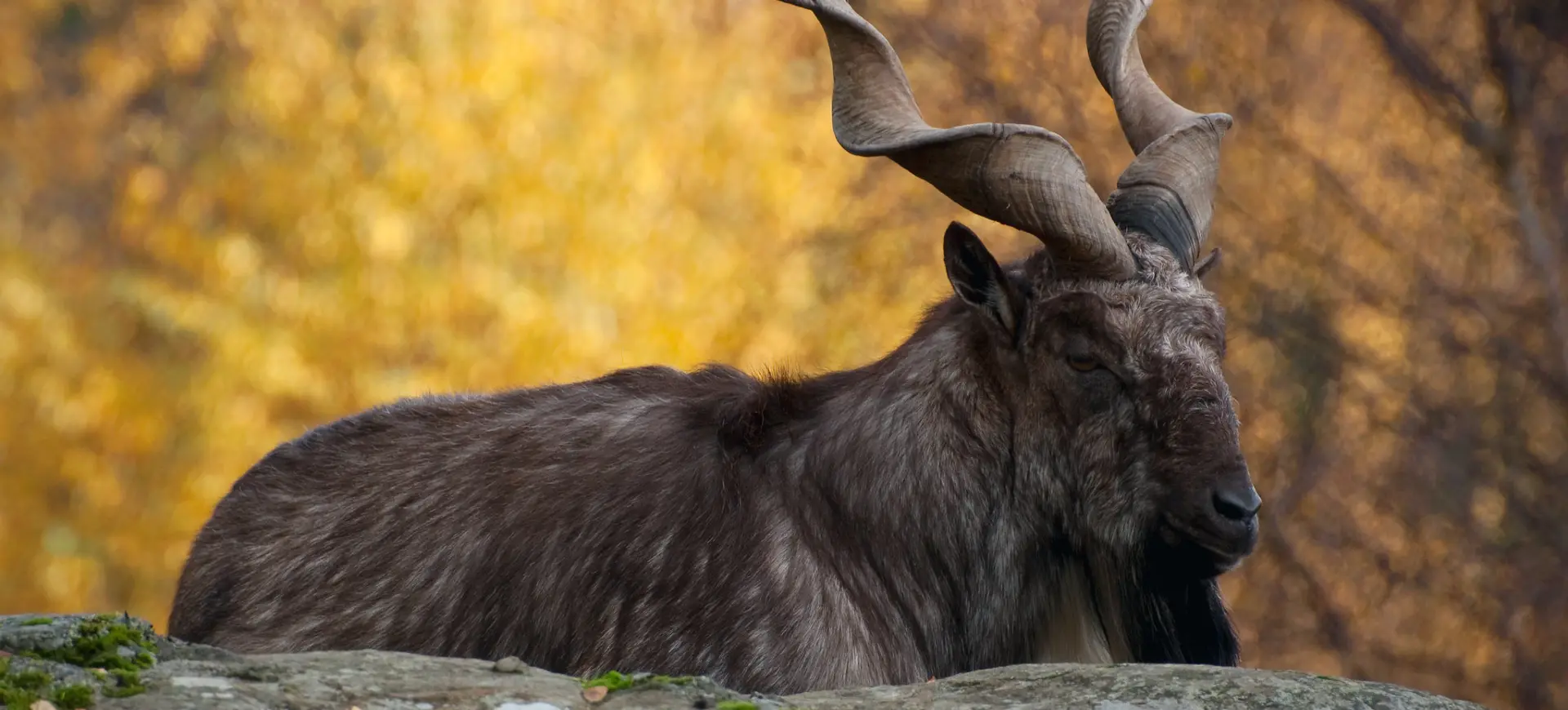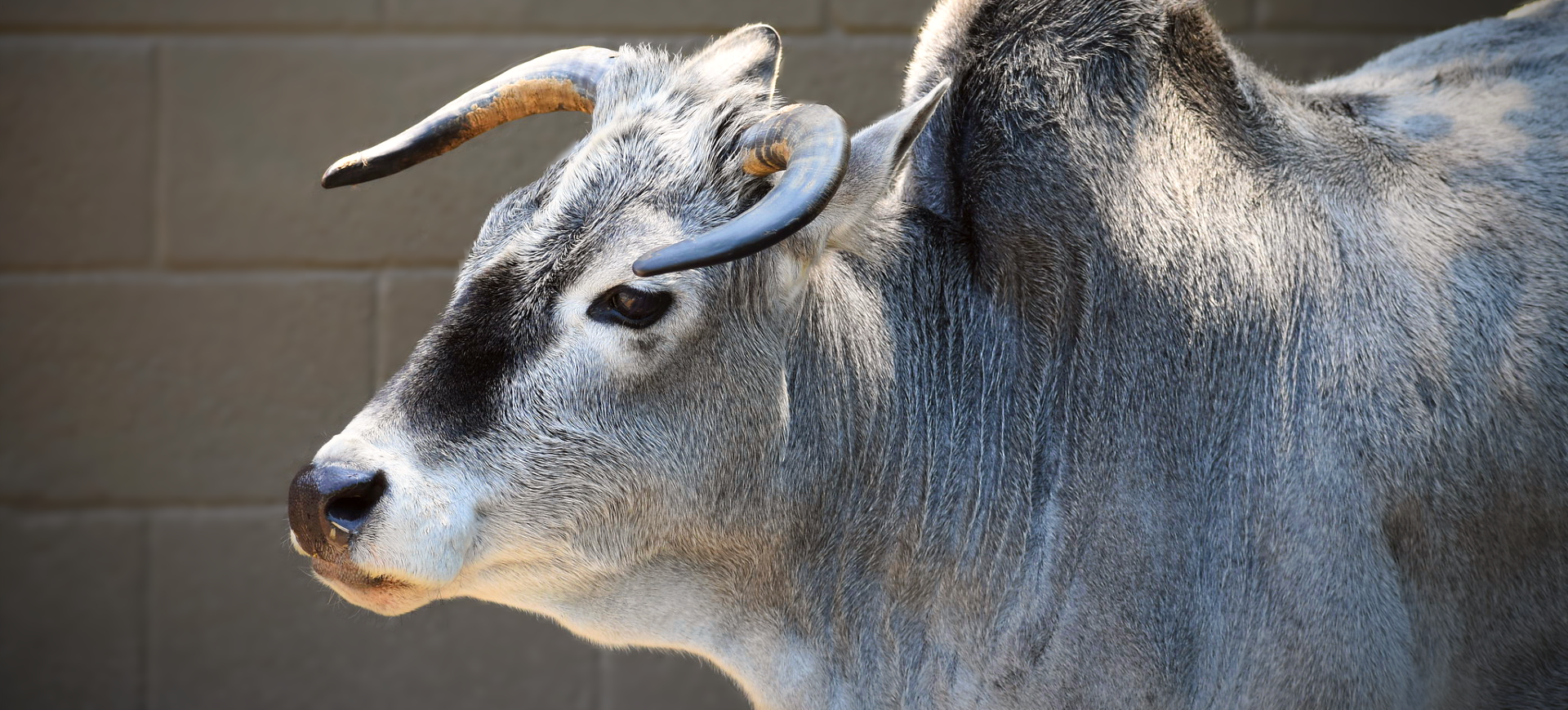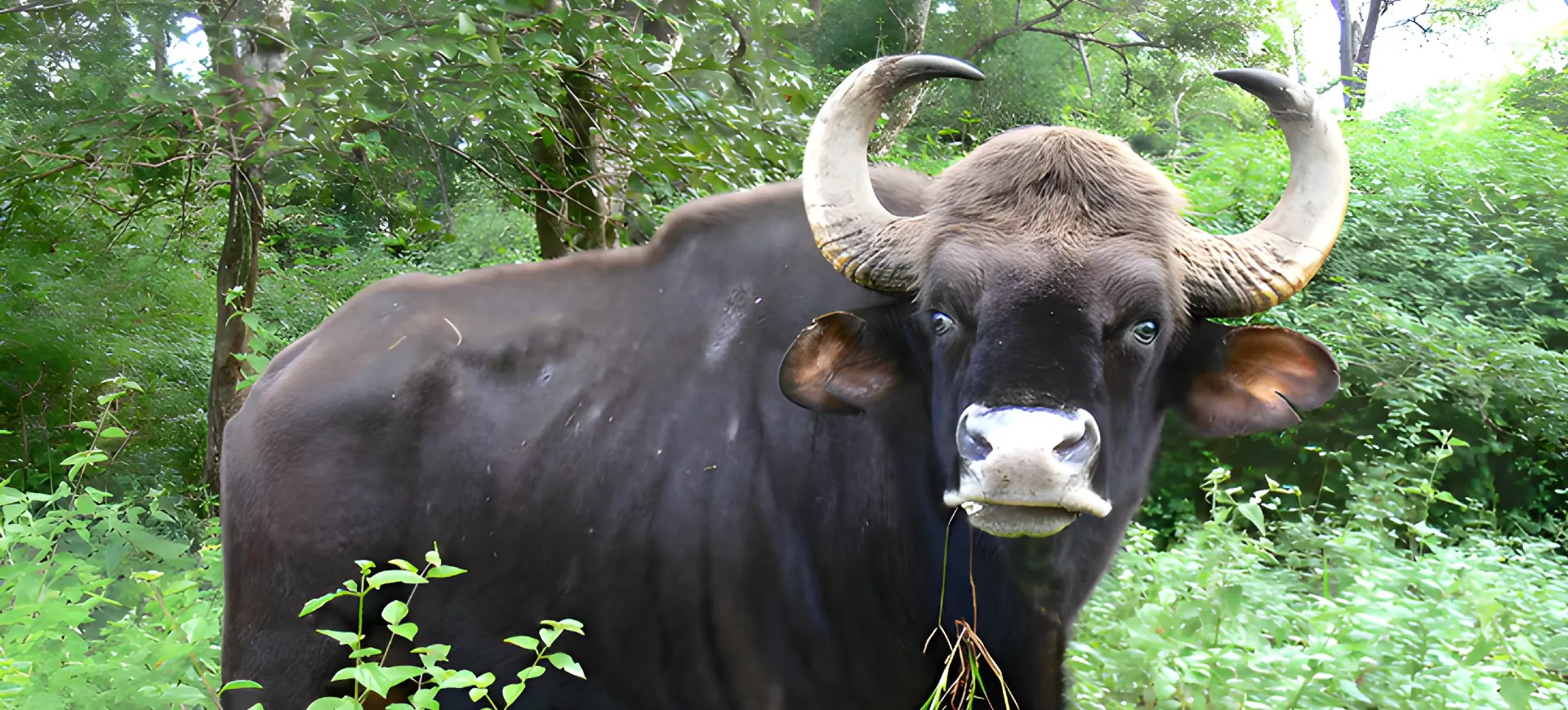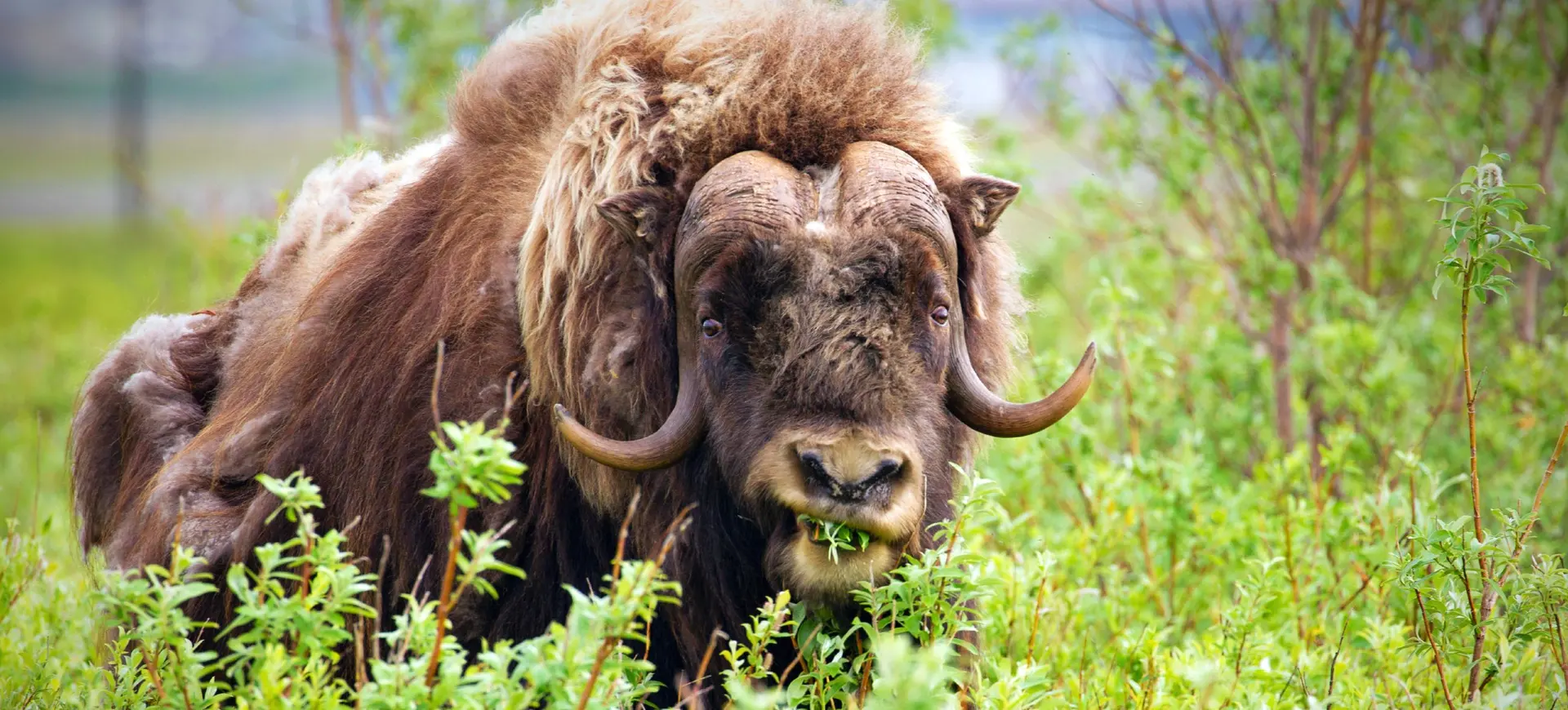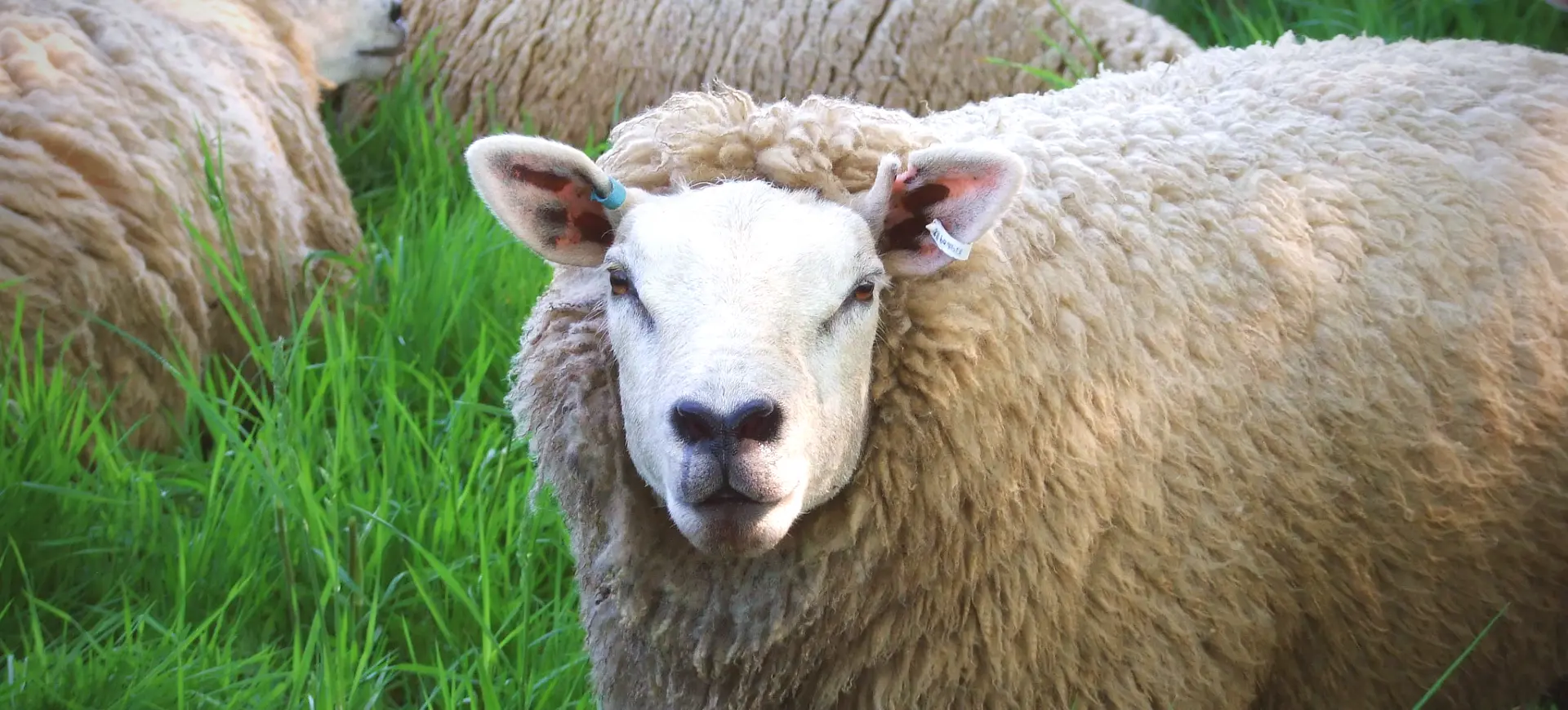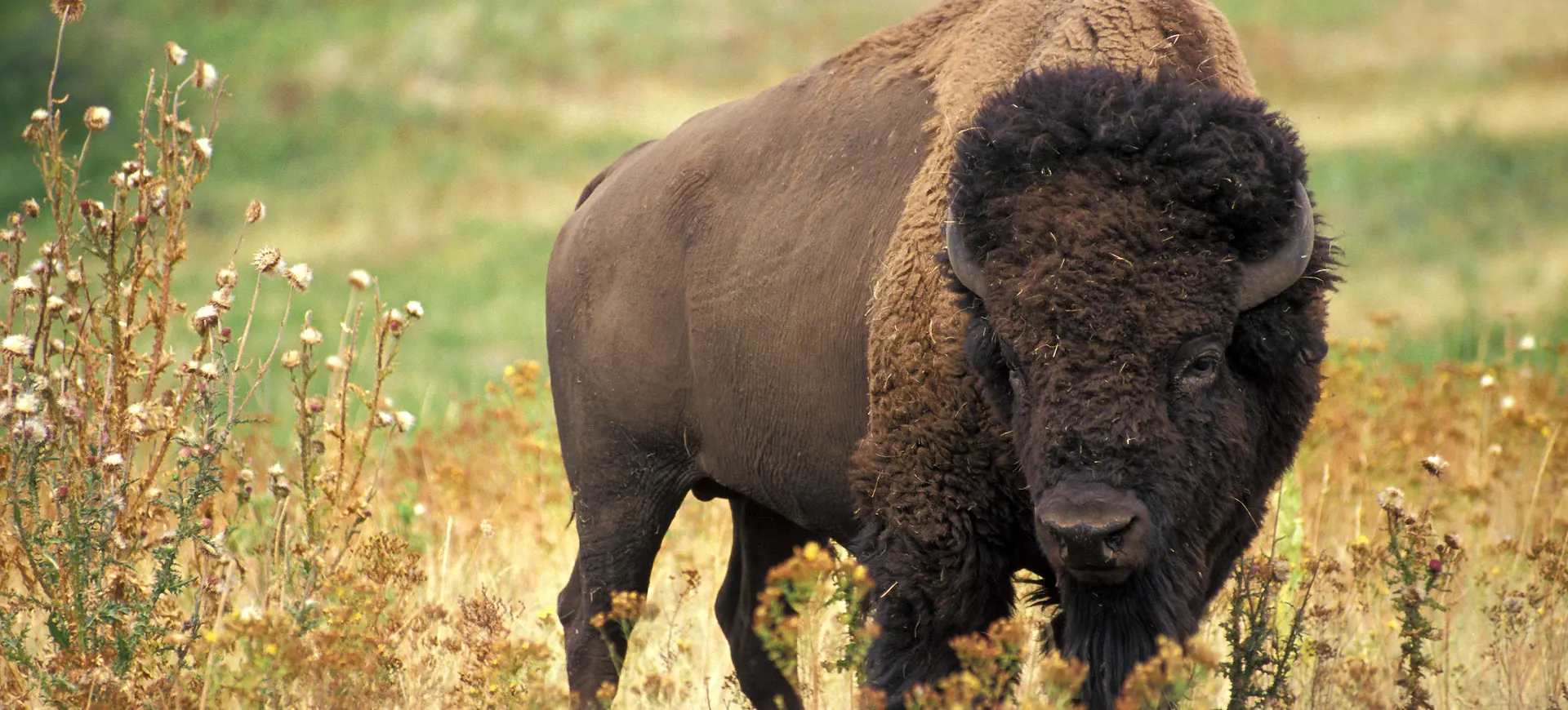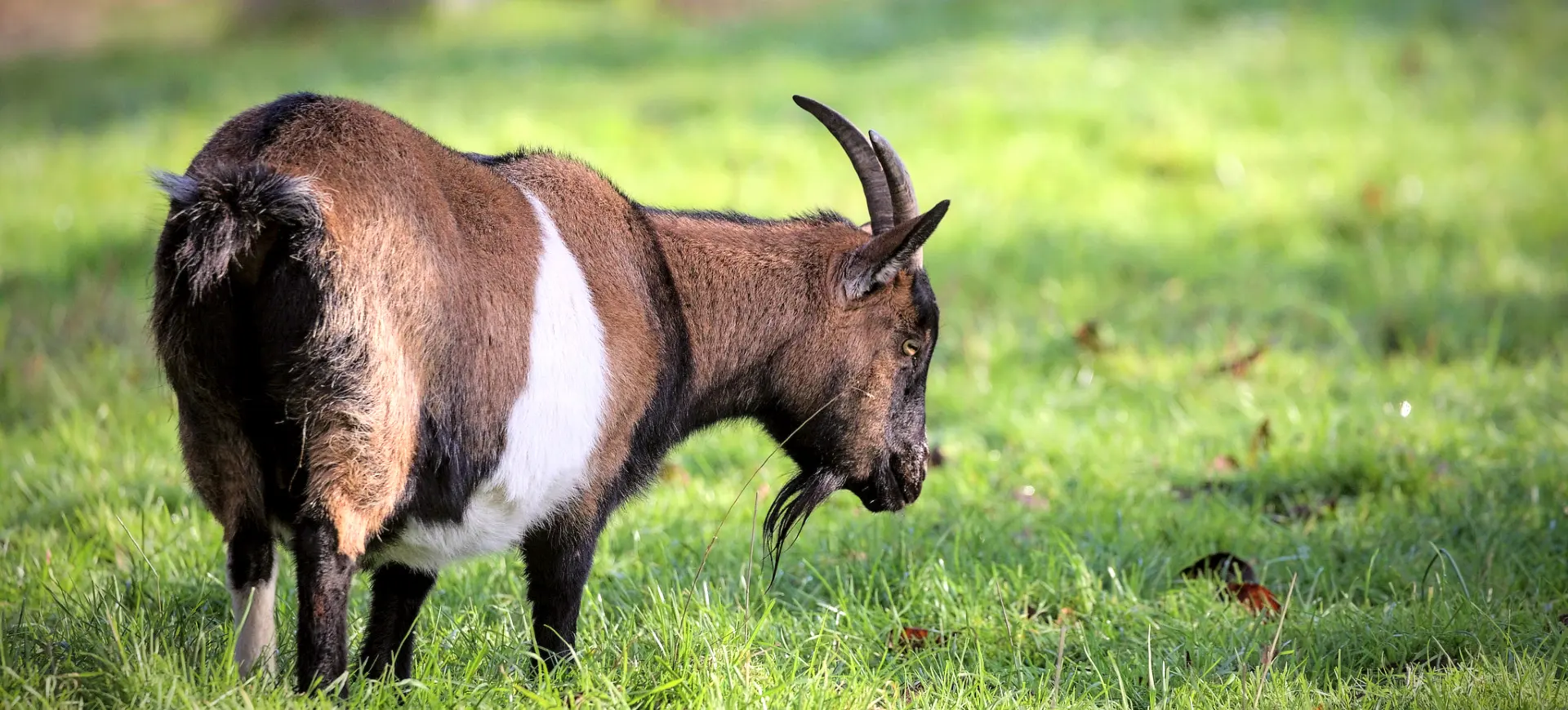Overview
Speke’s Gazelle, scientifically named Gazella spekei, is the smallest of the gazelle species and is endemic to the Horn of Africa, particularly Somalia. These gazelles are characterized by their distinctive appearance, including a markedly pronounced nasal structure that aids thermoregulation. Speke’s Gazelles have adapted to extremely arid environments, showcasing their remarkable resilience and ability to survive in harsh conditions. They possess a light brown coat with a white underbelly, and both males and females have ringed horns, though the males’ are thicker and more pronounced.
The species is named after John Hanning Speke, an English explorer who discovered the Gazelle in the 19th century. Speke’s Gazelles are highly social animals, forming small herds that consist of a dominant male, several females, and their offspring. These herds are nomadic, constantly on the move in search of food and water. The Gazelle’s small size and swift movements enable it to evade predators and navigate its challenging habitat.
Speke’s Gazelles have experienced a significant population decline due to habitat loss, hunting, and competition with livestock for resources. Conservation efforts are in place to protect the remaining populations, but the species remains classified as vulnerable. Their diet consists mainly of leaves, shoots, and grasses, which they can find in their arid habitat. Despite the harsh conditions of their environment, Speke’s Gazelles play a crucial role in the ecosystem, contributing to the biodiversity of the regions they inhabit.
Taxonomy
Kingdom
Phylum
Class
Order
Family
Genus
Species
Type
Physical Description:
Speke’s Gazelles are notably small, standing about 20-26 inches at the shoulder and weighing between 44 and 66 pounds. They have a slender build with long, thin legs well-adapted for quick running and agile movements. The most distinctive feature of Speke’s Gazelles is their oversized, flexible nostrils, which can be inflated and are believed to help cool the blood during hot temperatures. Their fur is predominantly light brown with a white belly and a dark side stripe running from the shoulder to the flank.
Both sexes have horns, but the males are more robust and slightly longer, reaching 10-15 inches. The females’ horns are thinner and slightly curved. The gazelles’ eyes are large and positioned on the sides of their head, providing them with a wide field of vision to spot predators. Their ears are also large and alert, enabling them to hear the slightest sounds of danger.

Lifespan: Wild: ~8 Years || Captivity: ~12 Years

Weight: Male: 44-66 lbs (20-30 kg) || Female: 40-60 lbs (18-27 kg)

Length: Male: 35-45 inches (90-115 cm) || Female: 30-35 inches (76-90 cm)

Height: Male: 22-26 inches (55-65 cm) || Female: 20-24 inches (50-60 cm)

Top Speed: 40 mph (64 km/h)
Characteristic:
Native Habitat:
Speke’s Gazelles are native to the semi-desert and arid regions of the Horn of Africa, with a range primarily confined to Somalia. They prefer habitats that offer some vegetation but can survive in more barren landscapes. Their adaptation to these environments includes behaviors and physical traits that help them conserve water and avoid predators.
The natural habitat of Speke’s Gazelles has been increasingly fragmented due to human activities, including agriculture, settlement expansion, and the creation of roads. This fragmentation poses a significant challenge to their survival, limiting their access to food and water sources and increasing their vulnerability to predators.
Climate Zones:
Biomes:
WWF Biomes:
Biogeographical Realms:
Continents:
Diet:
Diet & Feeding Habits:
Speke’s Gazelles are herbivores that feed on desert vegetation, including leaves, shoots, and grasses. Their diet is adapted to their arid environments, where food is scarce and water is limited. They have developed the ability to extract moisture from their food, reducing their dependence on direct water sources. These gazelles feed during the cooler parts of the day, such as early morning and late afternoon, to avoid the extreme heat.
In drought or when food sources are particularly scarce, Speke’s Gazelles can survive on very little water, showcasing their adaptability to harsh environments. They are selective feeders, choosing the most nutritious parts of plants to maximize their energy intake. This dietary flexibility has allowed them to survive in environments where other species may struggle.
Mating Behavior:
Mating Description:
Speke’s Gazelles have a polygynous mating system, where dominant males mate with multiple females. The mating season is not strictly defined but tends to increase during periods of rain when food is more abundant. Males establish territories and display to attract females through scent marking and vocalizations. They may also fight with other males to defend their territories or gain access to females.
Females give birth to one, sometimes two, calves after a gestation period of about six months. The young are hidden in vegetation for the first few weeks of life, with the mother returning periodically to nurse them. This strategy helps protect the vulnerable calves from predators. As they grow, calves become more active and join the herd, though they remain close to their mothers until they are weaned.
Reproduction Season:
Birth Type:
Pregnancy Duration:
Female Name:
Male Name:
Baby Name:
Social Structure Description:
Speke’s Gazelles are social animals that form small herds, typically consisting of a dominant male, several females, and their offspring. These herds are fluid, with members joining or leaving depending on the availability of resources and the presence of predators. The social structure allows for efficient use of the environment and provides some protection against predators.
The herd has a hierarchy, particularly among males, who compete for dominance and breeding rights. Social bonds among females and between mothers and their offspring are strong, contributing to the cohesion of the herd. Speke’s Gazelles’ social behavior, including communication through vocalizations and body language, is an important aspect of their survival strategy.
Groups:
Conservation Status:
Population Trend:
Speke’s Gazelle populations are critically low and continue to decline due to several factors, including habitat loss, competition with livestock, and hunting. The species is currently classified as Vulnerable by the IUCN Red List, with fewer than 2,000 individuals estimated to remain in the wild. These gazelles are scattered across their range in small, isolated populations, which makes them particularly vulnerable to extinction.
Conservation efforts are focused on protecting their natural habitats and mitigating the impacts of human activities. Despite these efforts, the future of Speke’s Gazelles remains uncertain, and their populations are at risk of further decline without significant conservation action.
Population Threats:
The primary threats to Speke’s Gazelles include habitat destruction due to agricultural expansion, livestock overgrazing, and infrastructure construction. Additionally, hunting for meat and sport has historically contributed to their decline. Climate change also poses a long-term threat by altering the ecosystems they depend on, potentially reducing the availability of food and water sources.
Efforts to address these threats require a comprehensive approach, including habitat protection, sustainable land management practices, and the enforcement of hunting regulations. Community involvement and education are also key to ensuring the conservation of Speke’s Gazelles and their habitat.
Conservation Efforts:
Conservation efforts for Speke’s Gazelles include protecting habitat by establishing and managing protected areas. Initiatives to reduce human-wildlife conflict, particularly in regions where gazelles compete with livestock for resources, are also underway. Conservation organizations are working to raise awareness about the species and its plight, both locally and internationally.
Research is critical for informing conservation strategies, including studies on the gazelles’ ecology, behavior, and genetics. Although limited, conservation breeding programs may play a role in the species’ future recovery. International cooperation and funding are essential for effectively conserving Speke’s Gazelles and their habitat.
Additional Resources:
Fun Facts
- Speke’s Gazelle’s inflated nostrils can amplify warning snorts when predators are near.
- They are the smallest gazelle species, uniquely adapting to their desert environment.
- Despite their vulnerability, they can reach up to 40 mph speeds to escape predators.
- Speke’s Gazelles can survive almost entirely without drinking water and getting moisture from the plants they eat.
- Their pronounced nasal structure is unique among gazelles and is a key adaptation to their hot, arid habitat.
- They have excellent vision and hearing, which helps them detect predators from a distance.
- The gestation period of Speke’s Gazelles is among the longest for their size among antelopes.
- They are capable of quick, agile movements, including sharp turns and jumps, to evade predators.
- Speke’s Gazelles play a significant role in their ecosystem by grazing, which helps maintain the health of the grasslands.
- Conservation efforts for Speke’s Gazelles are challenged by the remote and unstable regions they inhabit.






